Last updated on February 28, 2024
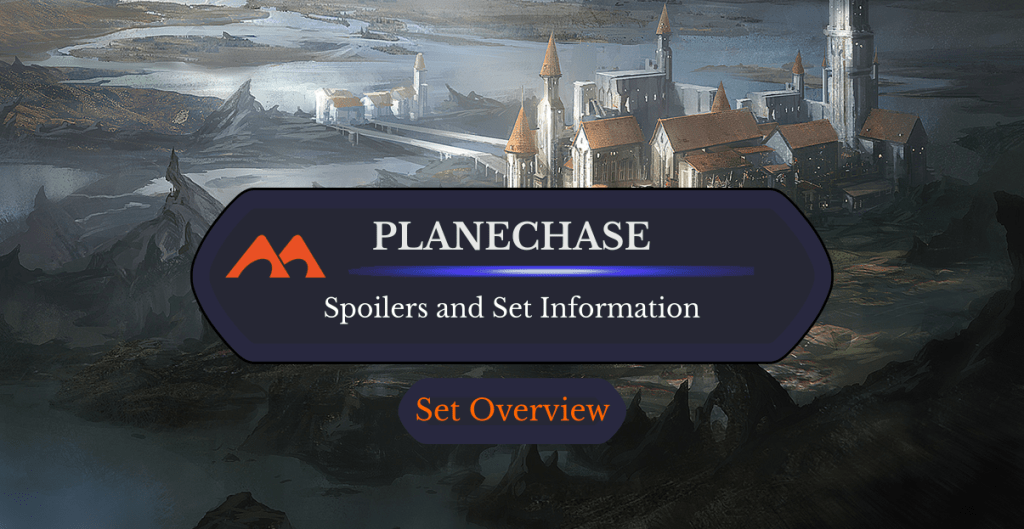
Academy at Tolaria West | Illustration by James Paick
Alternate Magic formats are experiencing a sort of renaissance. Formats like Dandan and Oathbreaker and suddenly publicly acceptable to bring up in casual conversation, and one of Magic’s oldest casual formats is receiving its first update in over 10 years. That’s right, Planechase is back in March of the Machine, with 25 new planes to planeswalk to in your multiplanar Commander games.
This wacky format originated back in 2009. Planechase is a supplementary set for multiplayer games of Magic, creating the Planechase format, where players duke it out across a variety of battlefields from across Magic’s story. It consists of four 60-card theme decks, each including a 10-card oversized planar deck, and the special planar die.
Planeswalk with me to 2009, and let’s take a look at what made the original Planechase so unique!
Planechase Basic Information
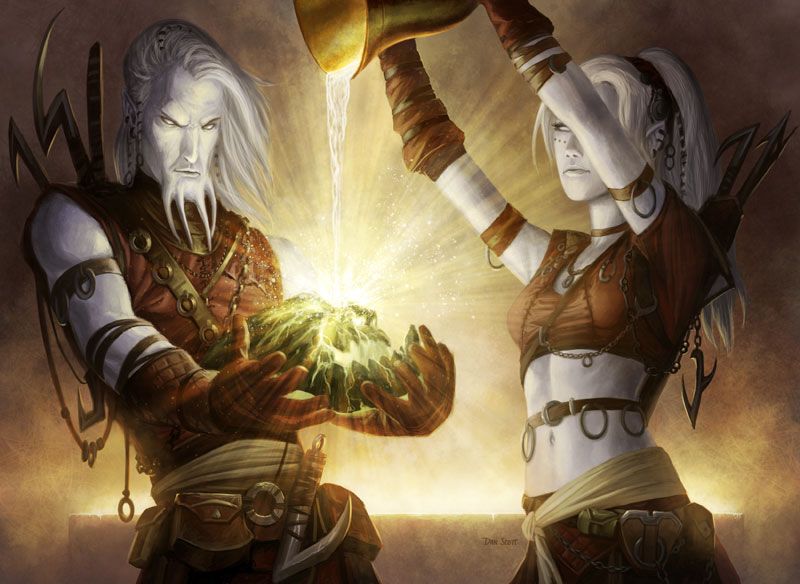
Kor Sanctifiers | Illustration by Dan Scott
Set Details
| Set Symbol | 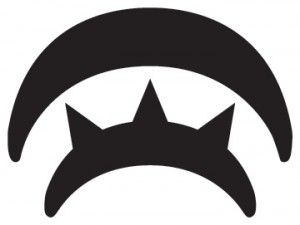 |
| Set Code | HOP (Hopscotch) |
| Number of Cards | 240 cards + 40 oversized Plane cards |
| Rarities | 32 rares, 49 uncommons, 65 commons, and 40 oversized Plane cards |
| Mechanics | Planeswalk |
Important Dates
| Event | Date |
|---|---|
| Previews start | August 31, 2009 |
| Paper release date | September 4, 2009 |
About the Set: The Story
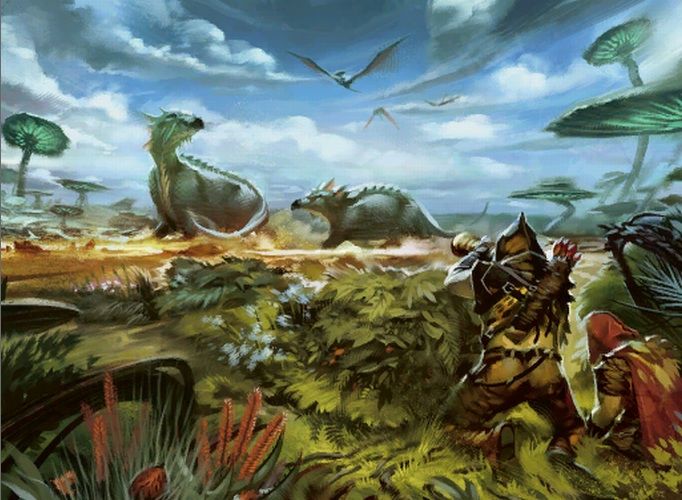
Beast Hunt | Illustration by Kieran Yanner
The concept of “planeswalking” is essential and unique to Magic. Planeswalkers are powerful mages, drawing on mana and spells from each of the planes they’ve visited to defeat other planeswalkers in duels of might and magic.
Planechase and its associated format gave players a new way to experience the titular planeswalker ability and take their battles across the planes of the Multiverse. The Planechase set lacks any specific story elements, instead focusing on the flavor of the planeswalking and crafting a library of spells sourced from your favorite locations in the Multiverse.
Wizards also took the opportunity to showcase new planes we hadn’t yet visited; a lot of these were rebranded after the fact before they got their own sets. “Arkhos” was to become Theros, while “Mingseng” eventually became Tarkir. Others we’d only seen in novels or referenced in cards, like the Fields of Summer on Moag. Some planes recently returned in the form of battles in March of the Machine, like on Invasion of Moag.
Set Mechanics
Planeswalk
Planechase introduced the concept of planeswalking in-game. This was folded into the rules for the new casual format of the same name. Players in Planechase games start the game with an additional “planar deck” of at least 10 Singleton, oversized plane or phenomenon cards. No more than two of these cards can be phenomena, and these special oversized cards wouldn’t come about until the next Planechase set in 2012 anyway. This deck exists in the command zone.
Players also need a planar die; a special six-sided die with four blank faces and two special symbols on opposite sides. The planar die is rolled throughout a Planechase game to either planeswalk to the next plane or let chaos ensue on that plane, triggering it’s ability.
At the top of the game, after any mulligans have been taken, the player going first reveals the top card of their planar deck. This plane takes effect immediately, and its static and triggered abilities affect the normal game outside of the command zone. At the beginning of each player’s turn they gain control of the plane currently faceup, and the game progresses as normal.
Planes usually have two abilities; one effect that takes effect when it’s revealed and remains until the players planeswalk away, and another that’s triggered when the planar controller rolls the “chaos” result on the planar die. A player can roll the planar die to try to trigger the chaos ability or planeswalk to a new plane. Players may roll the planar die any time they could cast a sorcery, and the first roll each turn is free. Each subsequent roll comes with an extra mana tax, so the second roll costs one mana, the third roll costs two, etc.
Whenever a player rolls the planar die and gets the planeswalker symbol, they turn the top card of their planar deck faceup and the previous plane is turned facedown and placed on the bottom of its owner’s library.
Players duke it out like a regular Magic game of whatever host format they’re playing. 1-v-1, multiplayer, and Commander games all progress normally, except for the plane cards. If a player loses the game while they’re the active planar controller, the next player in line reveals a card from their planar deck, and the game continues.
Some players prefer a format where a single large planar deck is shared by all players. This variant works just as well as one where players bring their own decks, though the single planar deck should have at least 10 times the number of cards as there are players in the game.
Official Spoilers
Planes
White
Blue
Black
Red
Green
Multicolored
Colorless
Lands
Notable Cards
Oversized Planes
Planechase was the first set to introduce the Planechase format, where players battle across the planes of the multiverse. Each Planechase theme deck included a set of 10 oversized plane cards, resulting in 40 planes total. The plane cards represent specific locations from the Magic Multiverse.
The scale of these locations varies. Compare the entire shard of Bant on Alara to the Academy of Tolaria on Dominaria. Some plane cards showcased planes we hadn’t visited yet; Valla’s Immersturm sure looks a lot like Kaldheim, and Mark Rosewater has confirmed that Arkhos became Theros. The Aether Flues’s Iquatana is only mentioned in the flavor text for Narcomoeba and Jace's Phantasm.
Each plane has a game-shaping effect that’s sure to throw the battle wildly one way or the other. Some planes are incredibly punishing to certain decks. You won’t want to stick around on The Fourth Sphere if you aren’t playing black, for example. Krosa won’t do anything for a deck that isn’t playing many creatures, and planes like The Eon Fog effectively bring games to a halt.
This variety of effects makes it hard to plan for any specific plane, resulting in a wildly unique game.
Planechase in March of the Machine
March of the Machine focuses on the climatic Phyrexian invasion of every Multiverse plane. To really drive home the battles reaching across the Blind Eternities, each of the five Commander precons from MOM come with 10 oversized plane cards, including five new plane cards per deck.
Some of these new cards are famous locations from new planes like Kaladesh and Amonkhet, while others hint at new planes we may see in the coming years. Esper finishes the cycle of Alara shards, too.
Available Products
Planechase was only sold as four 60-card theme decks, each with a specific set of 10 oversized plane cards. The original MSRP for each deck was $19.99. Nowadays sealed Planechase theme decks go as high upwards of $200. This price depends on the perceived value of the included cards, though, so “weaker” decks are cheaper.
Deals exist, so I’d recommend searching for independent retailers looking to offload old product if you’re looking to play. Or just order the plane cards as singles. Low interest in the format means many retailers have an excess stock of them right now, so the average price per plane is only about $2 at this time (that’s guaranteed not to last, though).
Elemental Thunder

Elemental Thunder is a Gruul () deck that wants to play a ton of big creatures and watch them get bigger. Cards like Forgotten Ancient and Rockslide Elemental make good early plays before dumping your mana into X spells like Ivy Elemental and Cinder Elemental.
Elemental Thunder’s planar deck consists of creature- and ramp-based effects. Start on the Isle of Vesuva to get a sweet 2-for-1 deal on creatures, then travel to Naya on the plane of Alara and dump your hand in one turn and drop Verdant Force. Elemental Thunder also included one preview card from the upcoming Zendikar block in the form of Beast Hunt.
Elemental Thunder includes:
- 1 60-card precon deck
- 10 oversized plane cards
- 1 six-sided Planar die
- 1 Planechase strategy insert and multiplayer guide
- 1 learn-to-play guide
- Power
- Toughness
- Converted Mana Cost
- Flavor Text
Metallic Dreams
Metallic Dreams is a 5-color artifact deck that runs a lot of ramp and mana dorks to rush out big sluggers like Bosh, Iron Golem or Broodstar. It makes good use of the sunburst effects on Etched Oracle and Suntouched Myr and runs a variety of utility spells across all five colors. Plus, it’s got a Door to Nothingness, one of the funniest cards ever printed.
The plane cards in Metallic Dreams lend themselves to a control playstyle. Sanctum of Serra is the only board wipe plane card, and it runs the nefarious The Eon Fog. Metallic Dreams’s preview card was Whiplash Trap.
Metallic Dreams includes:
- 1 60-card precon deck
- 10 oversized plane cards
- 1 six-sided Planar Die
- 1 Planechase strategy insert and multiplayer guide
- 1 learn-to-play guide
Strike Force
No products found.No products found. is my favorite kind of Boros () deck. Tons of cheap double strike creatures like Boros Swiftblade and Hearthfire Hobgoblin, and a handful of burn spells on top to finish off your opponents.
Strike Force’s planes fill in the missing parts to this aggro deck. Izzet Steam Maze doubles your burn spells, and Academy at Tolaria West refills your hand once you’ve dropped all your cheap spells. Strike Force previewed Zendikar’s Kor Sanctifiers.
Strike Force includes:
- 1 60-card precon deck
- 10 oversized plane cards
- 1 six-sided Planar Die
- 1 Planechase strategy insert and multiplayer guide
- 1 learn-to-play guide
No products found.
Zombie Empire
Where would a precon set be without at least one tribal deck? All but one of Zombie Empire’s 20 creatures are zombies, and it plays much like any other mono-black deck. Start out small with Undead Warchief and Death Baron, then overwhelm your opponents when you drop Ascendant Evincar.
Zombie Empire’s planes rewards a deck built around the graveyard, with the Aether Flues granting you a free sacrifice each turn and Grixis to bring those creatures right back. Hideous End was first revealed in Zombie Empire.
Zombie Empire includes:
- 1 60-card precon deck
- 10 oversized plane cards
- 1 six-sided Planar Die
- 1 Planechase strategy insert and multiplayer guide
- 1 learn-to-play guide
Walk Off
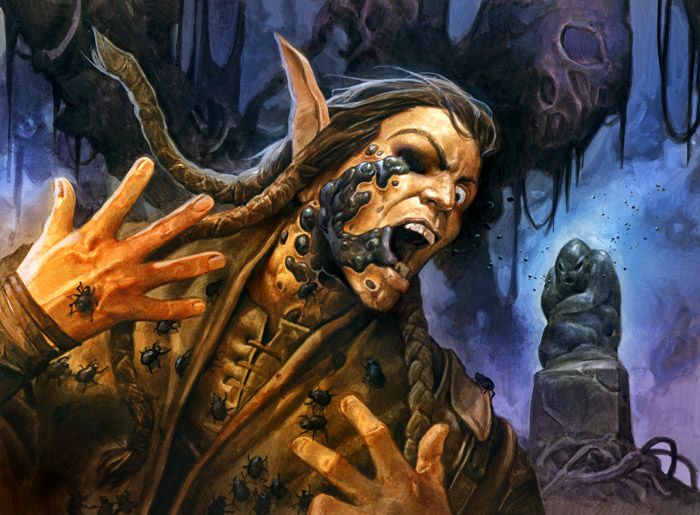
Hideous End | Illustration by Zoltan Boros & Gabor Szikszai
With all the buzz around the new Planechase cards, it feels nice to look back on the original Planechase with a new perspective. It wasn’t Magic’s first foray into an oversized card format (that honor belongs to Vanguard), but it was probably the most successful. It’s just one example of how you can take the basic framework of a Magic game and create something with an entirely different feel.
Will you be purchasing a planar deck? What Planechase planes would you like to see in an upcoming set? Let me know in the comments below, or over on Draftsim's Twitter.
Thanks for reading, planeswalk on back here anytime!
Note: this post contains affiliate links. If you use these links to make a purchase, you’ll help Draftsim continue to provide awesome free articles and apps.
Follow Draftsim for awesome articles and set updates: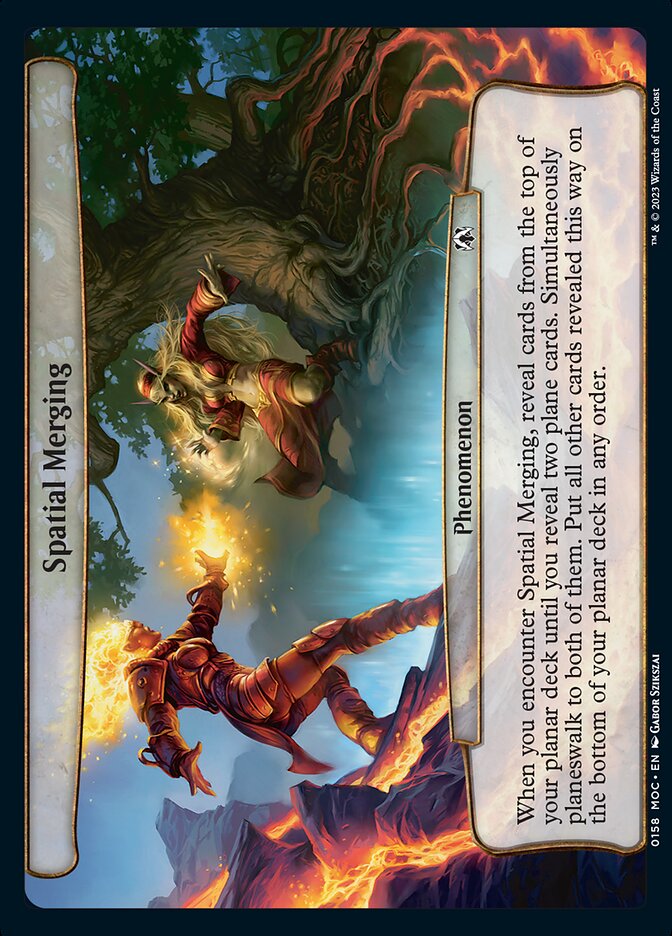
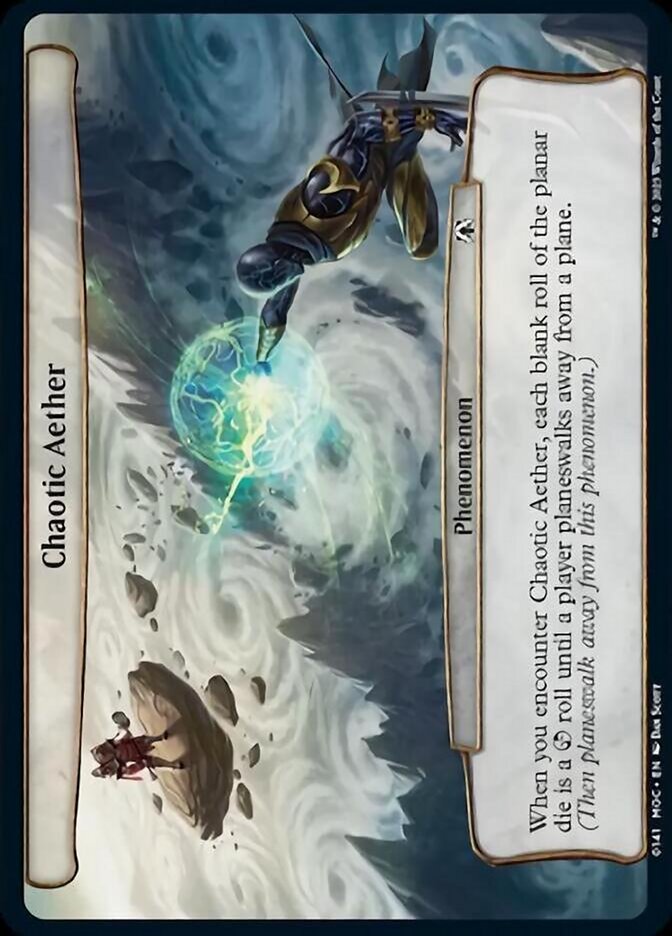

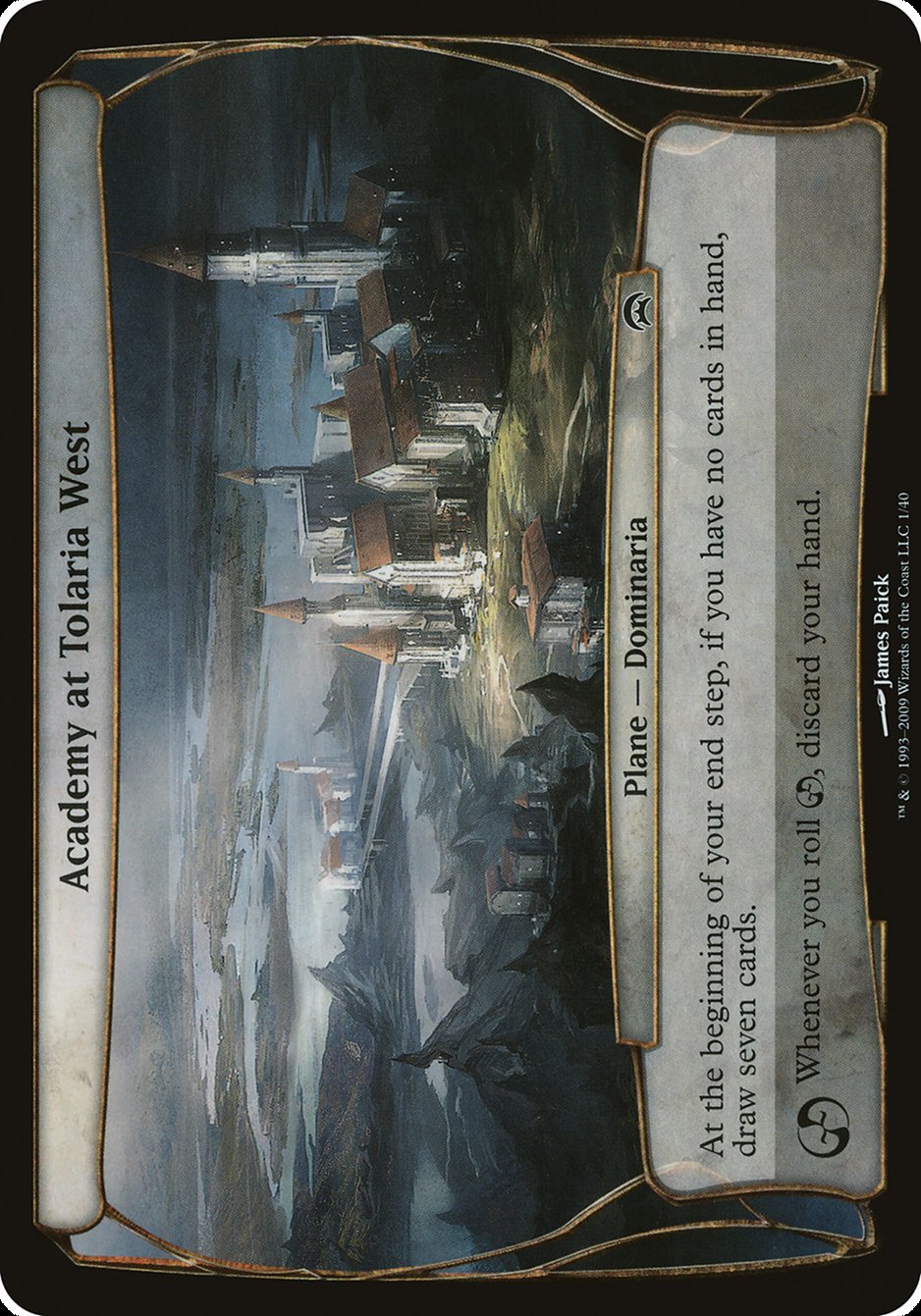
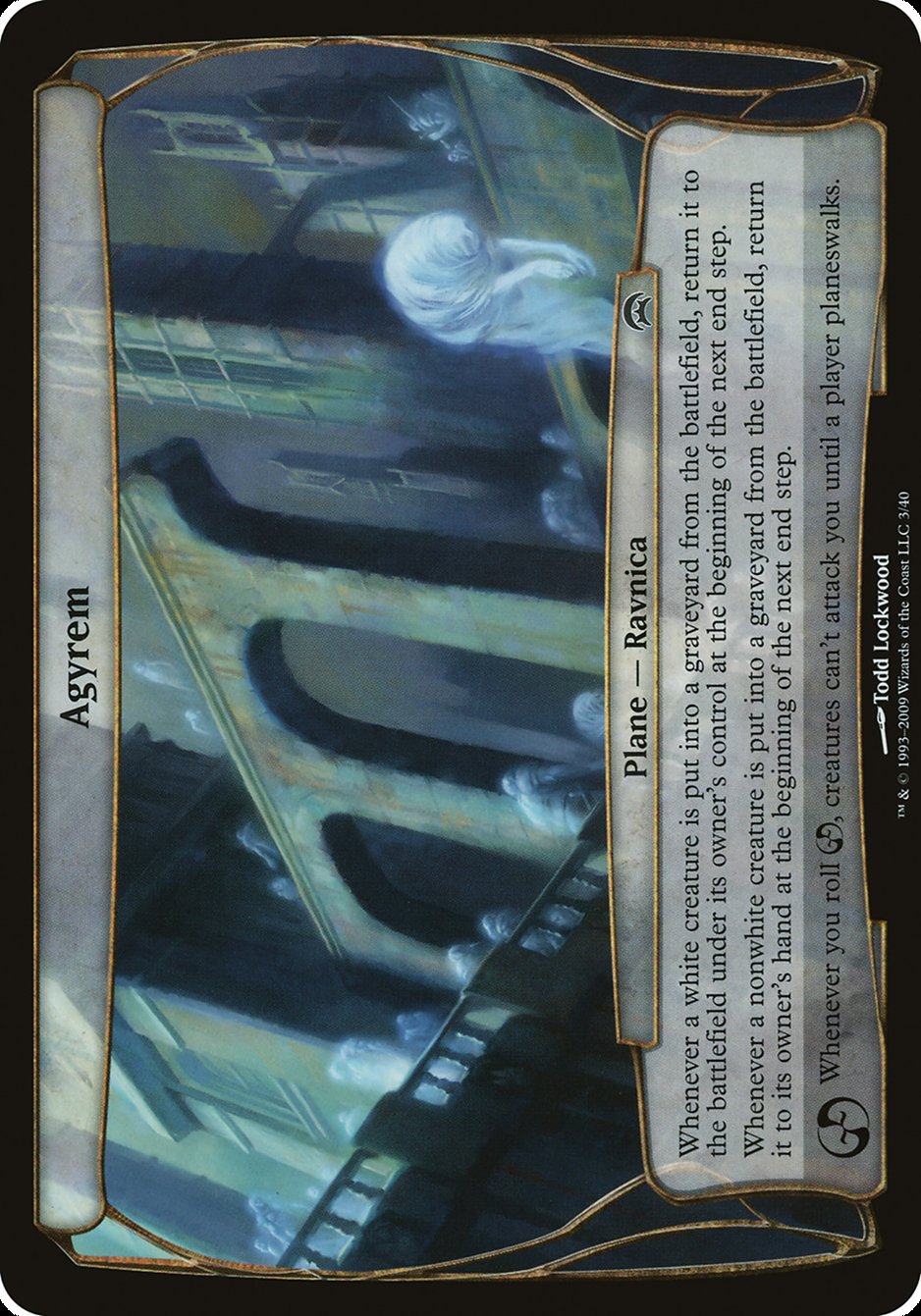
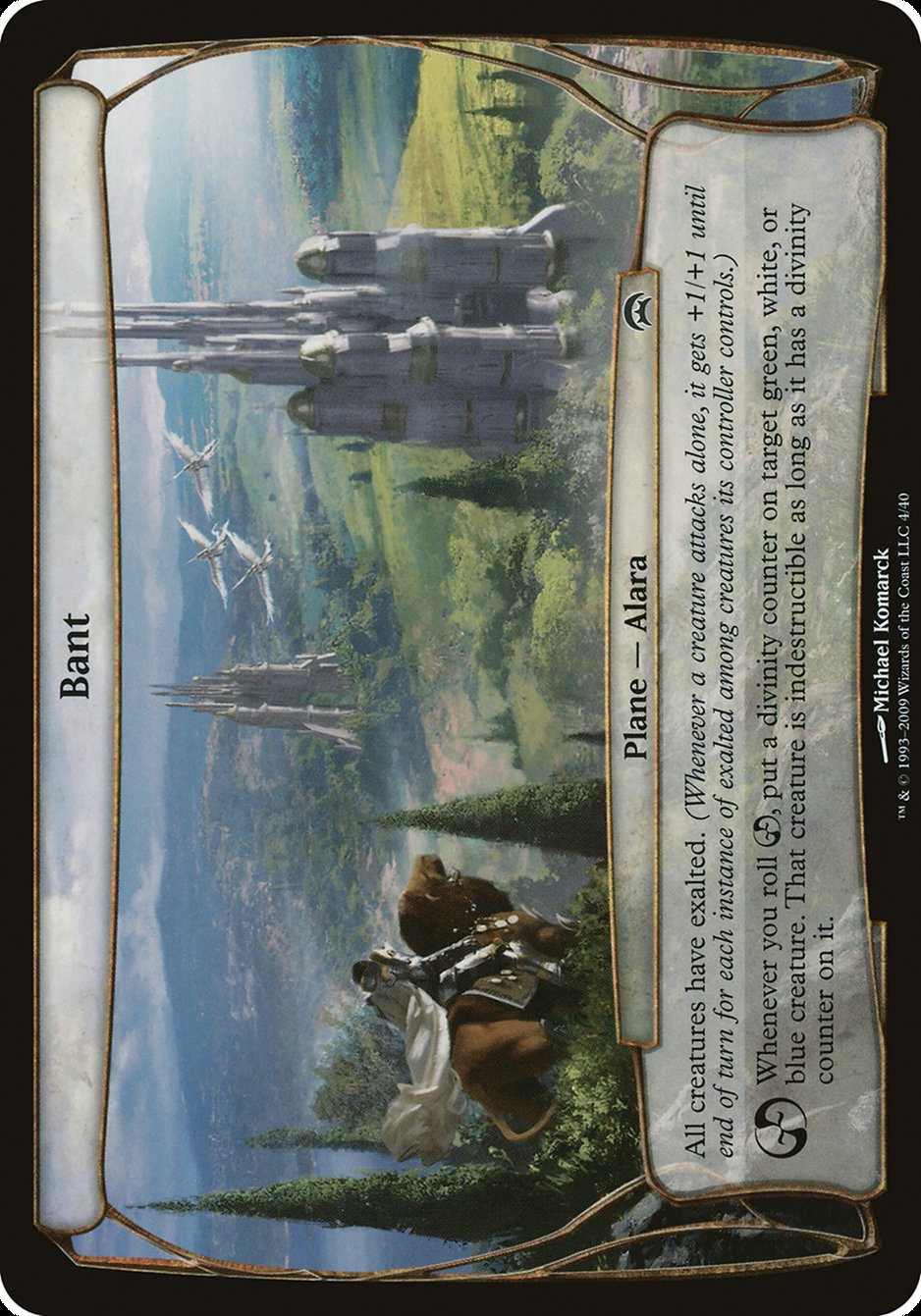
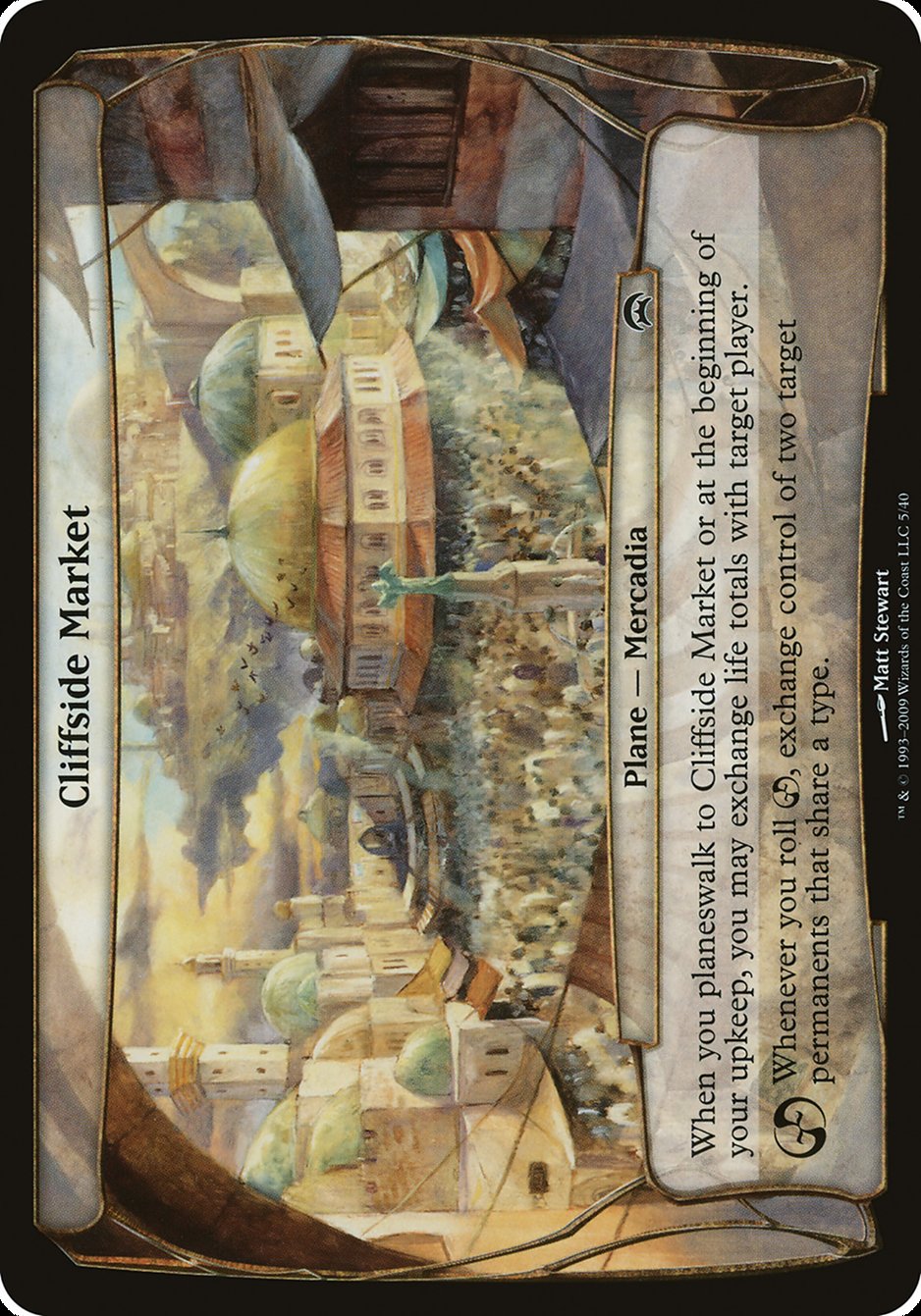
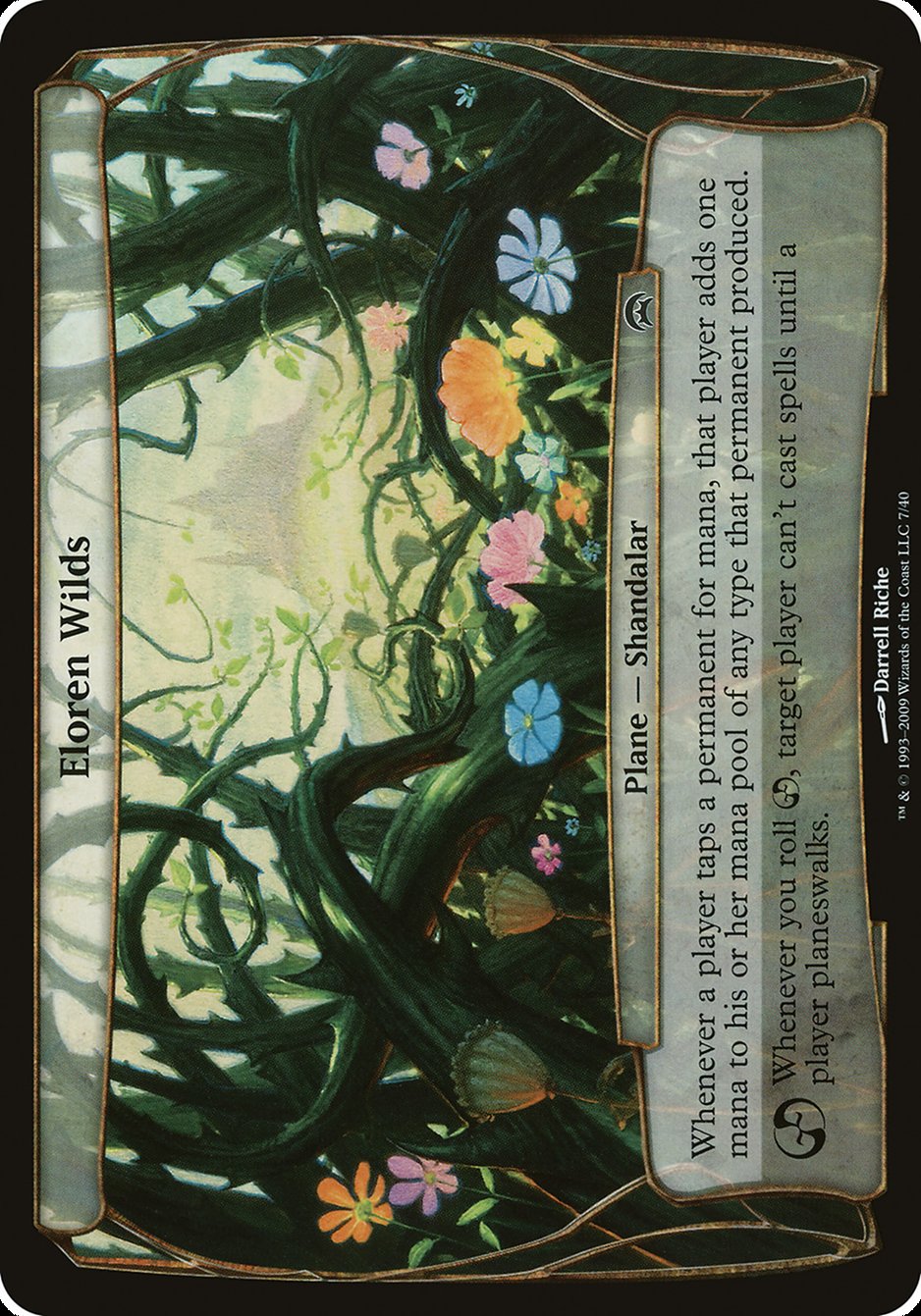
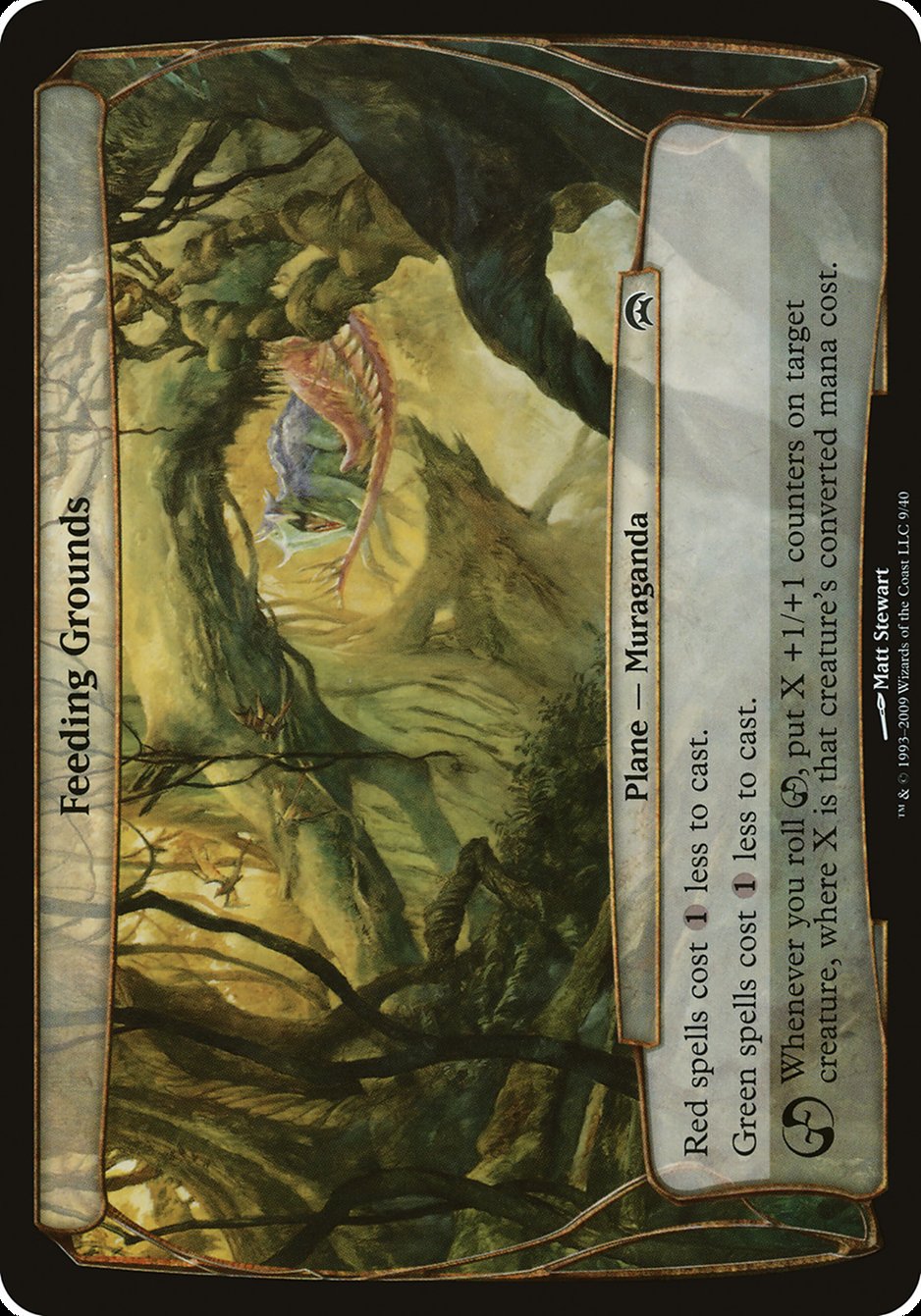
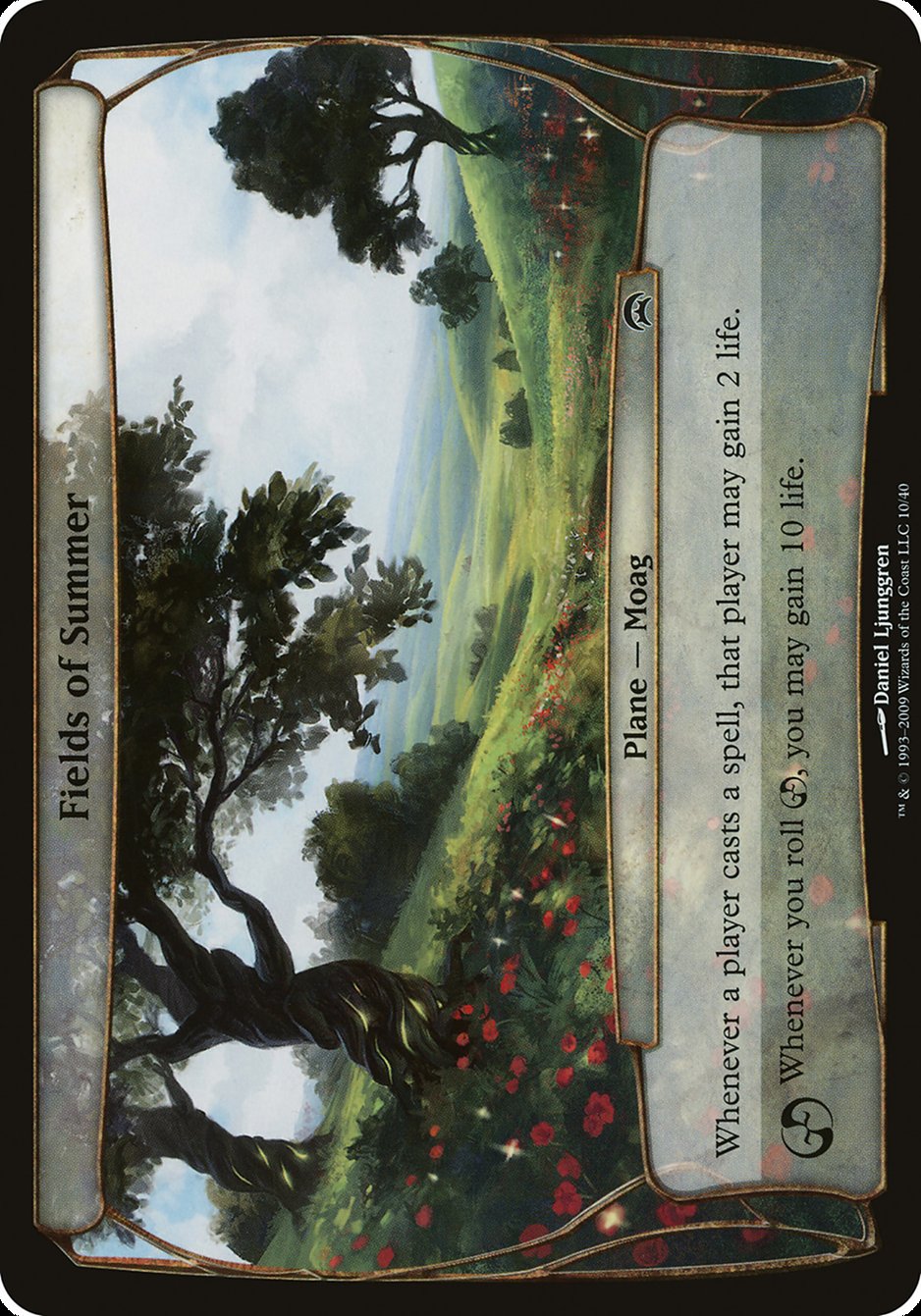
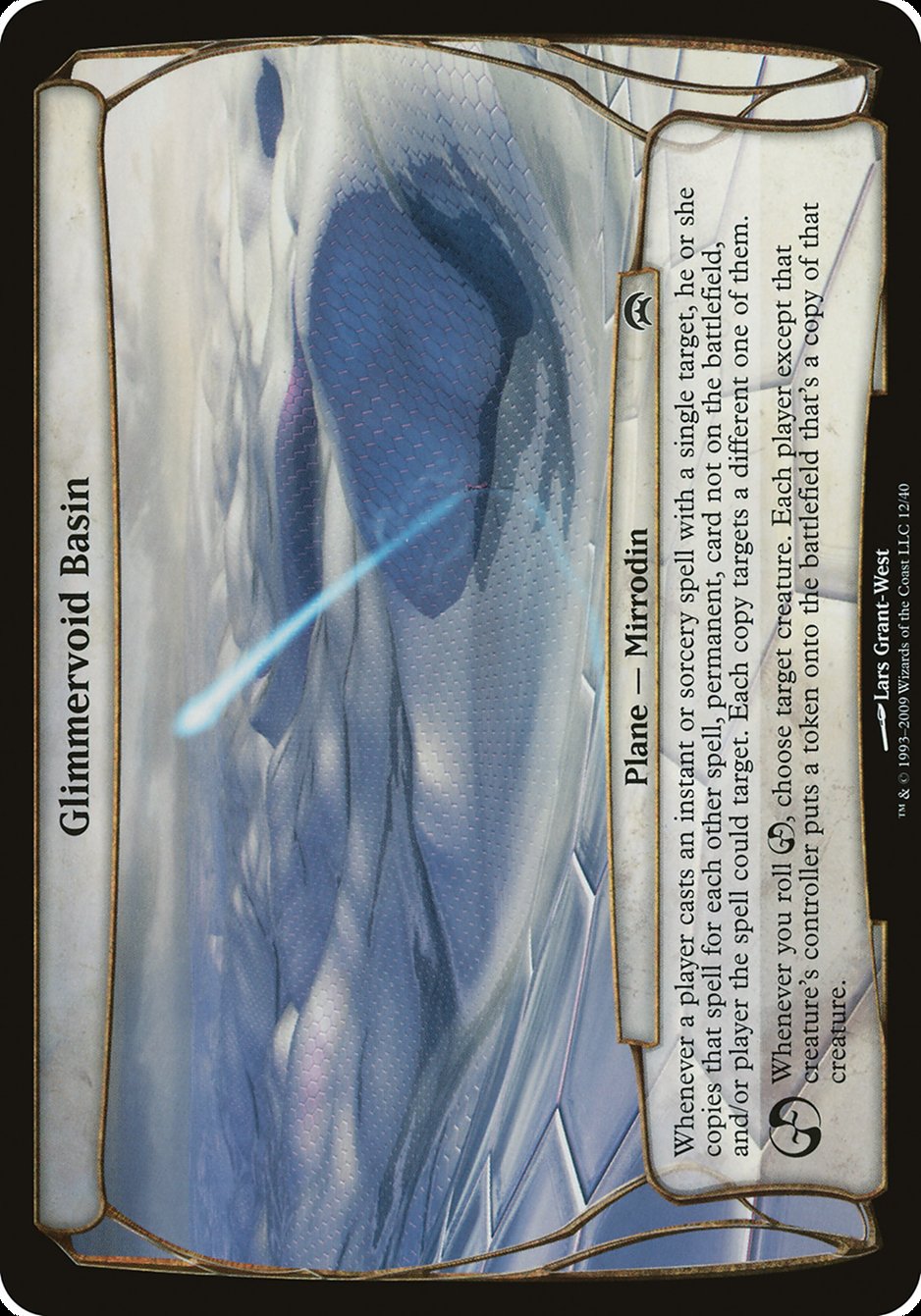
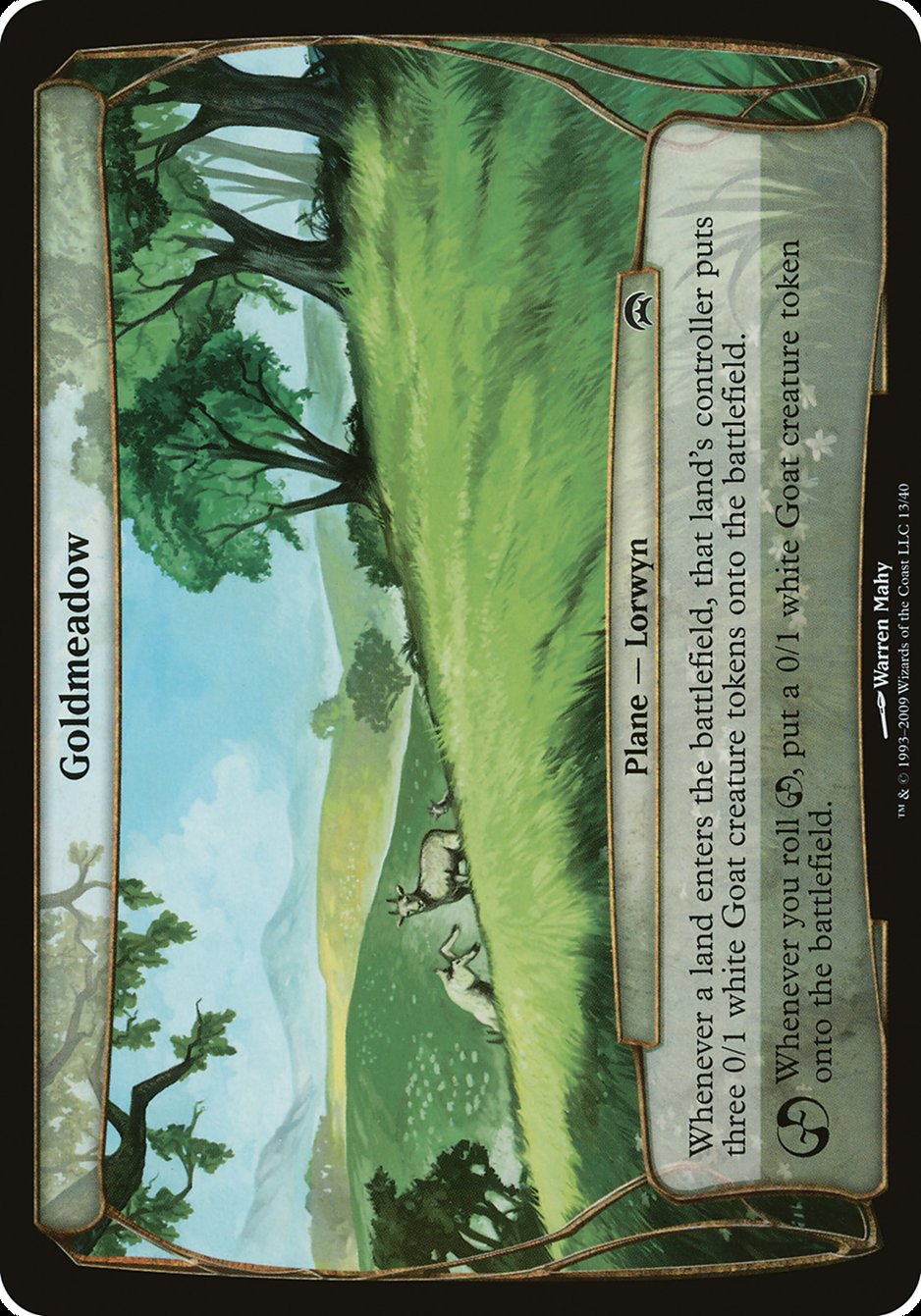
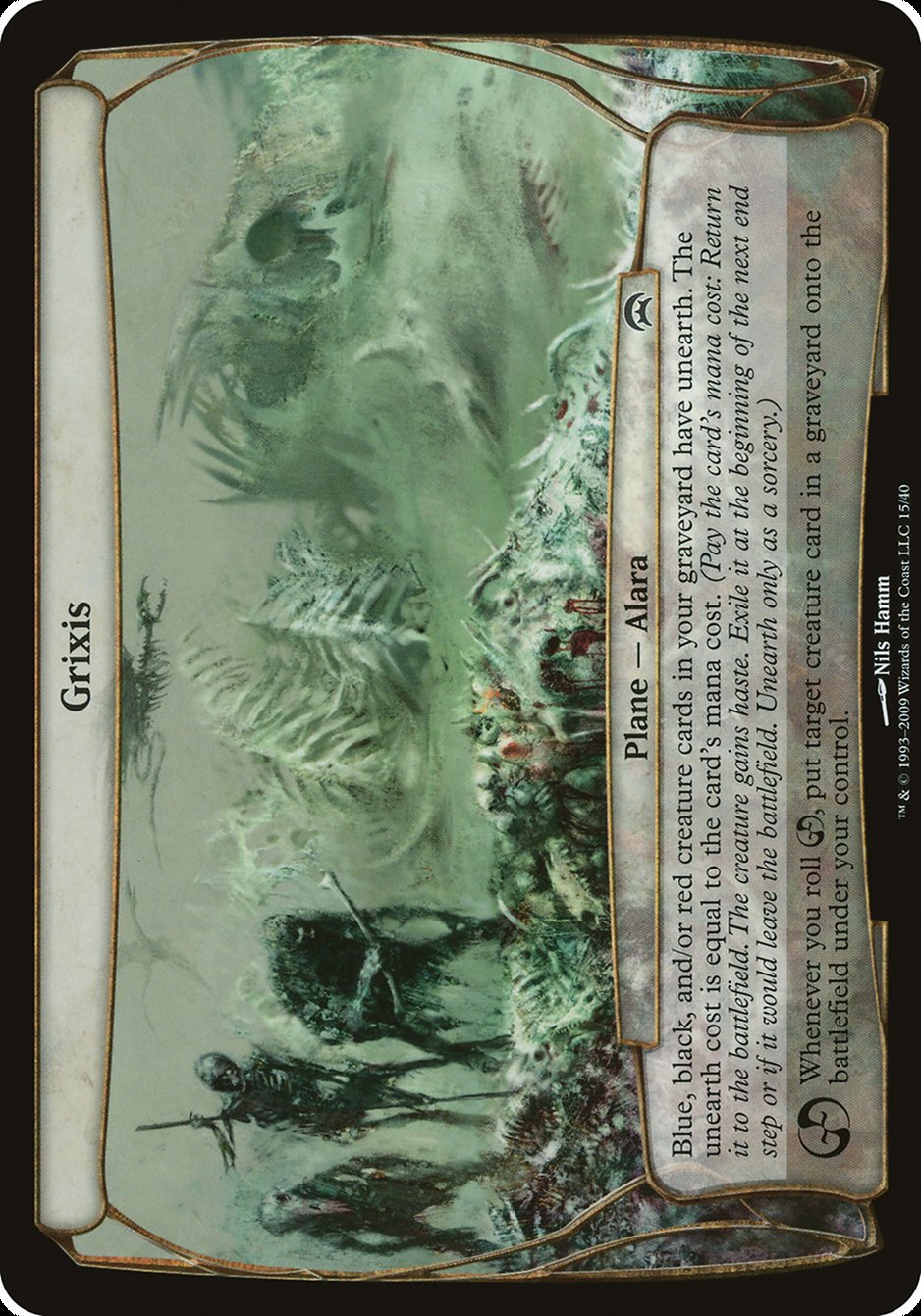
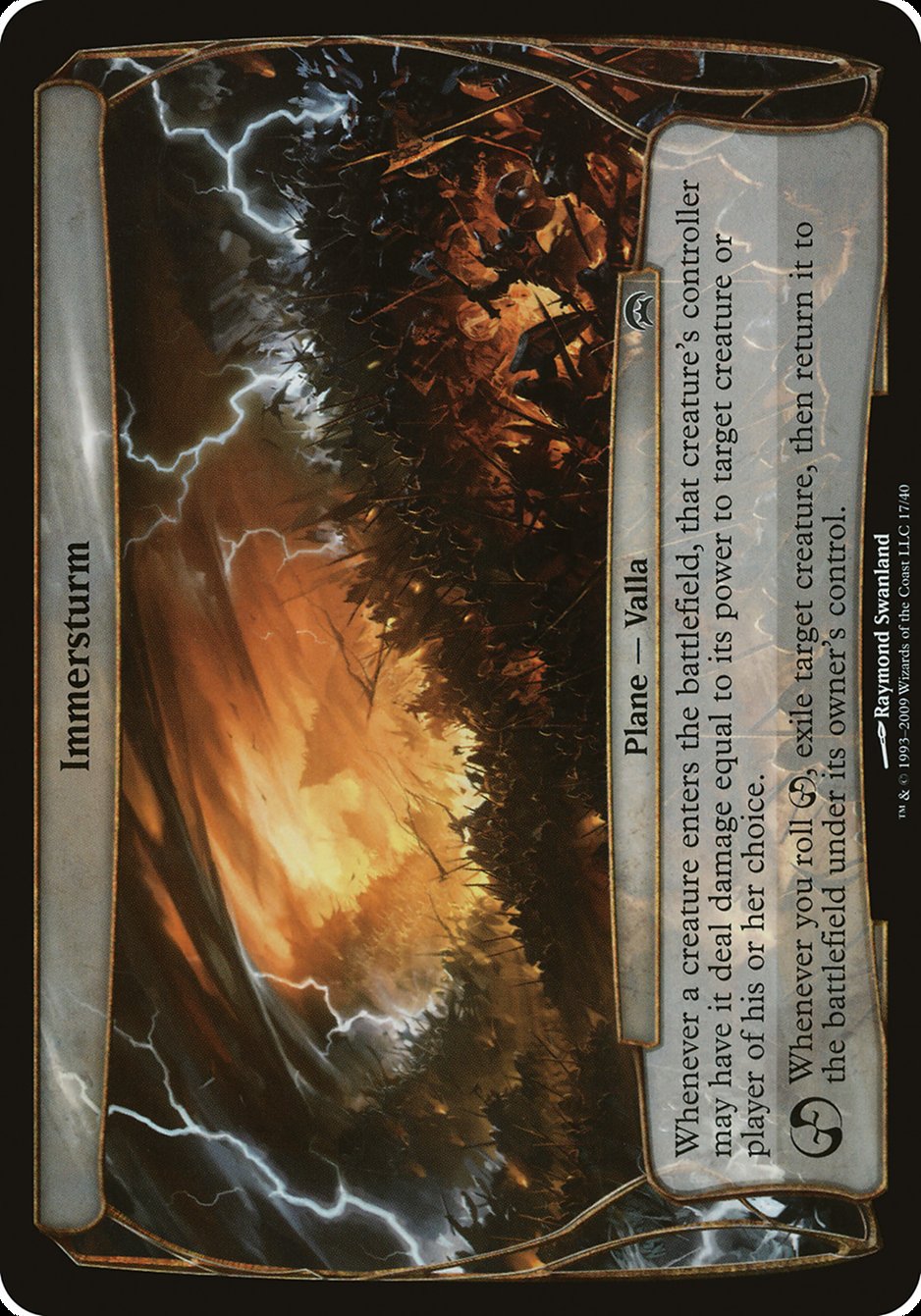
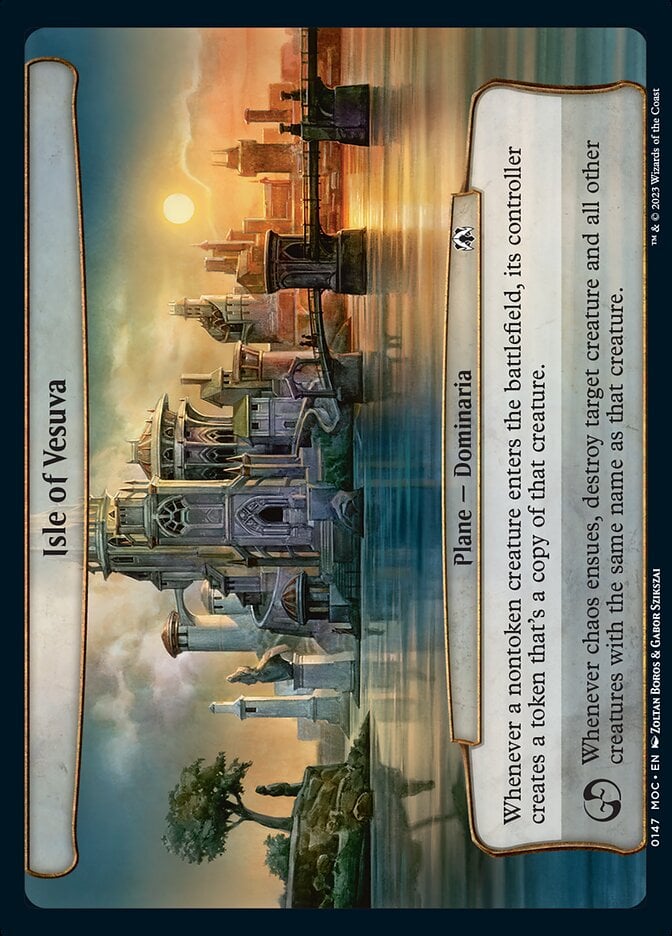
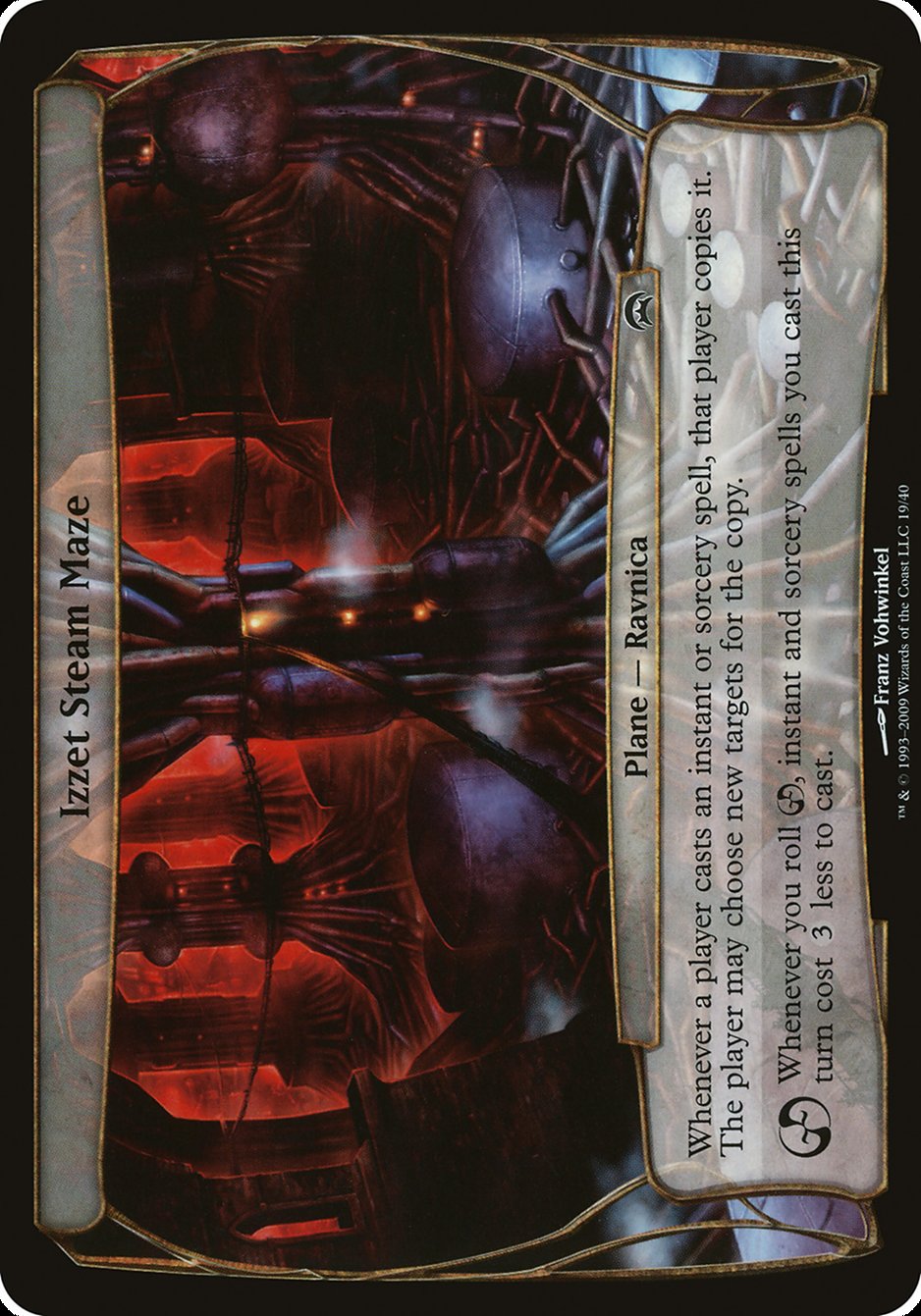
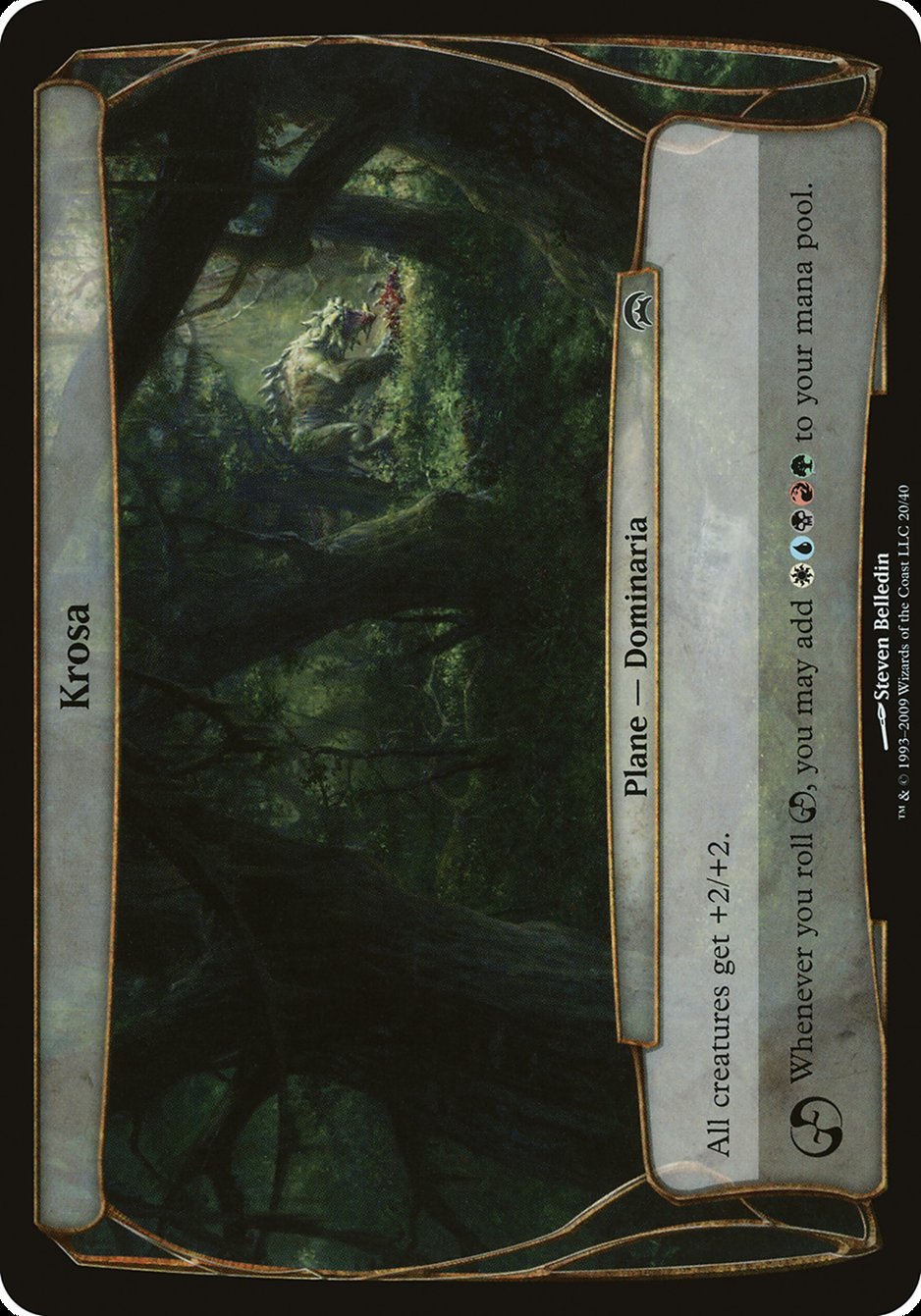
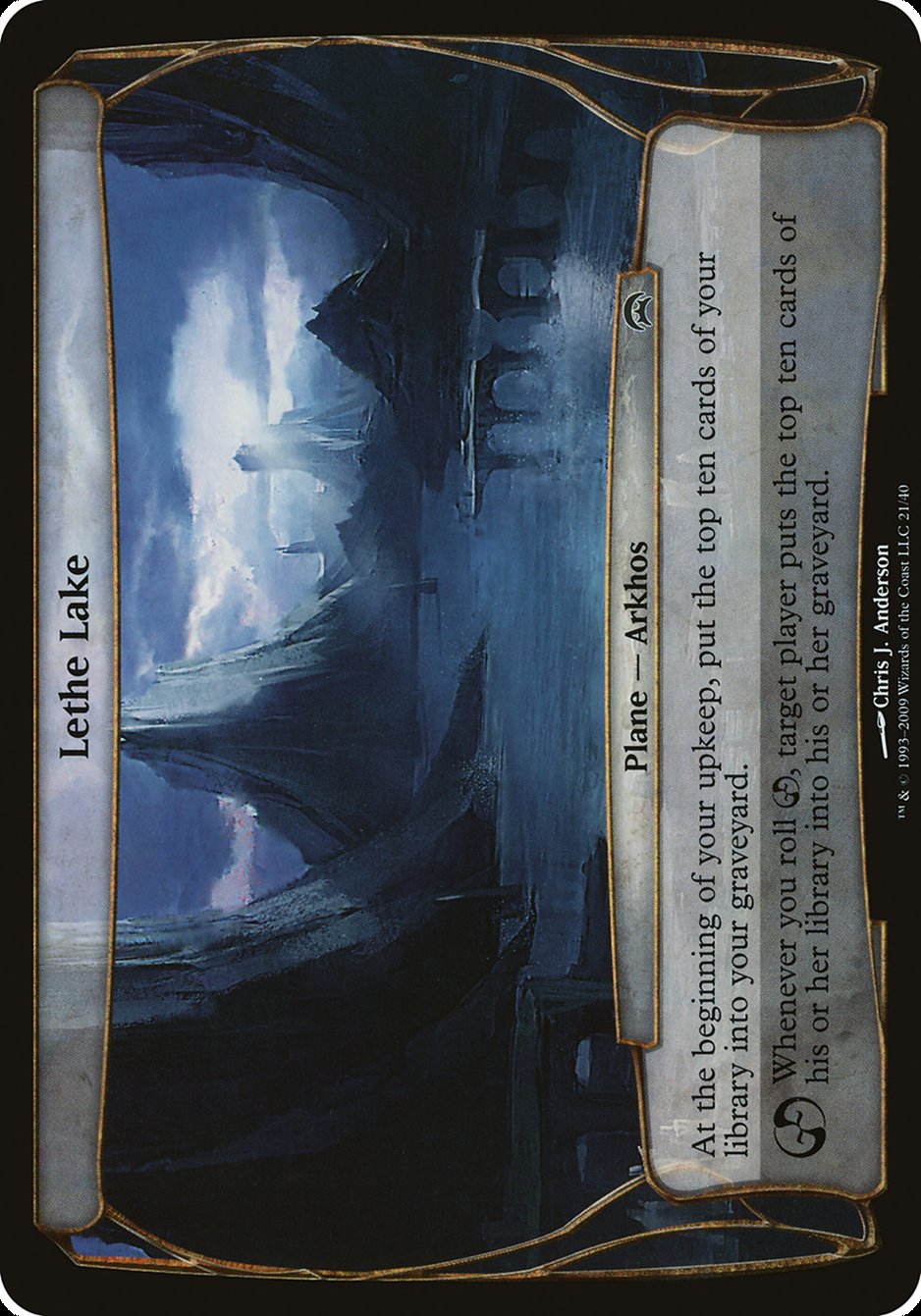
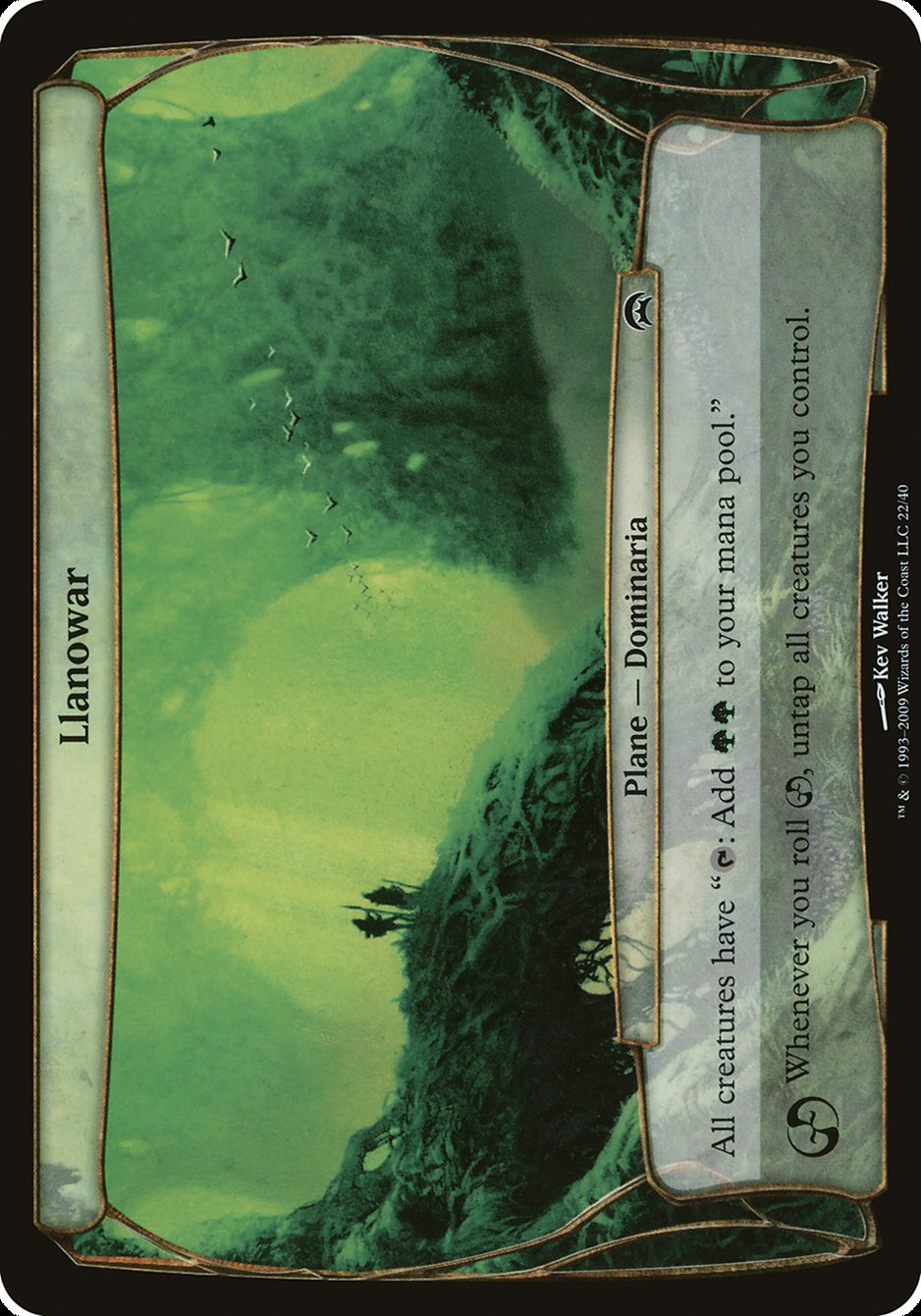
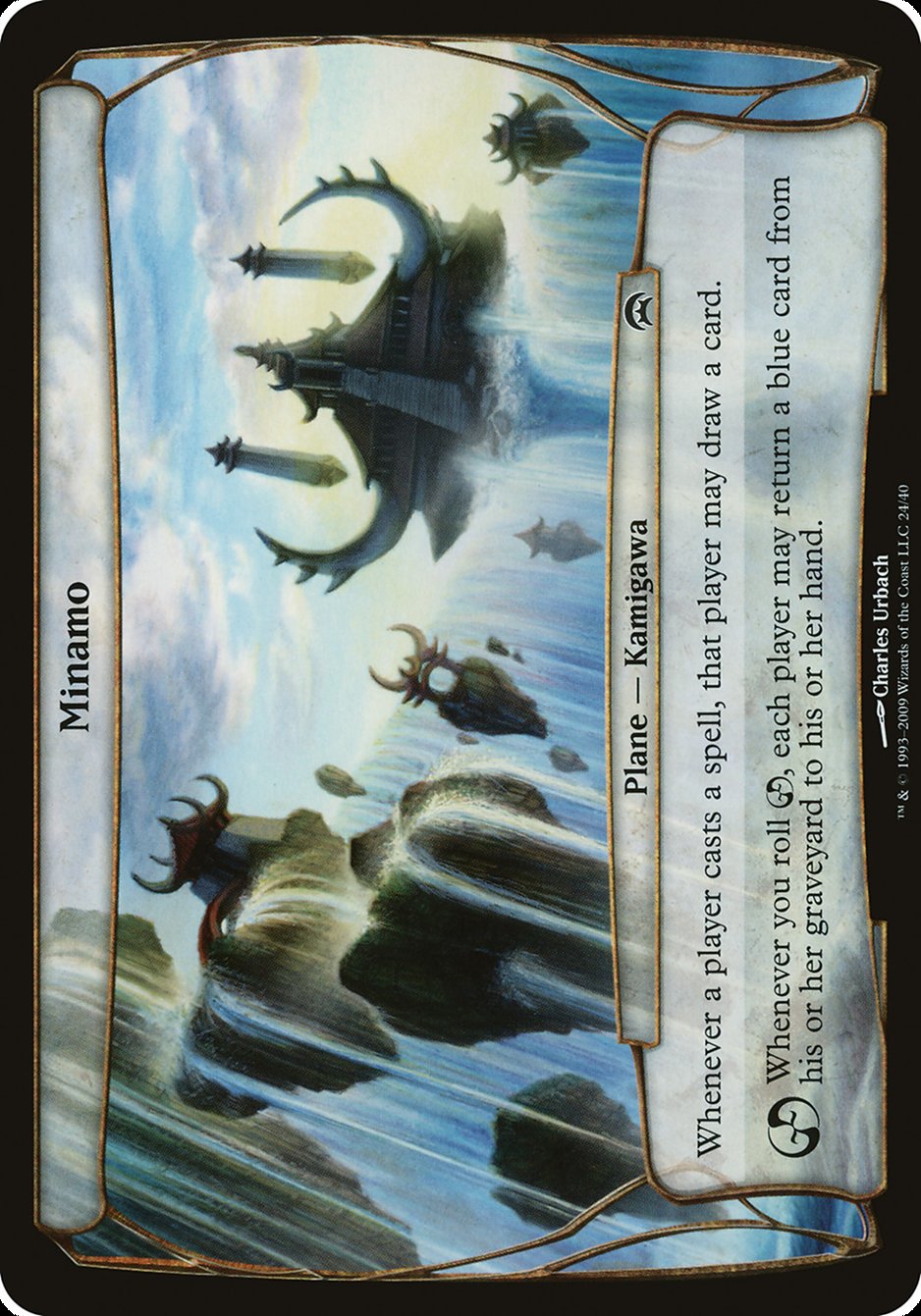
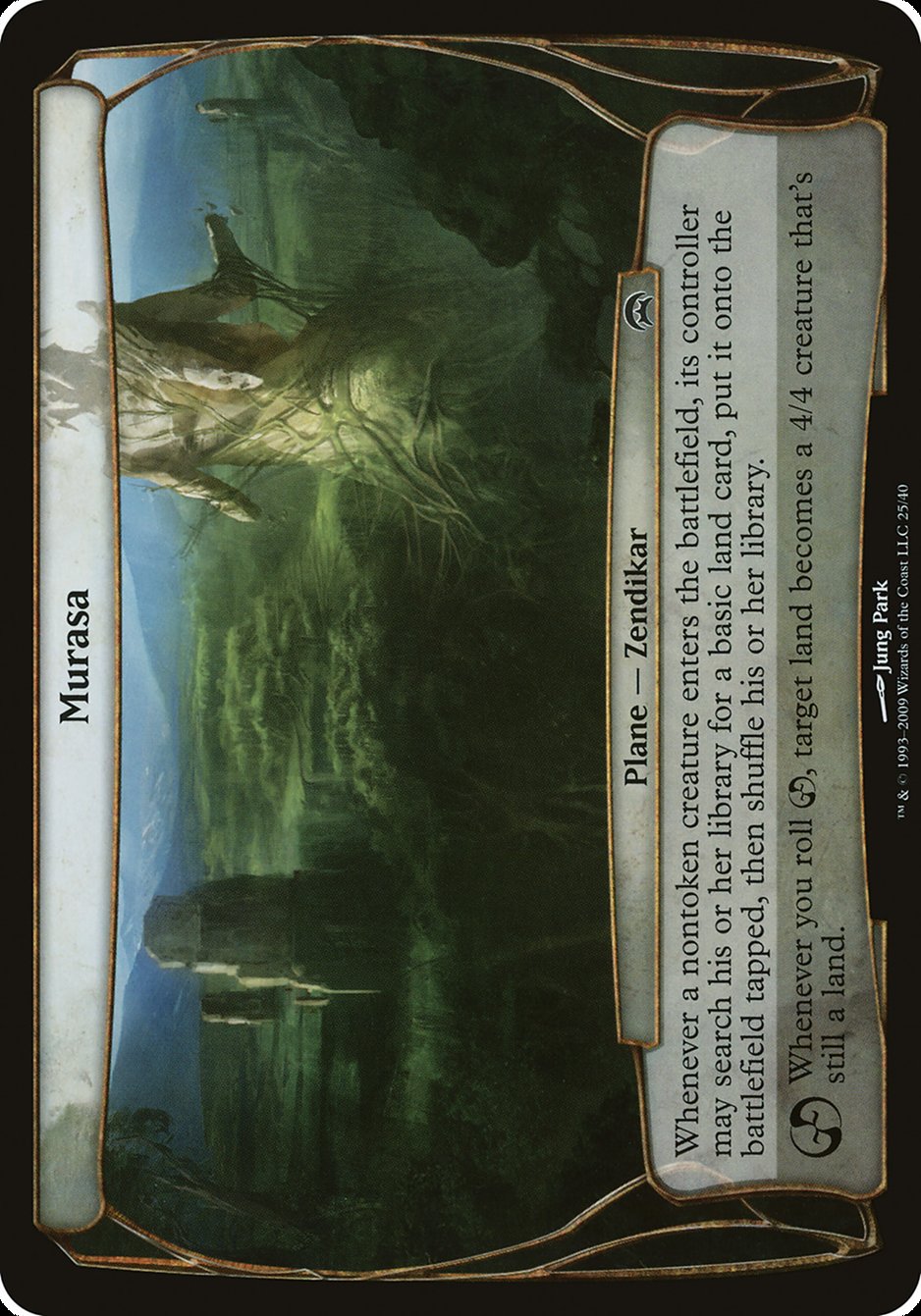
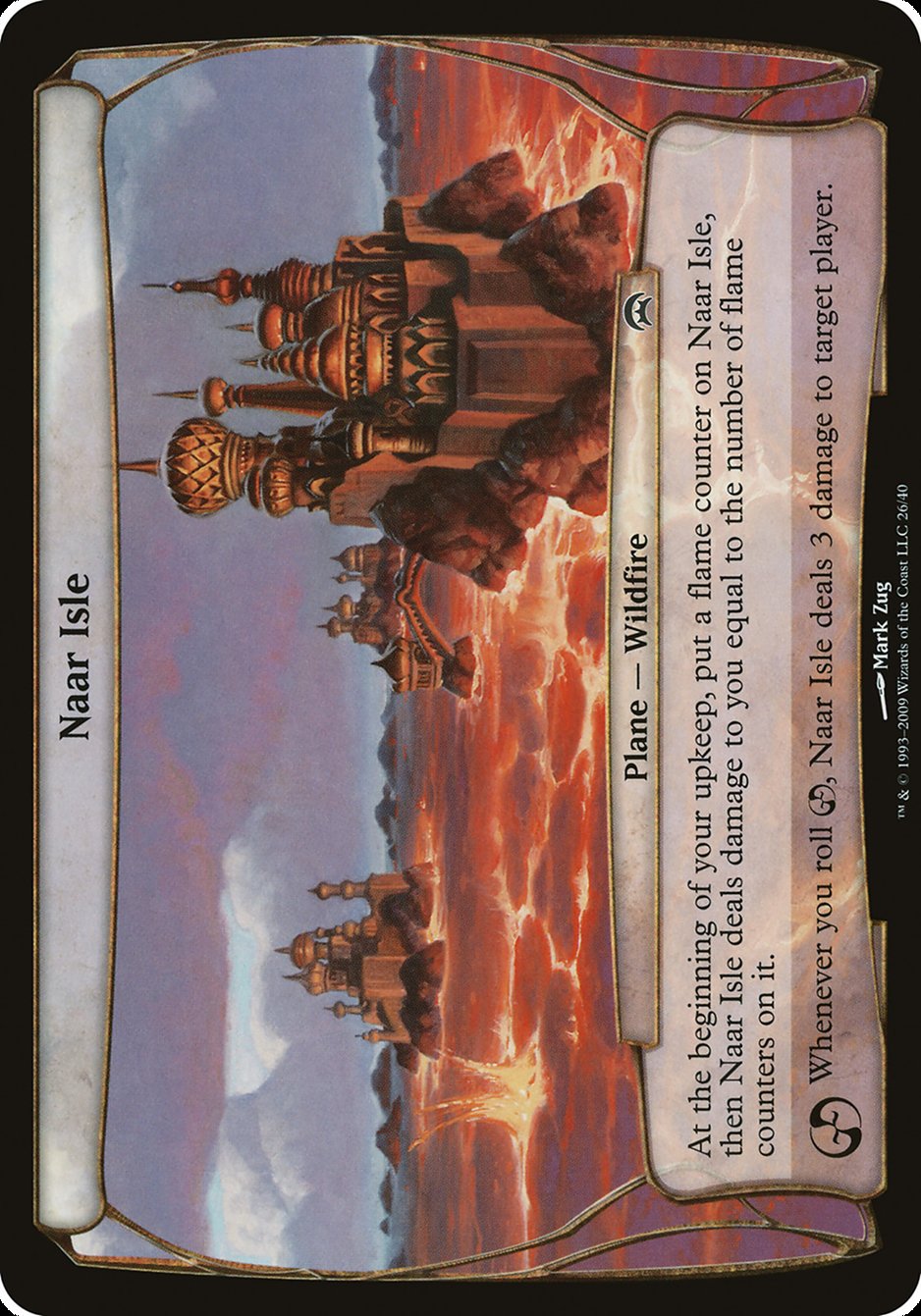

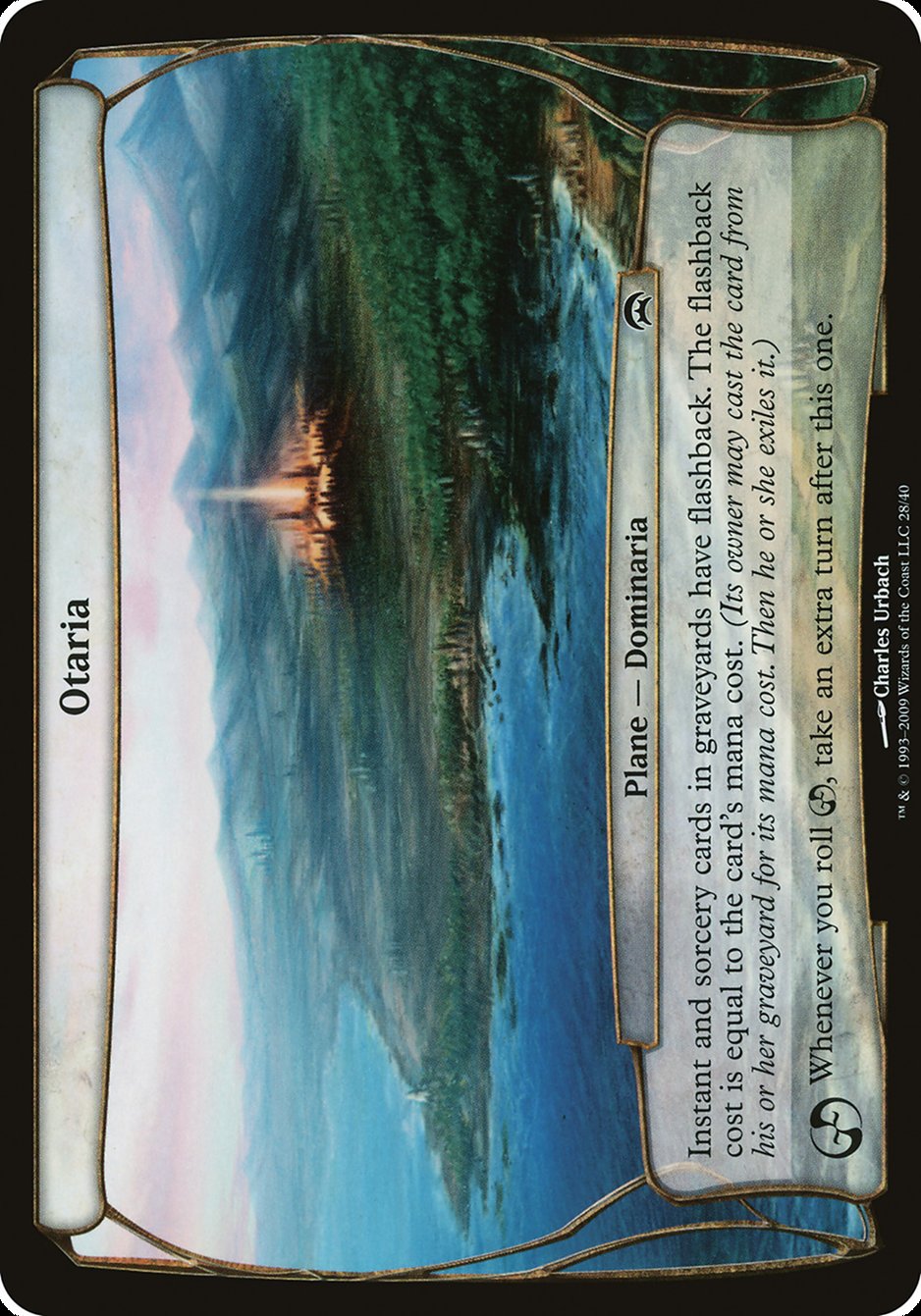
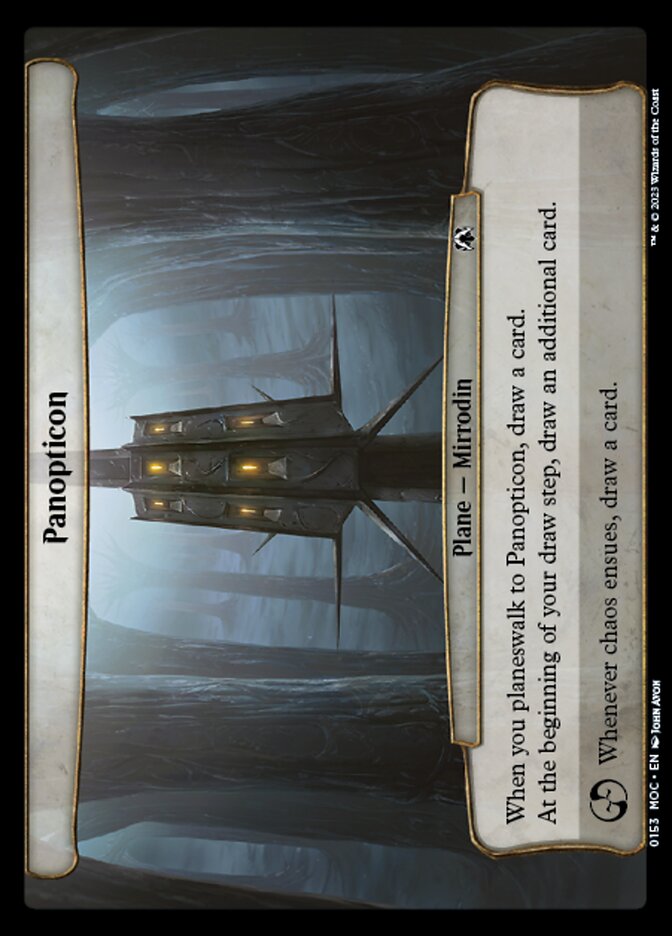
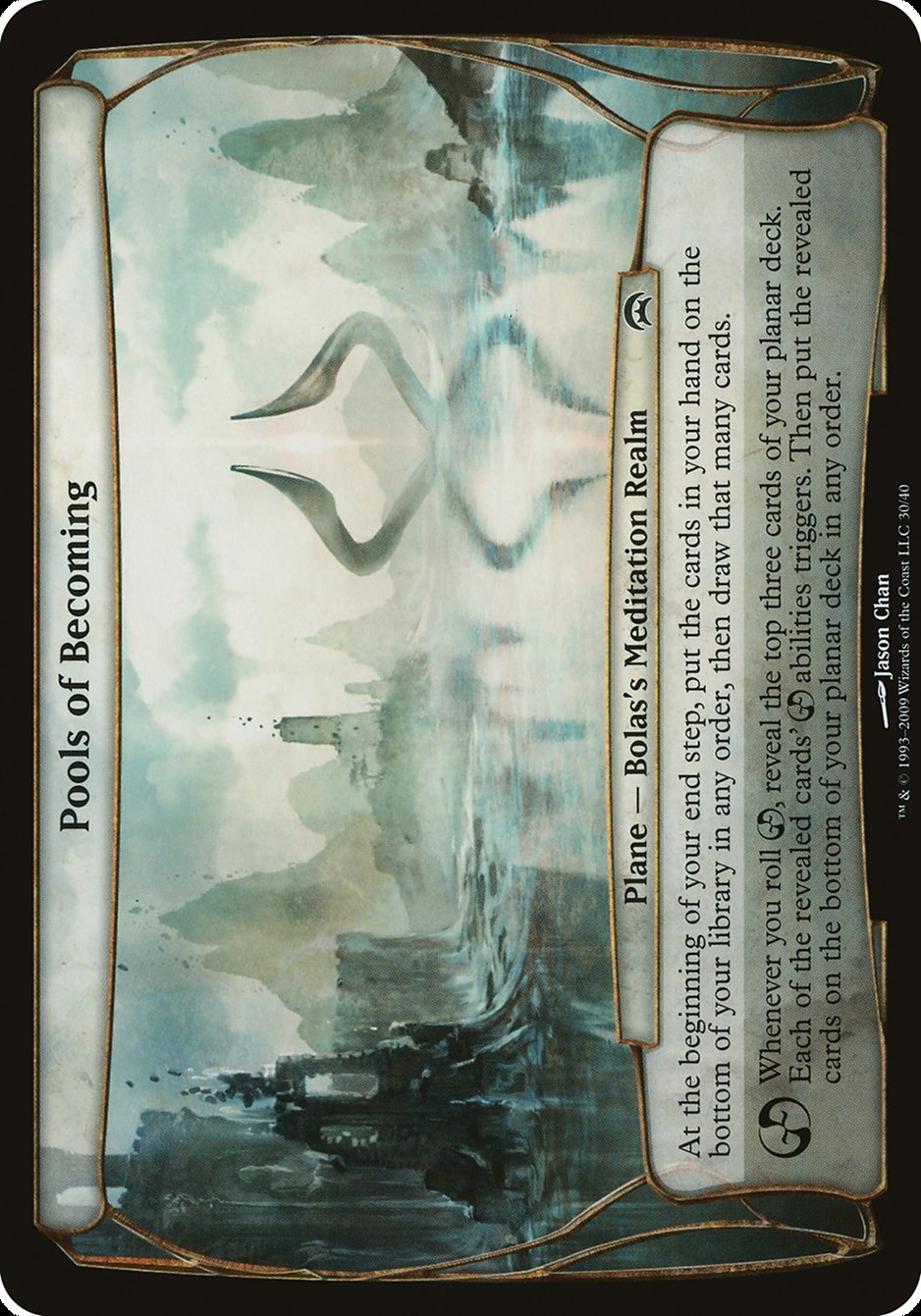
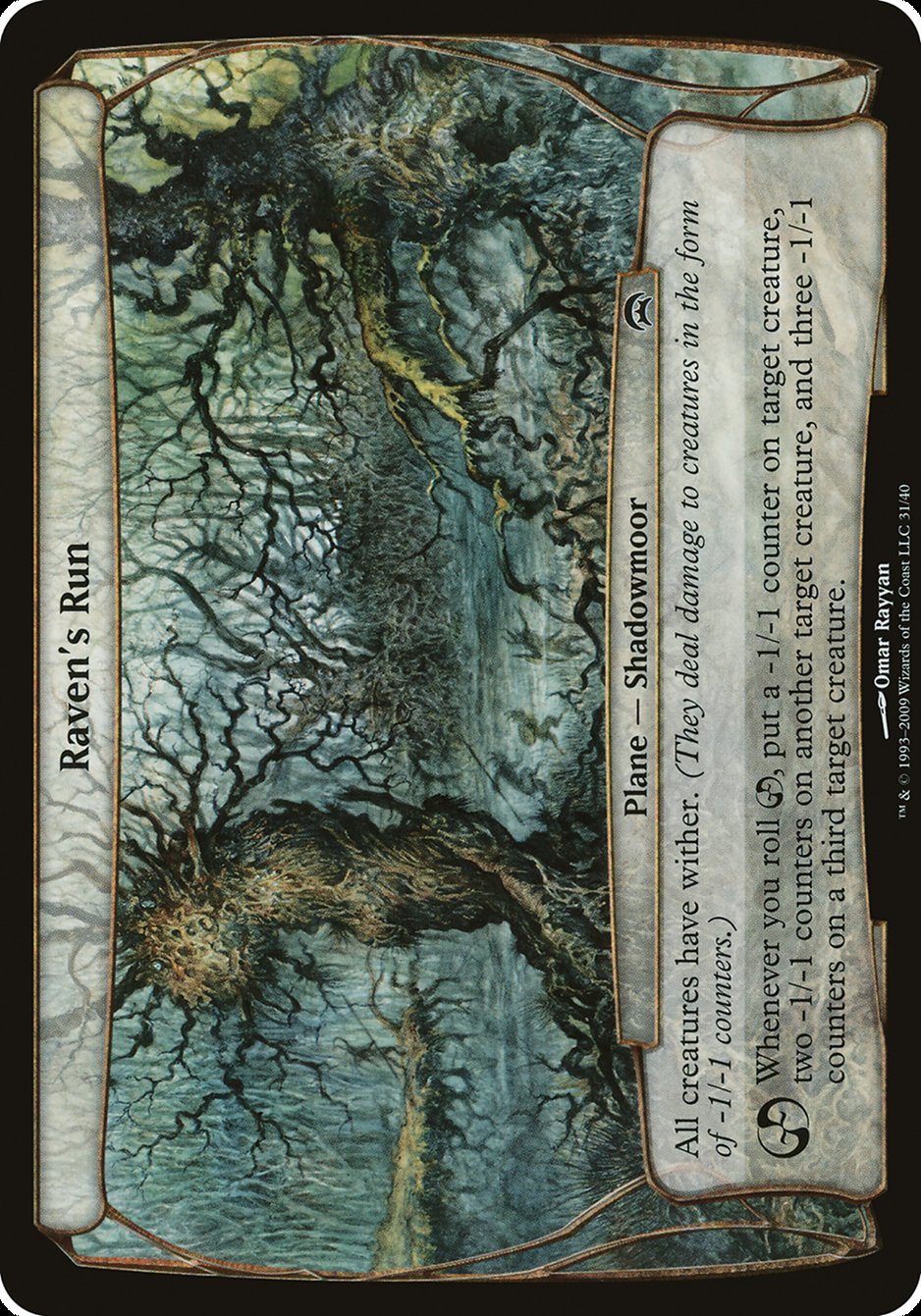
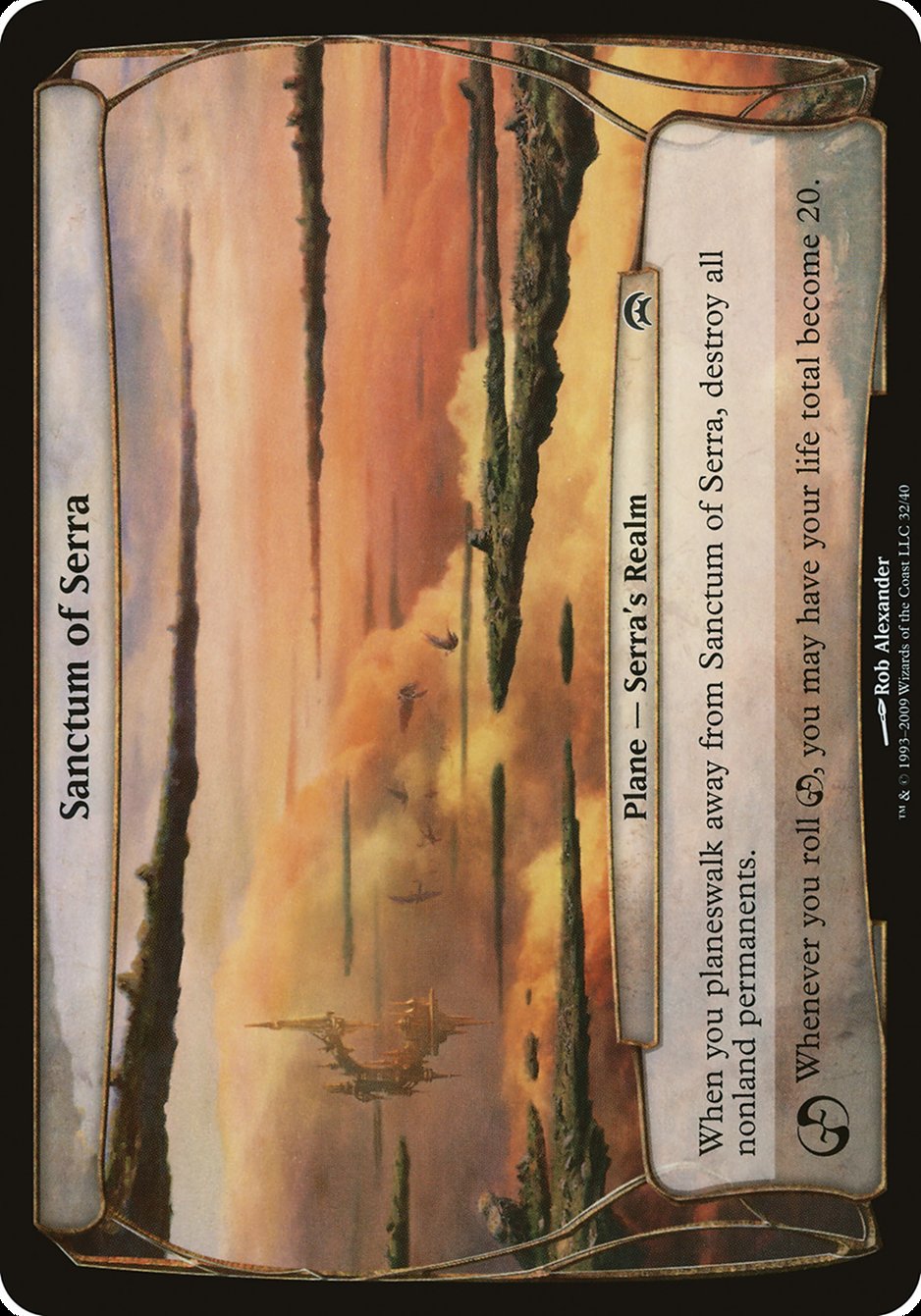
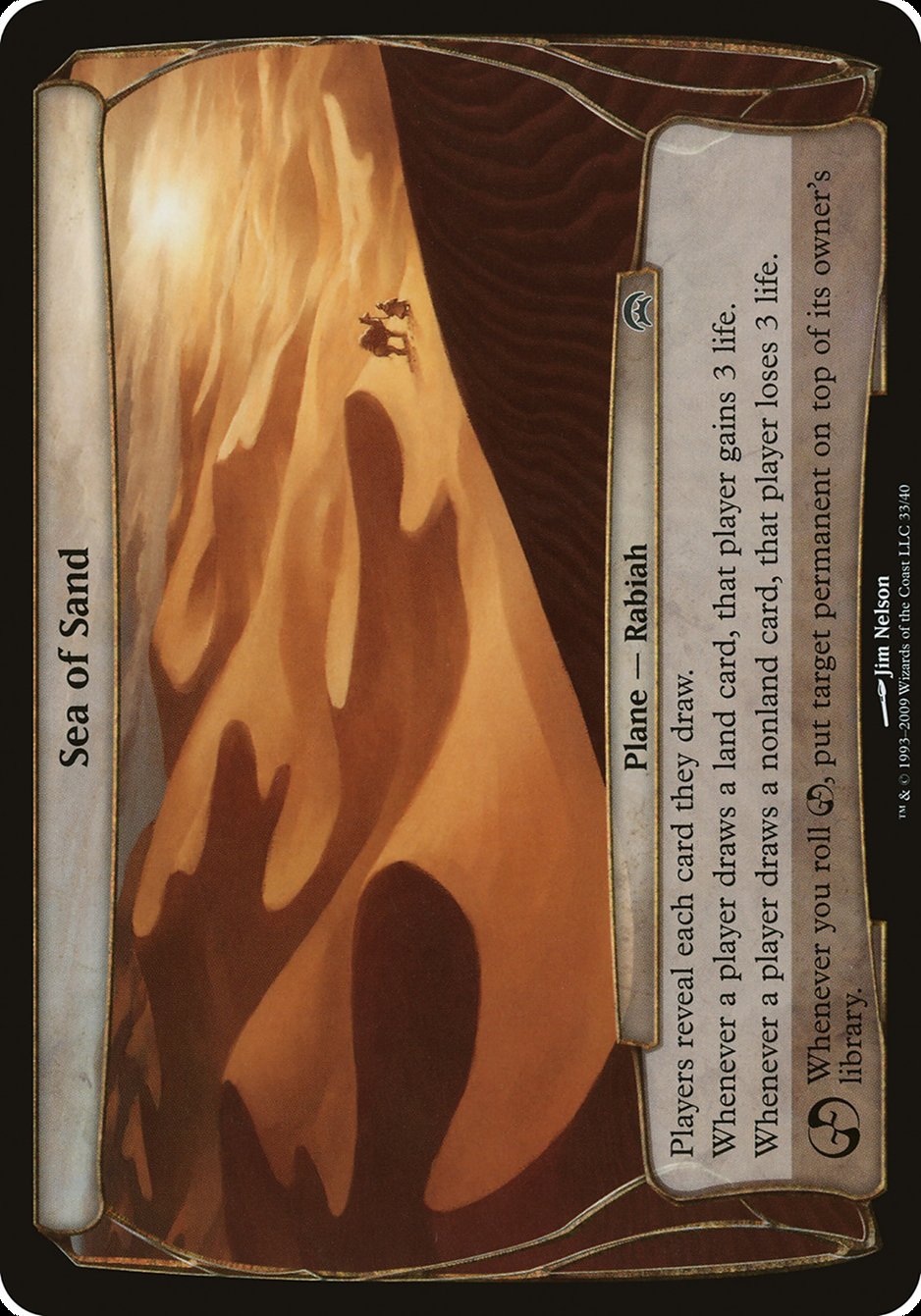
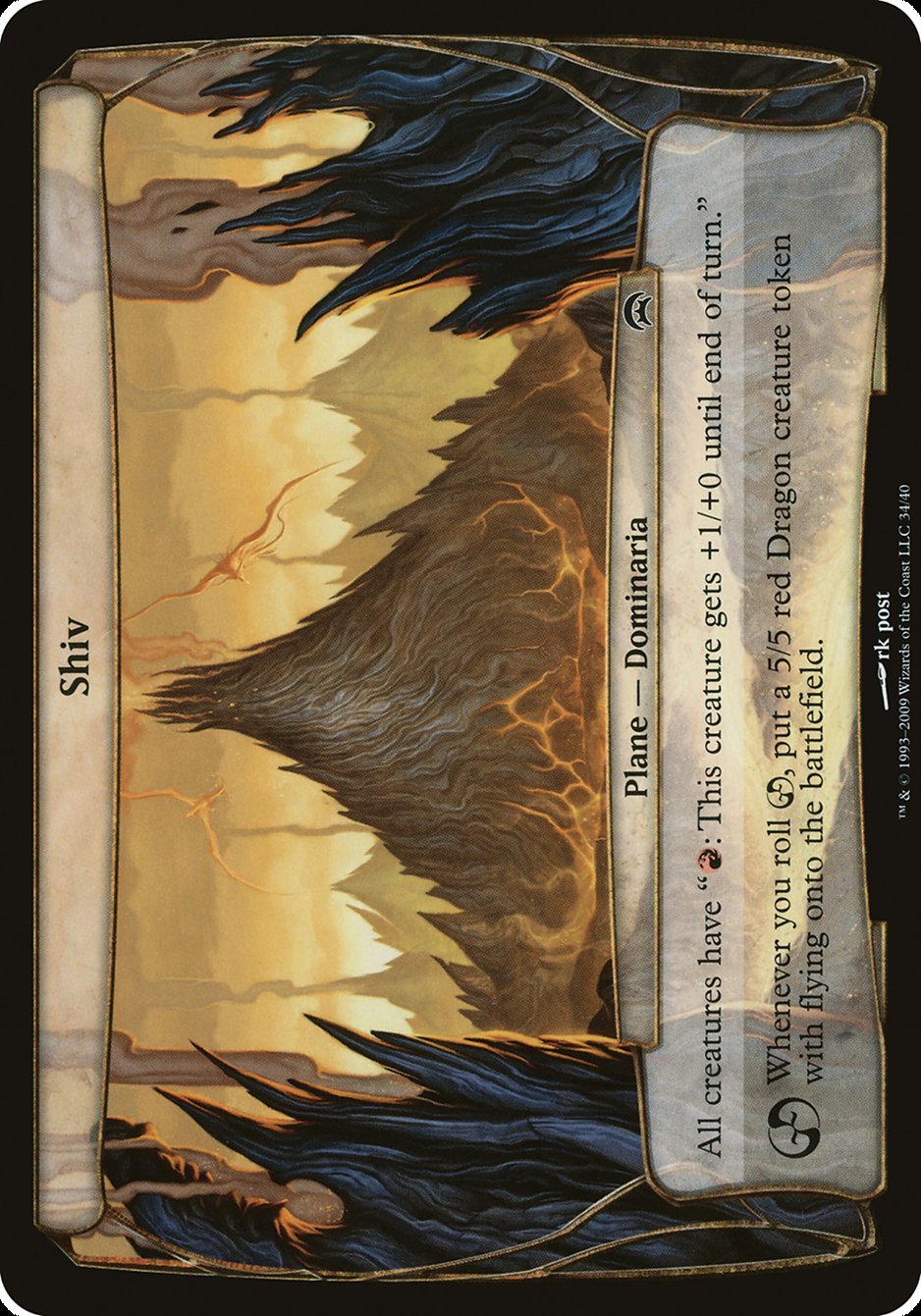
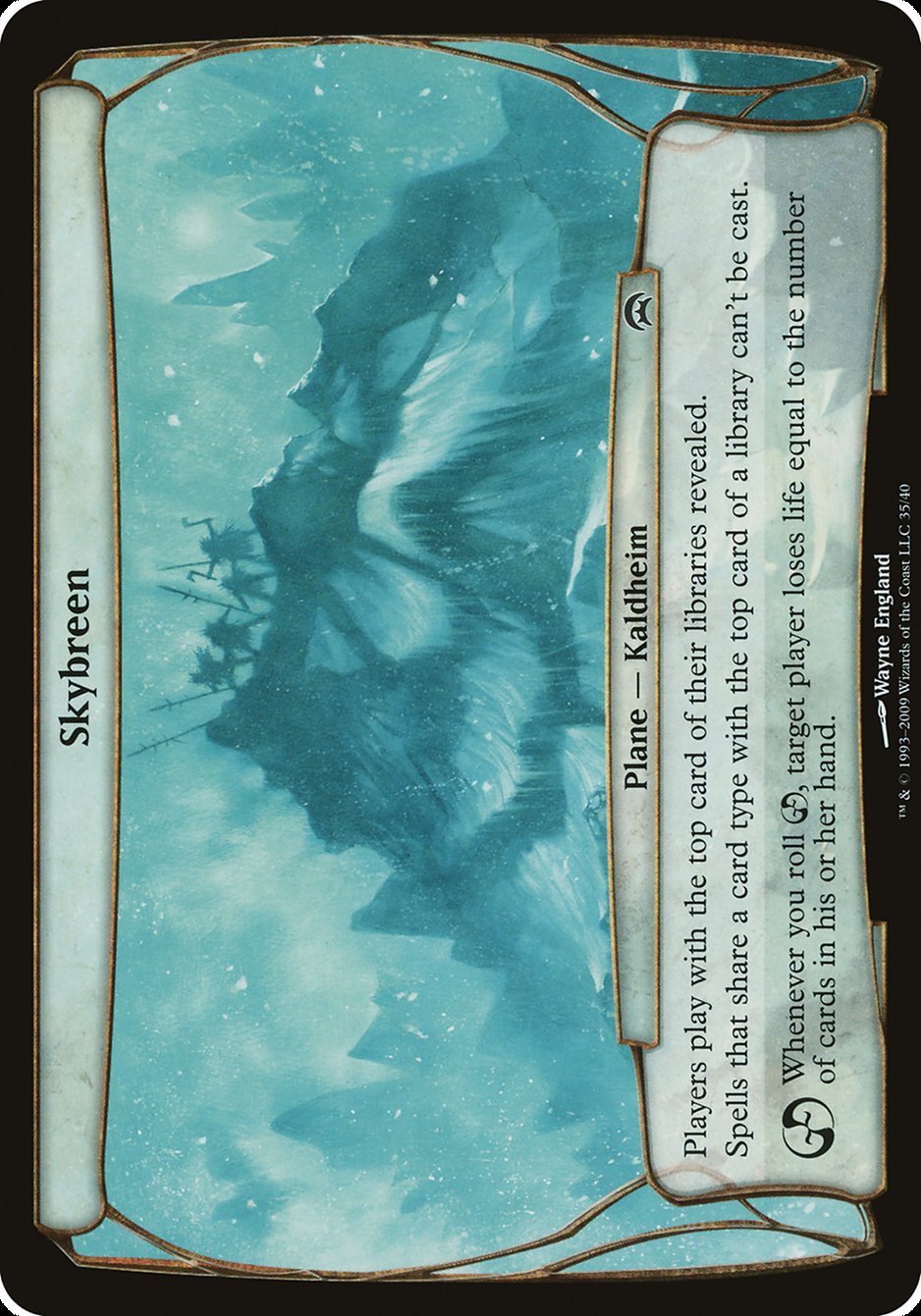
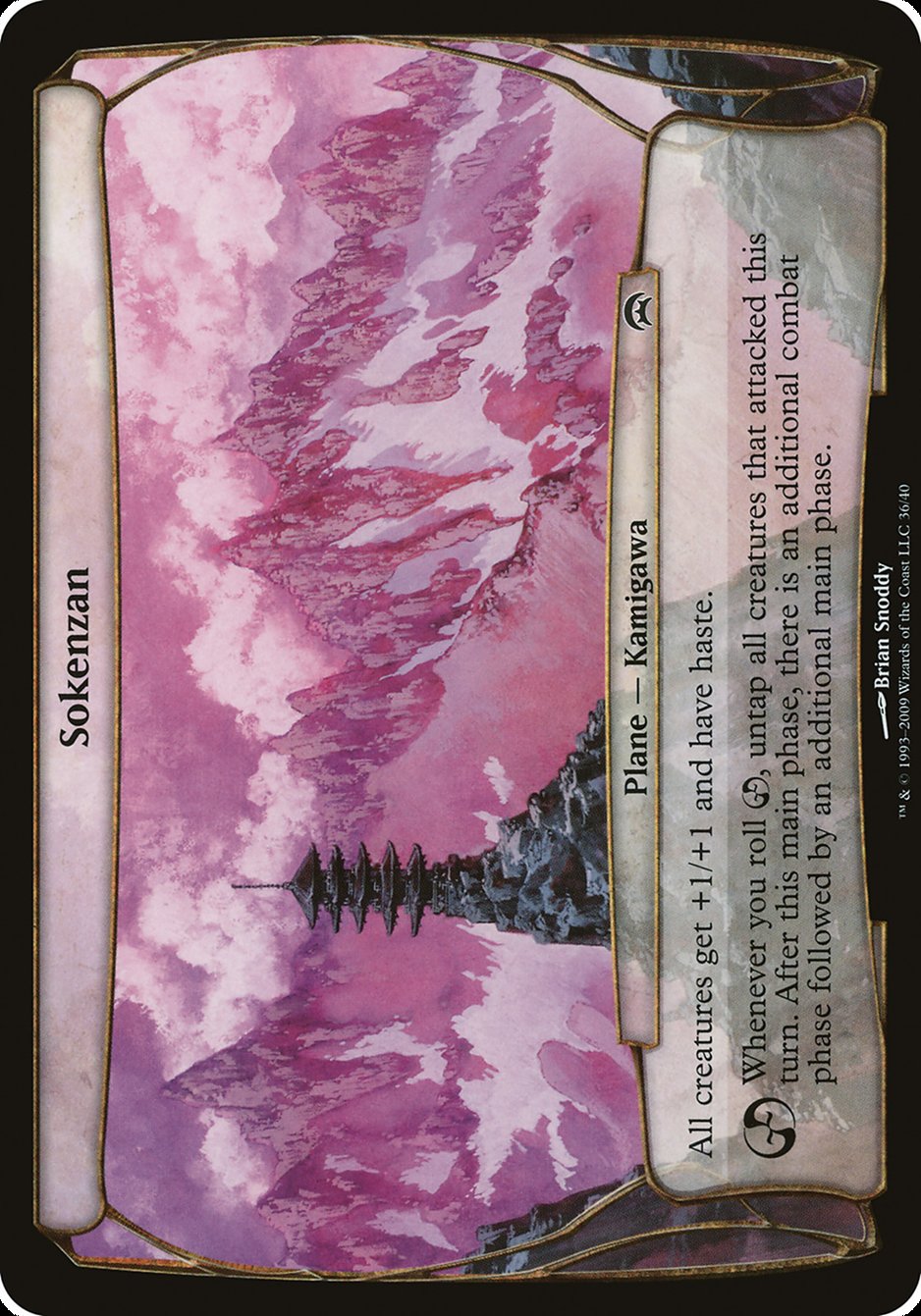

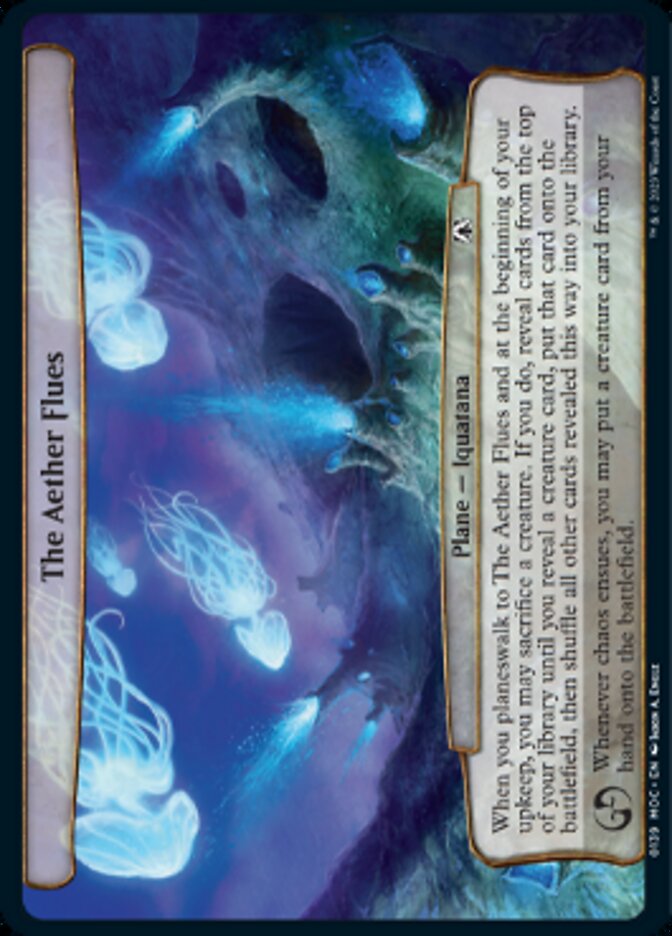
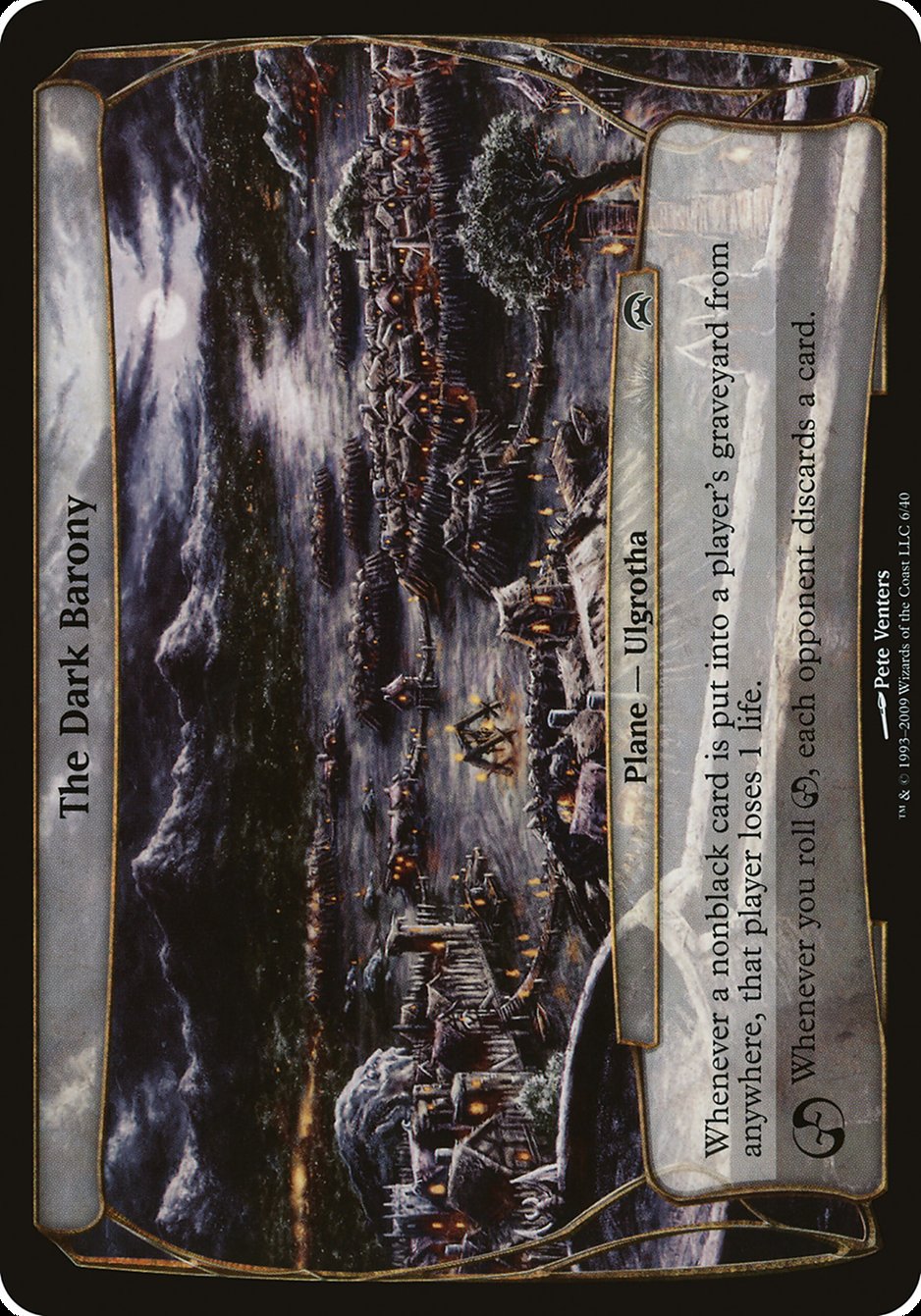
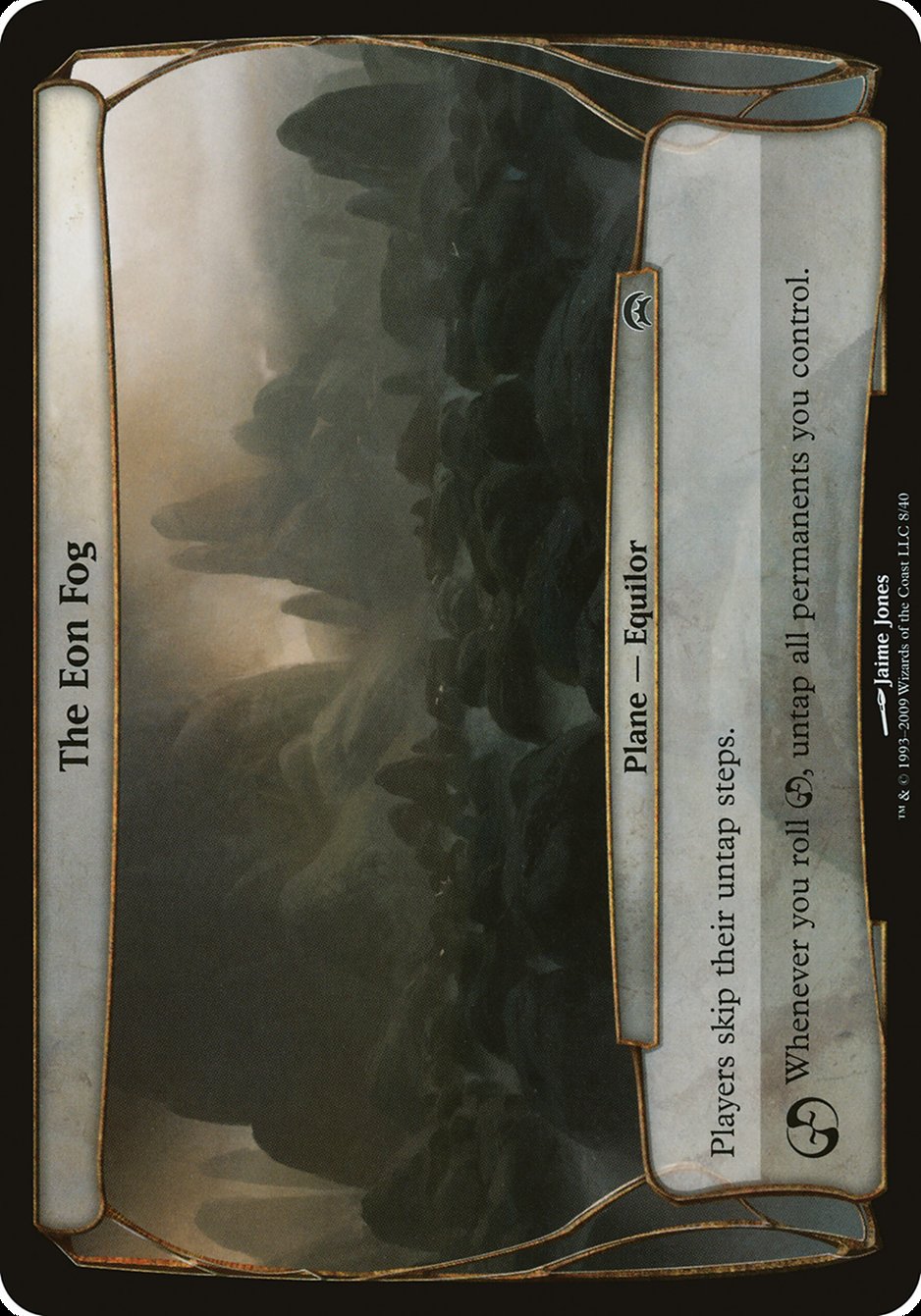
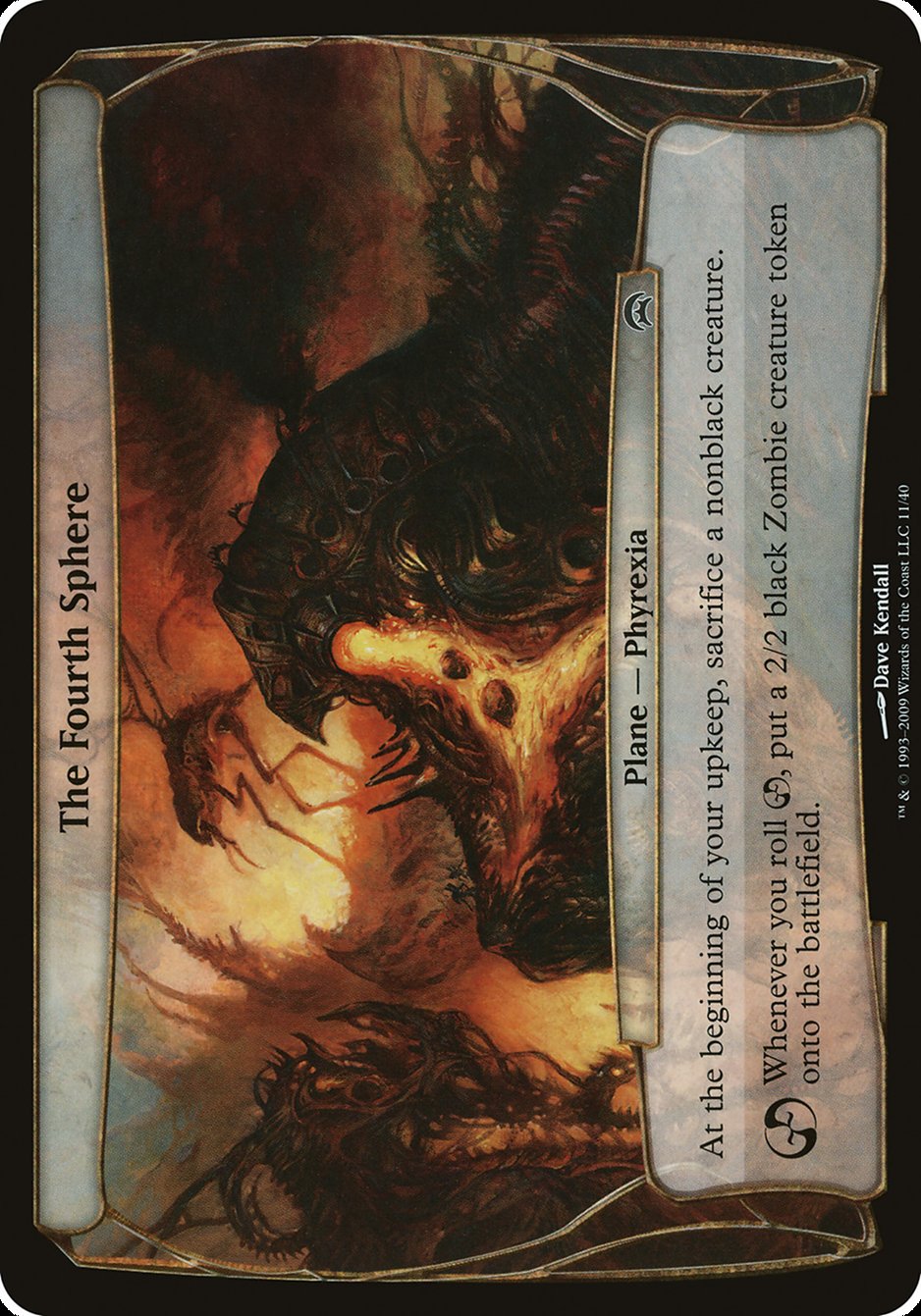

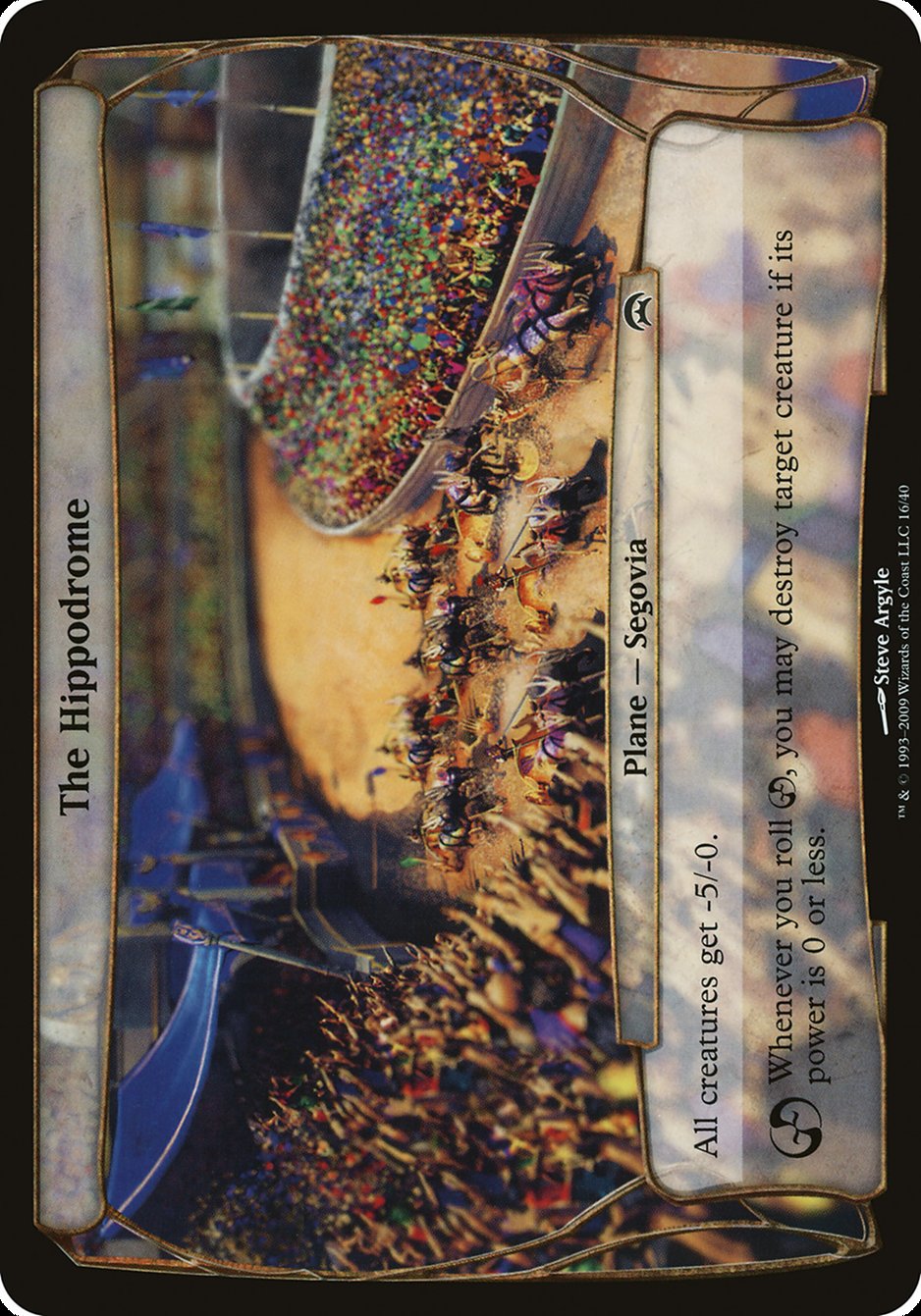
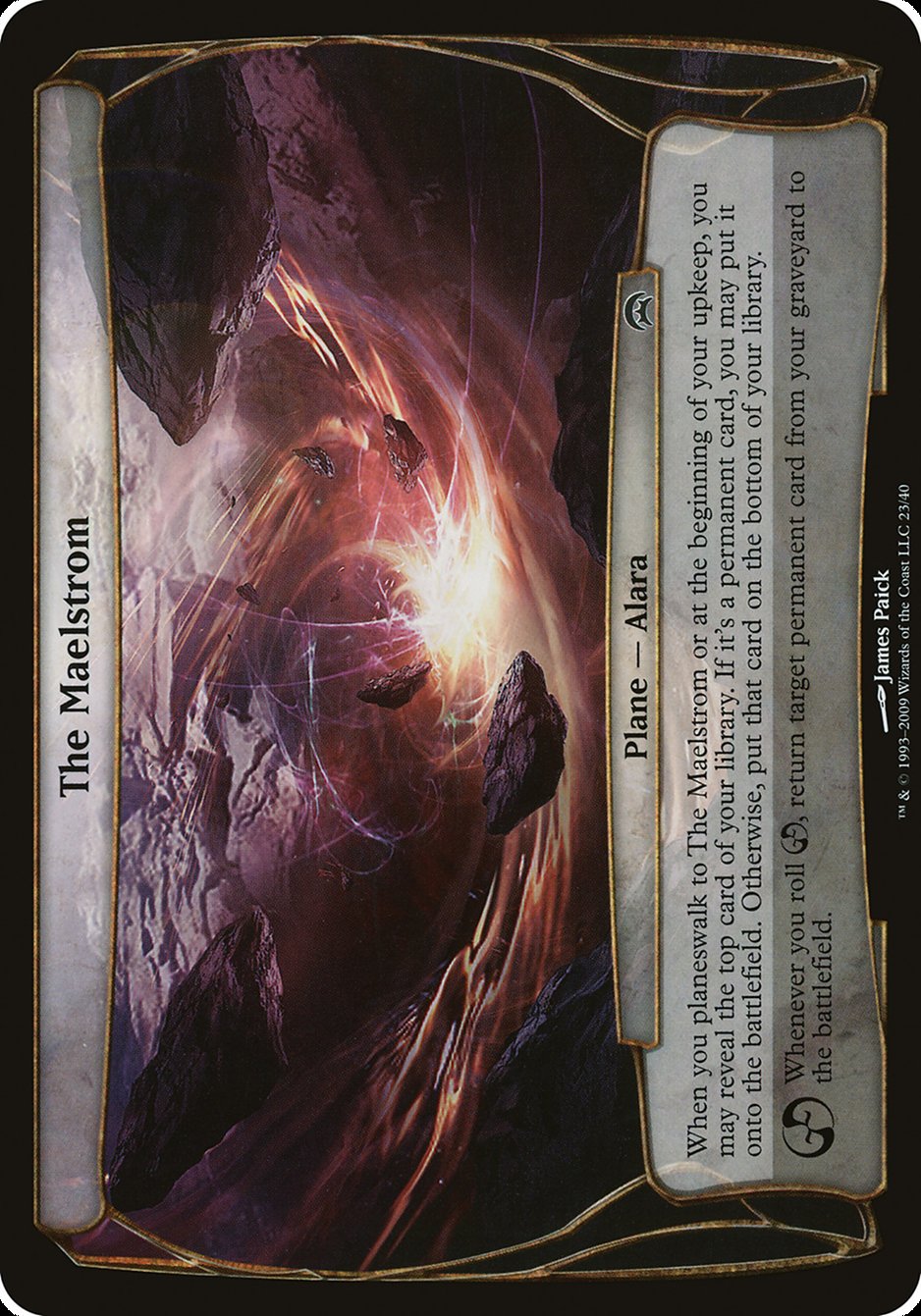
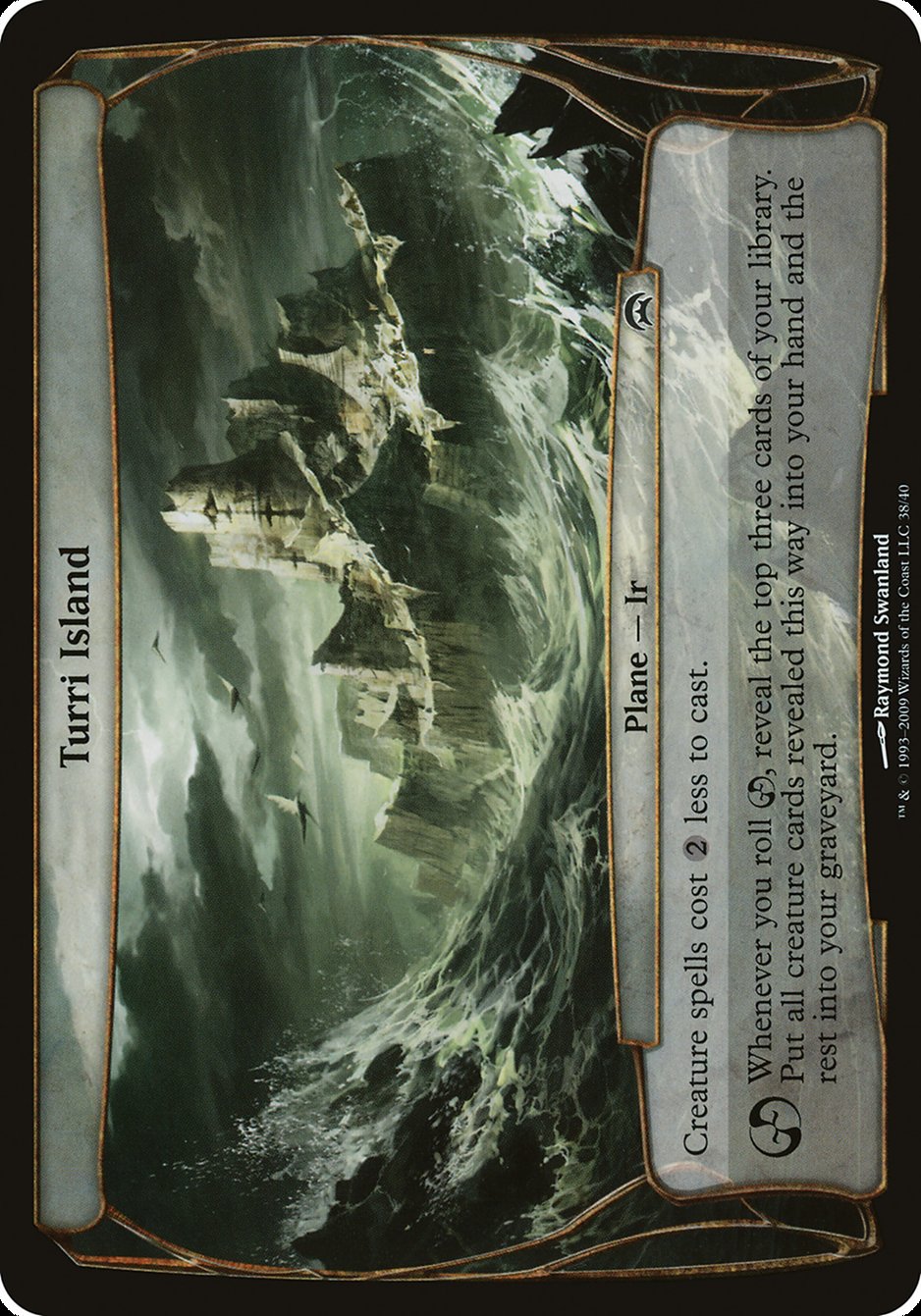
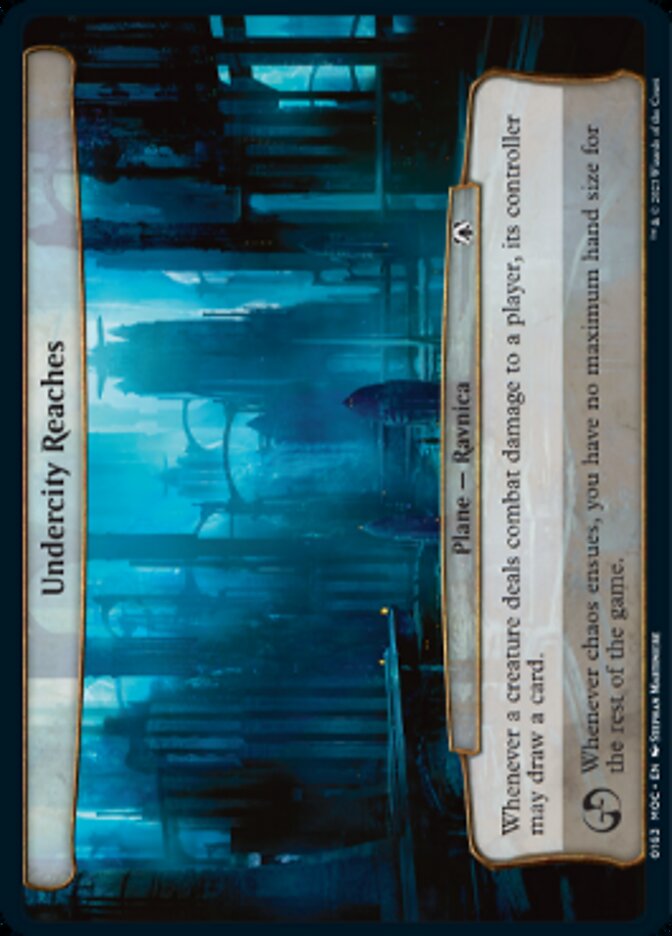
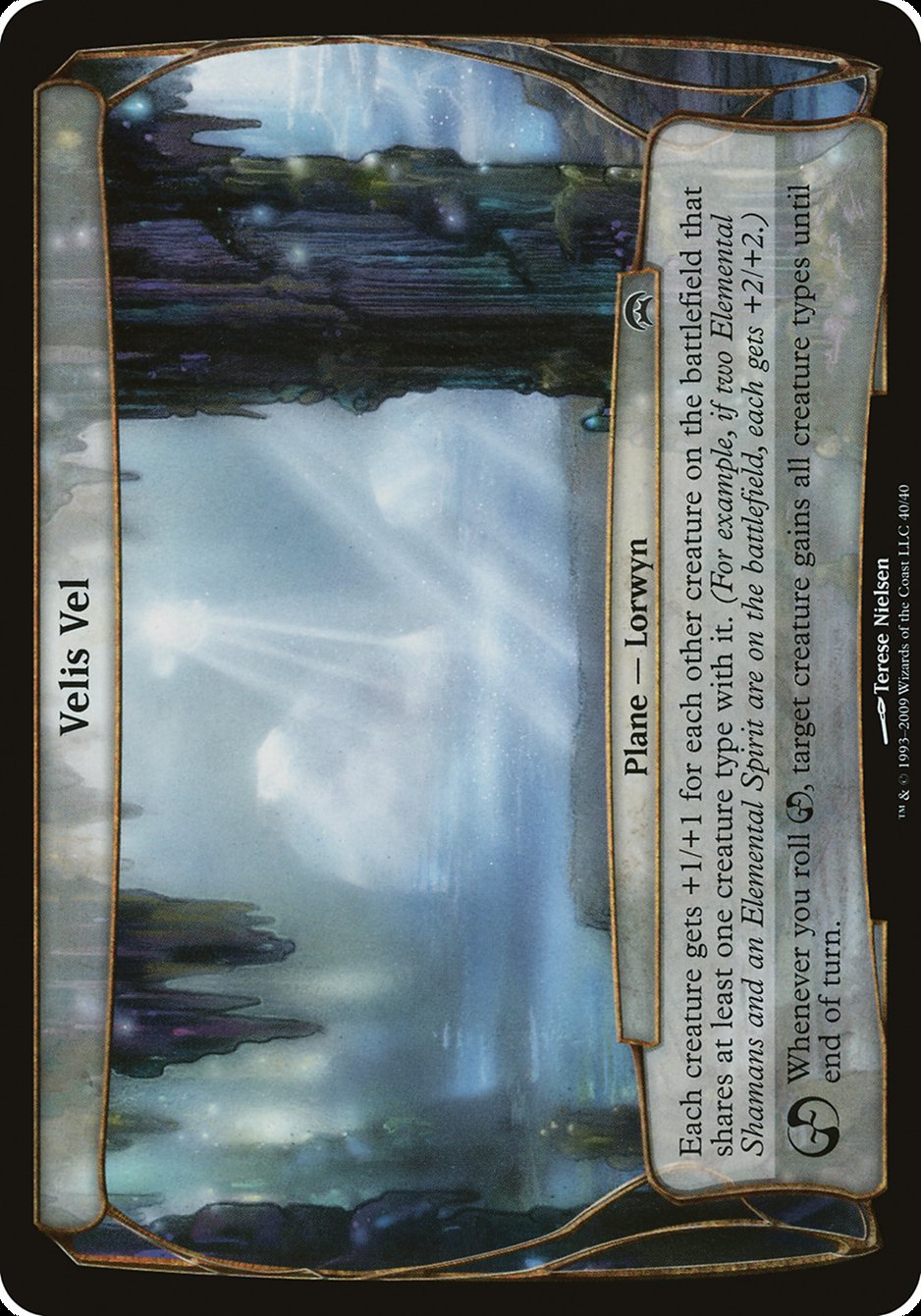
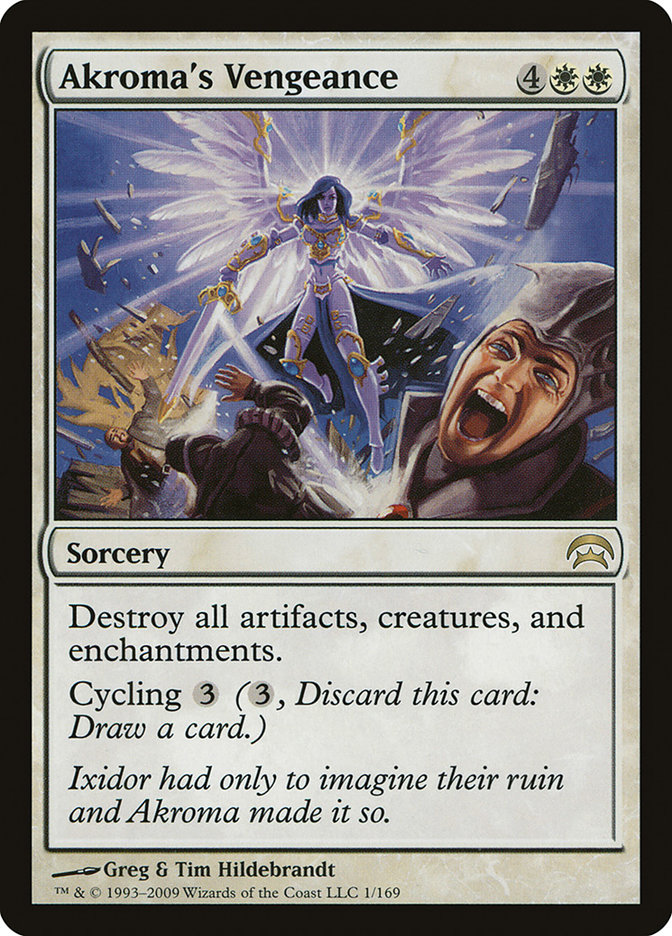
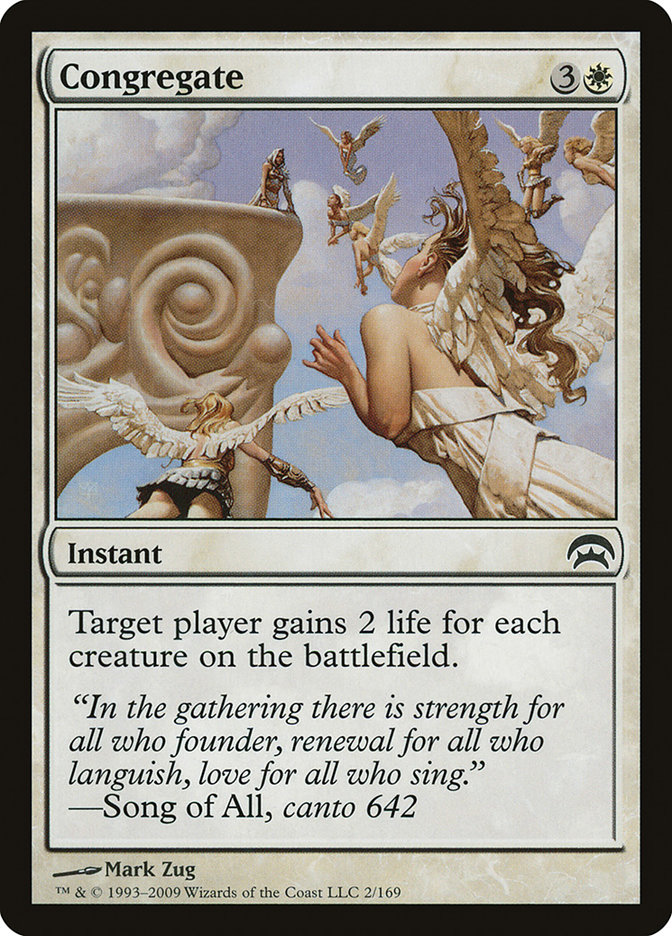
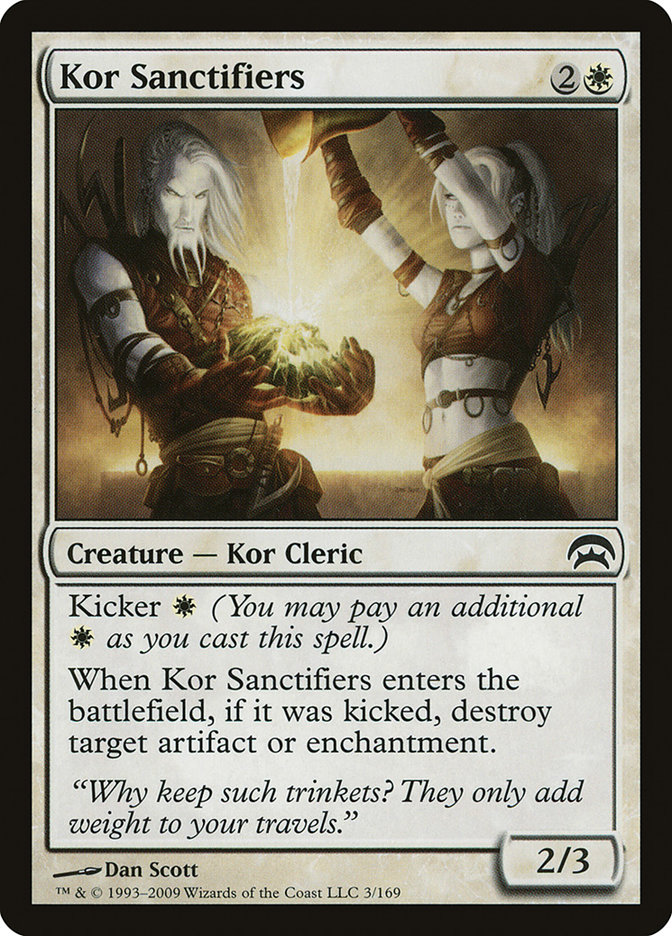
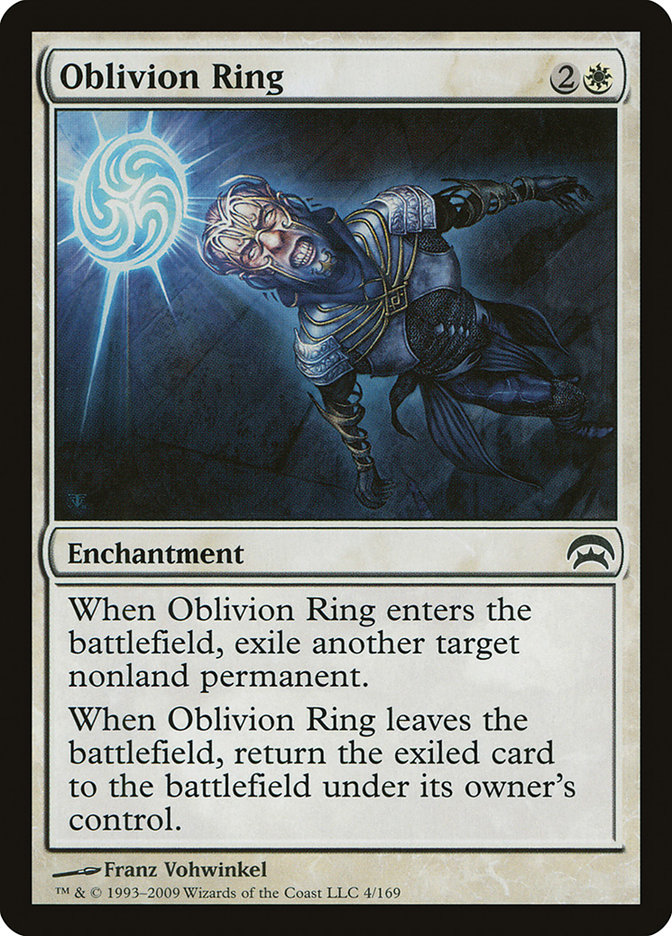
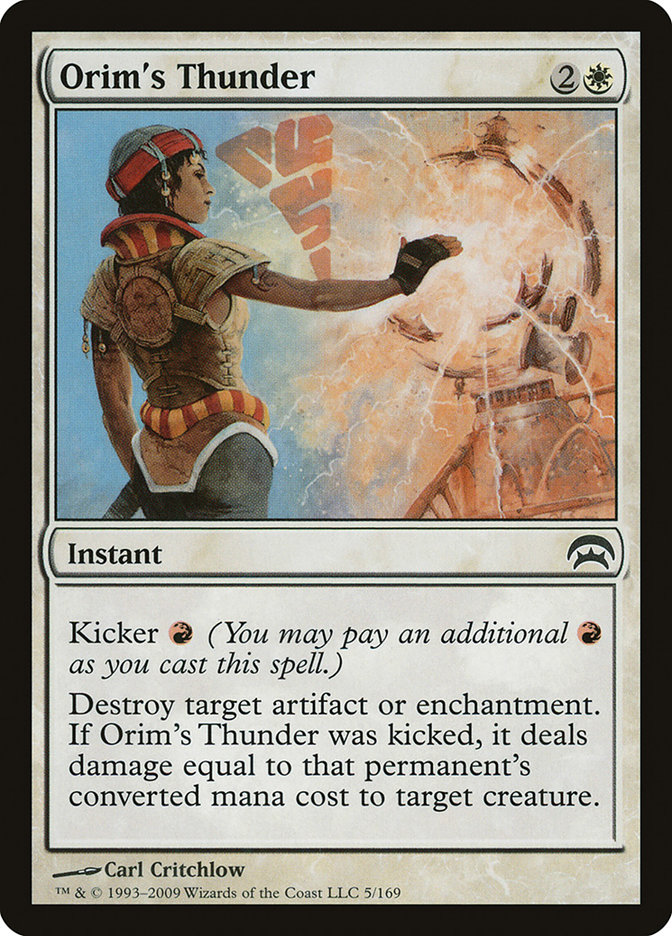
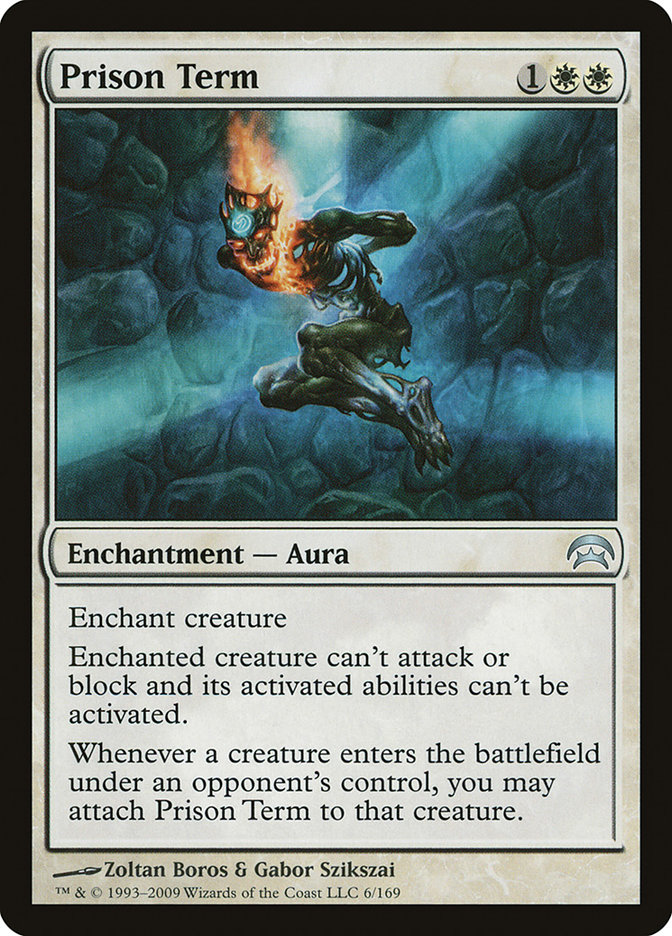
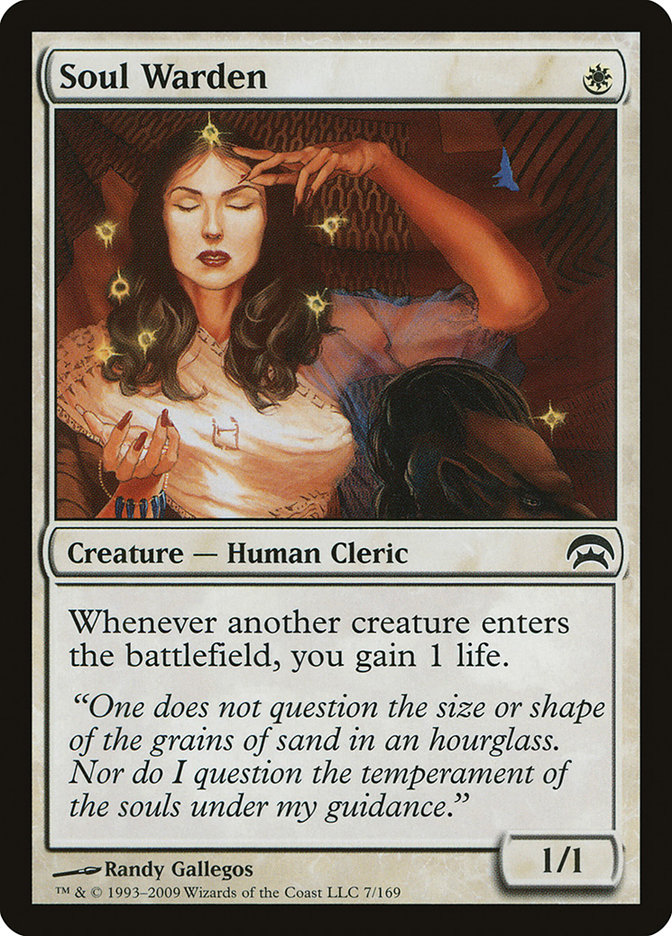
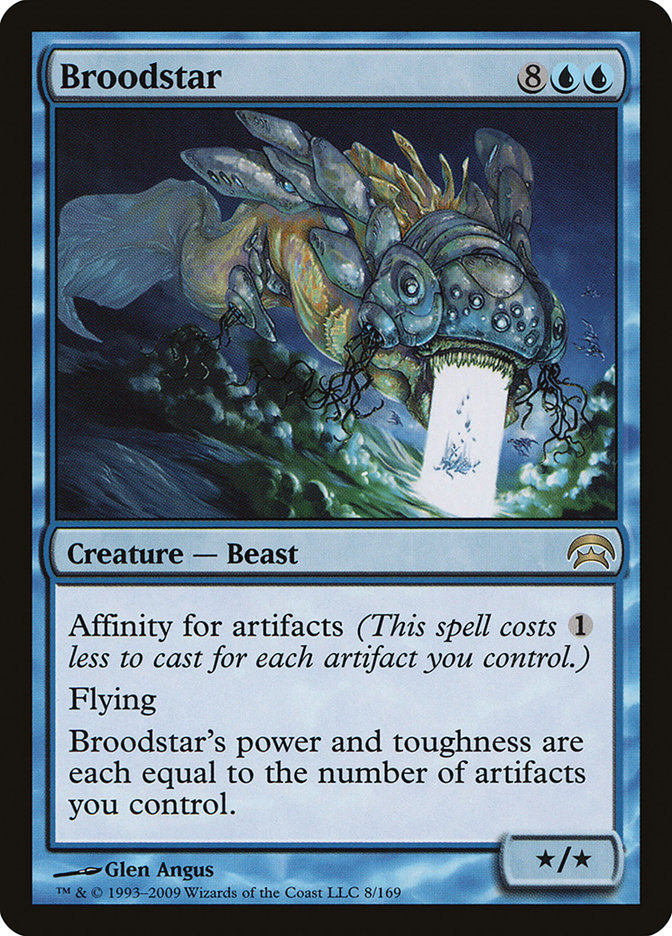

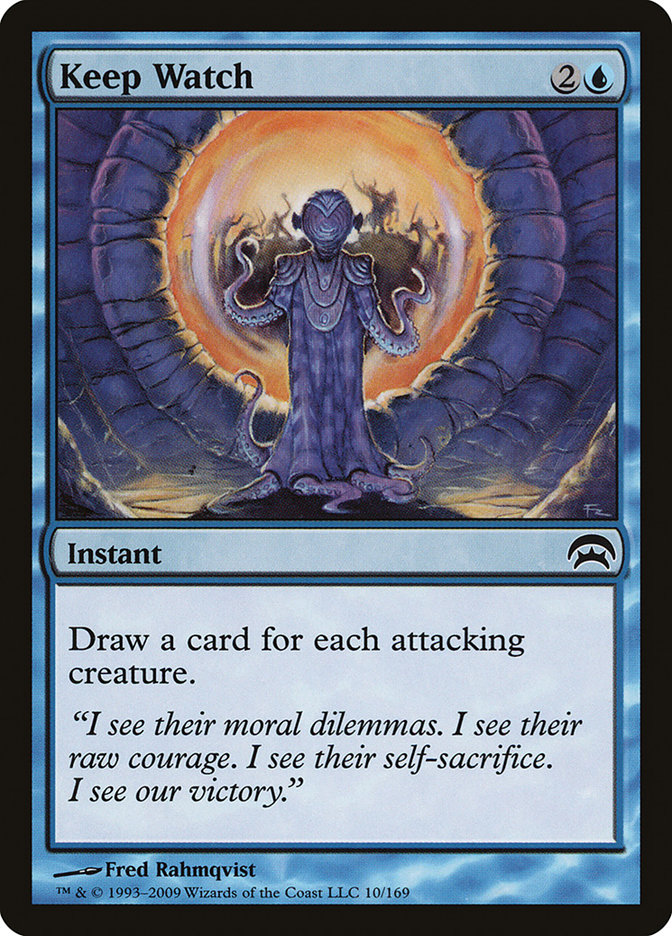
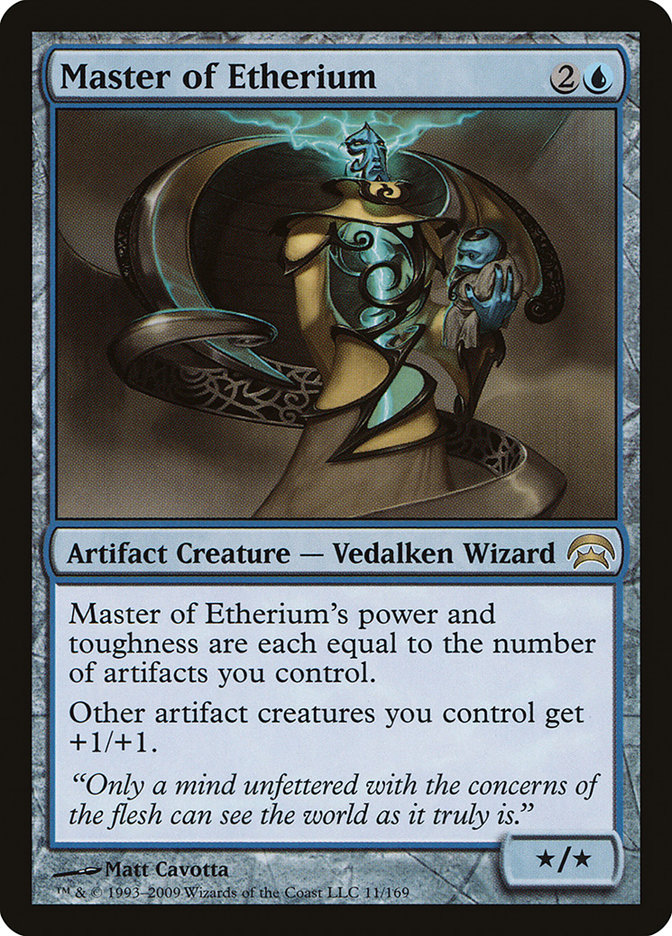
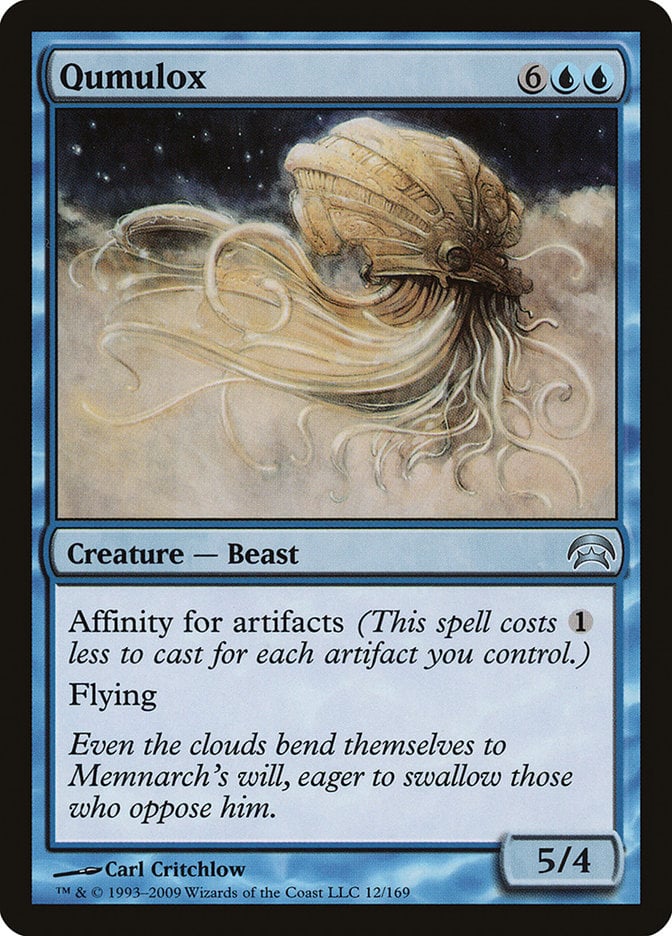
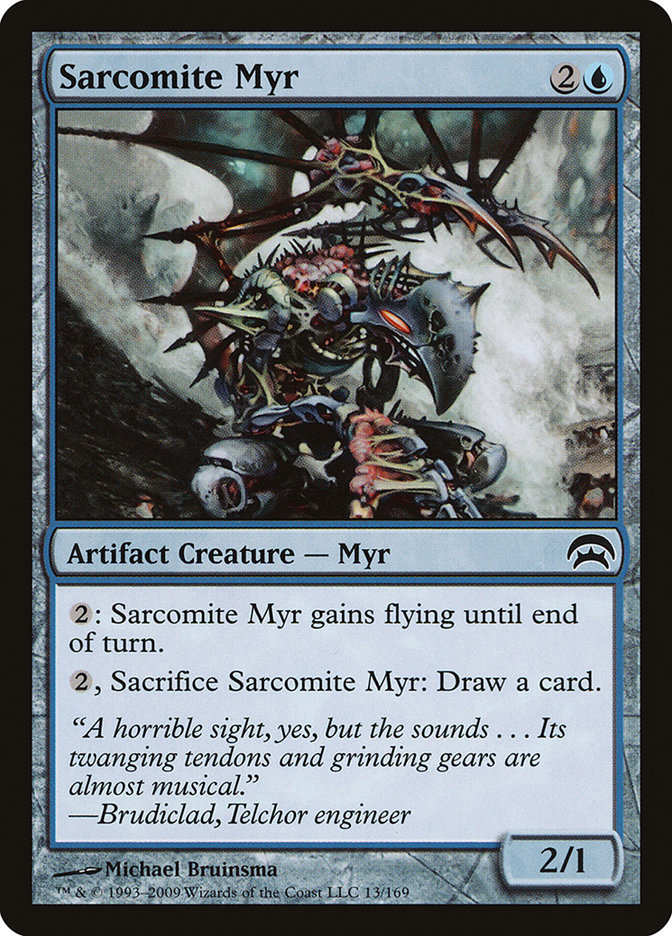
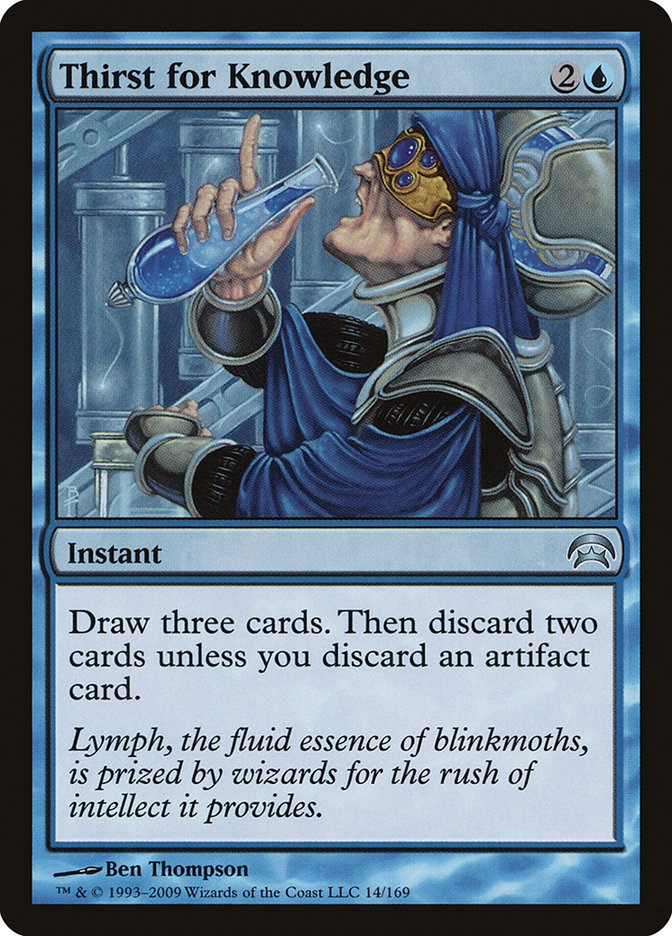
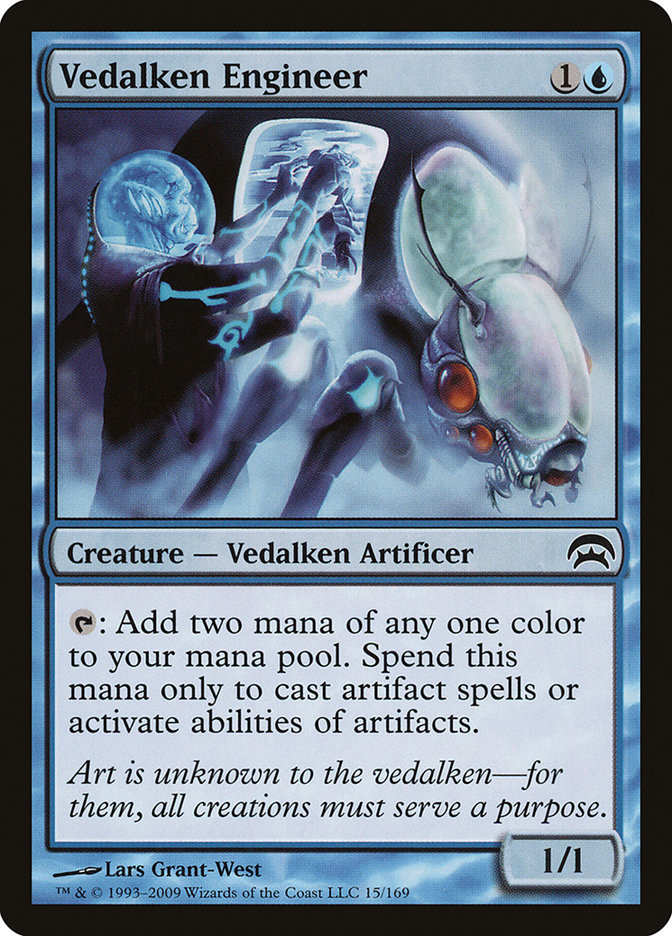

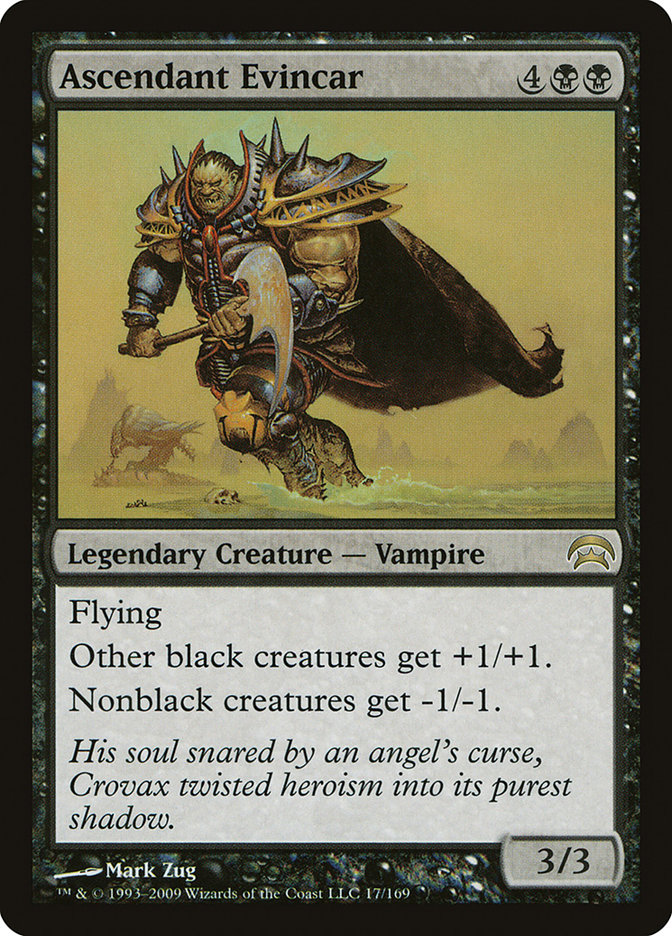
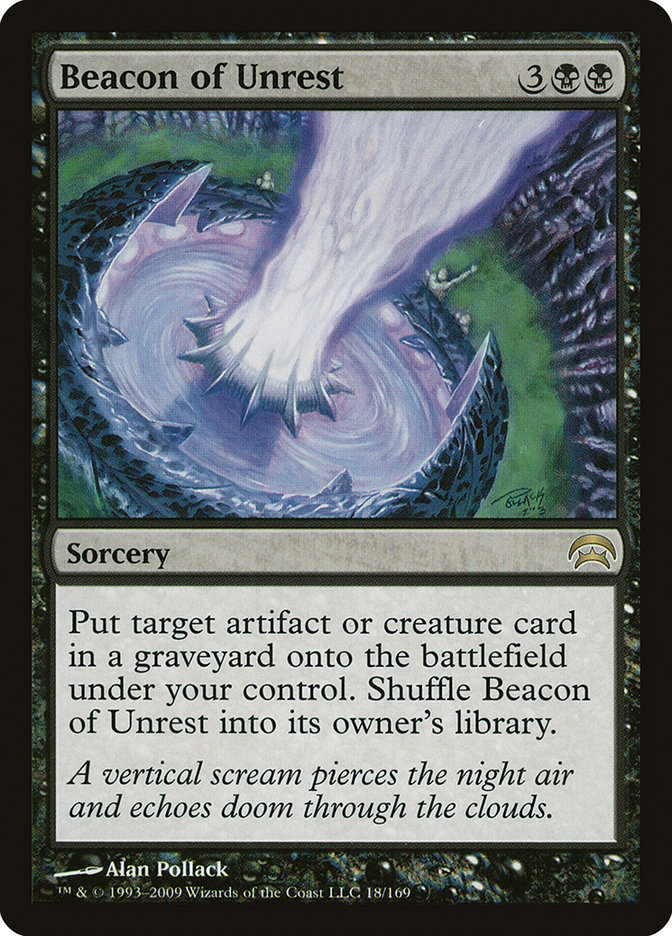
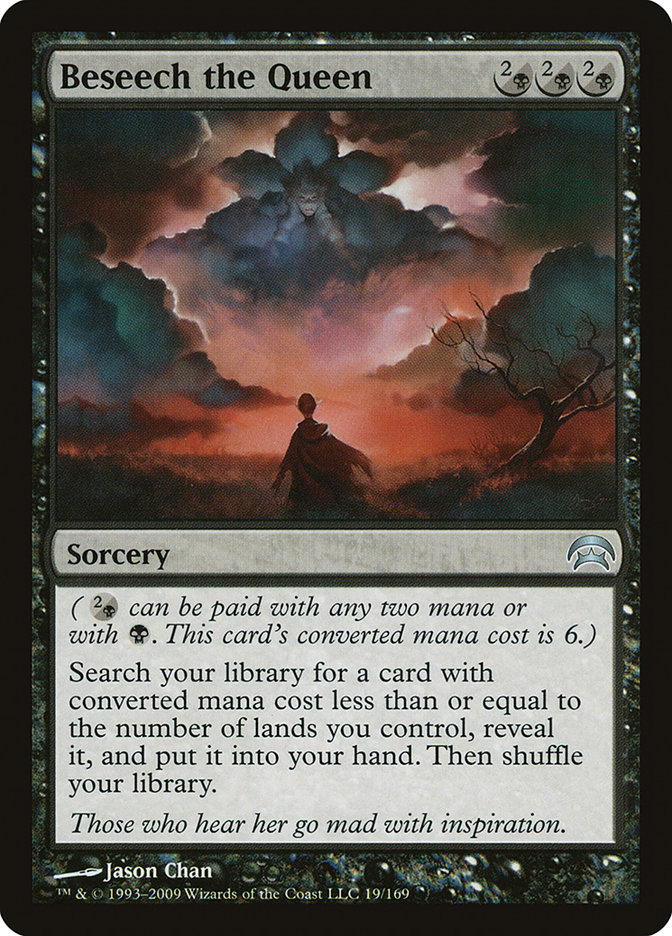

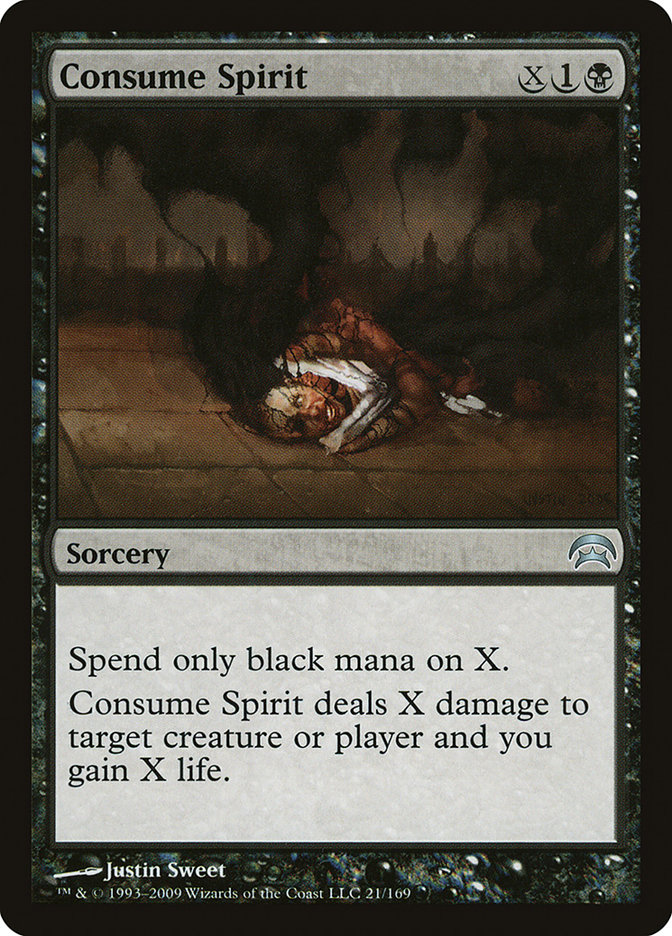
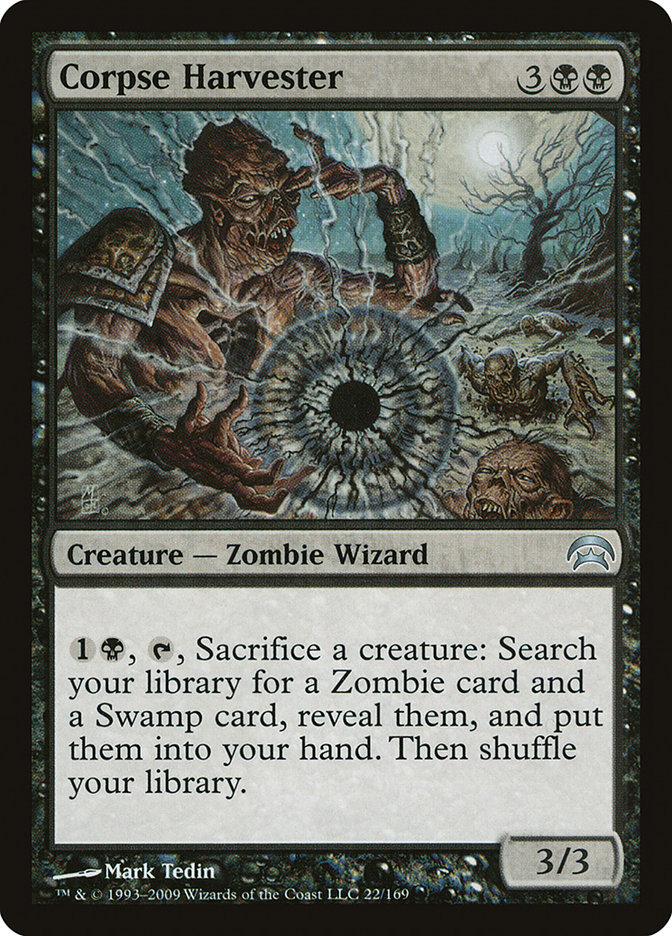
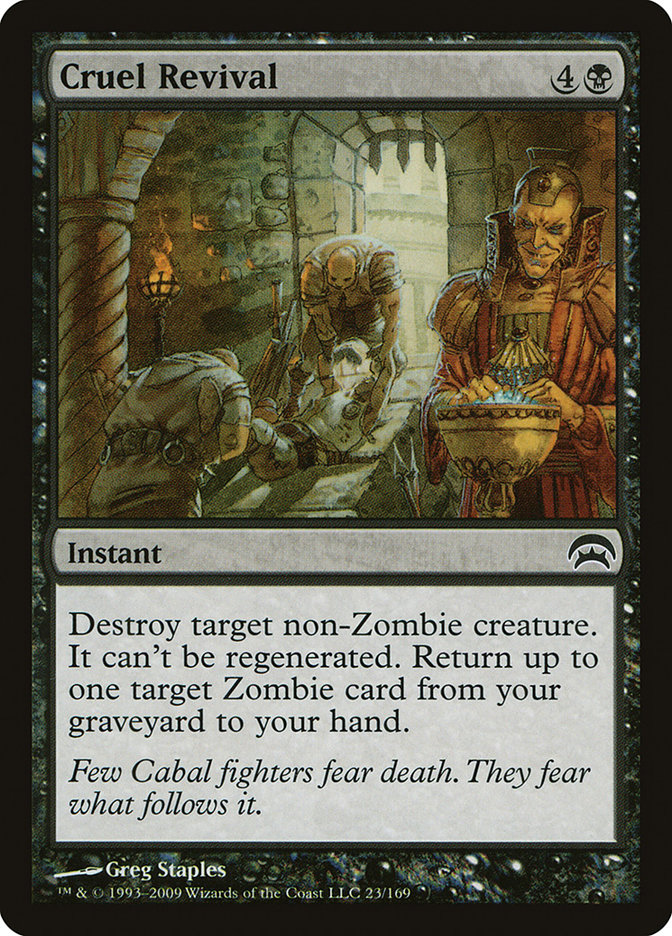
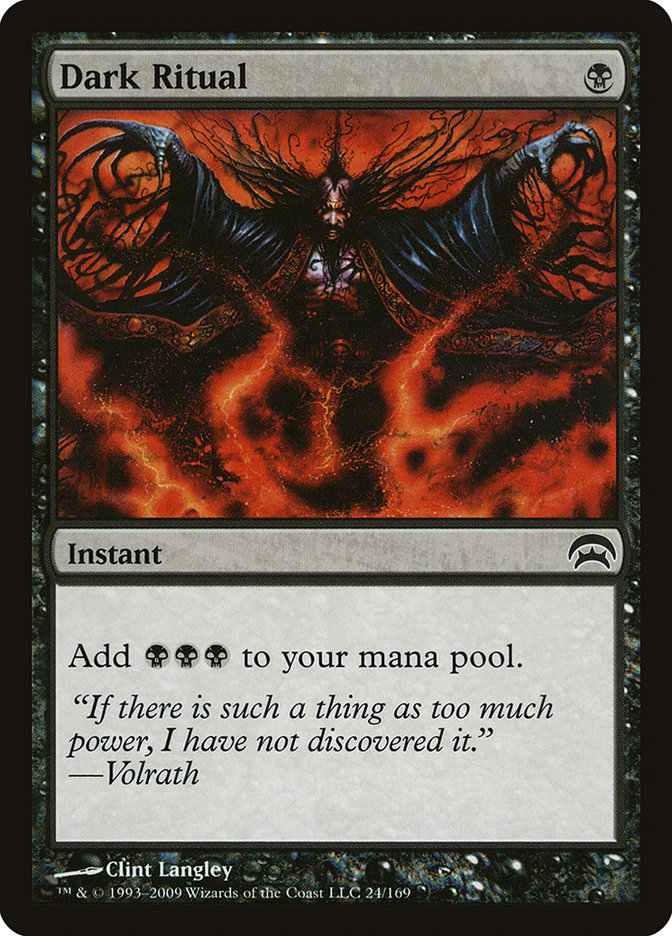
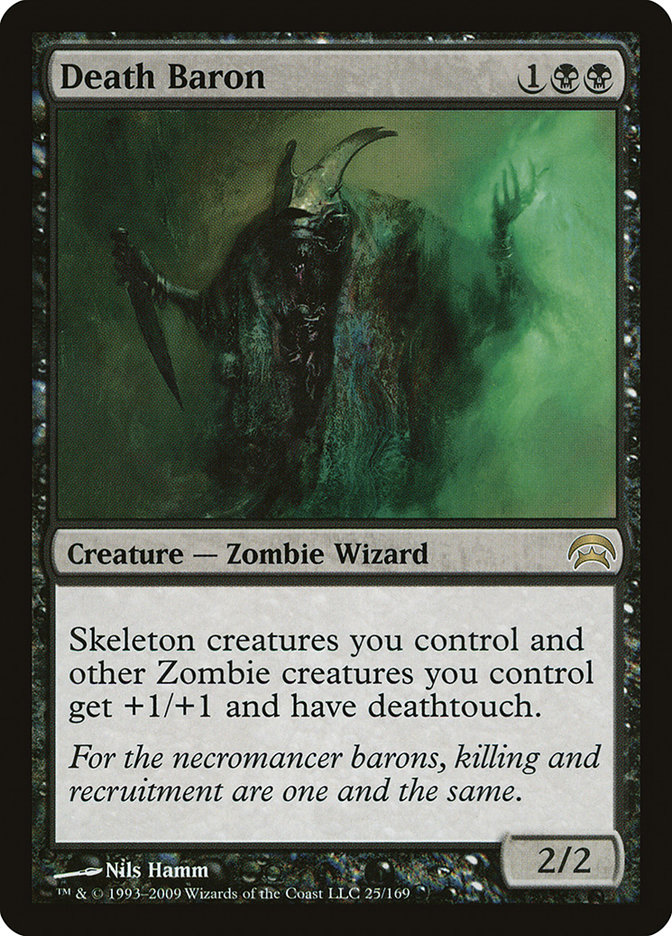
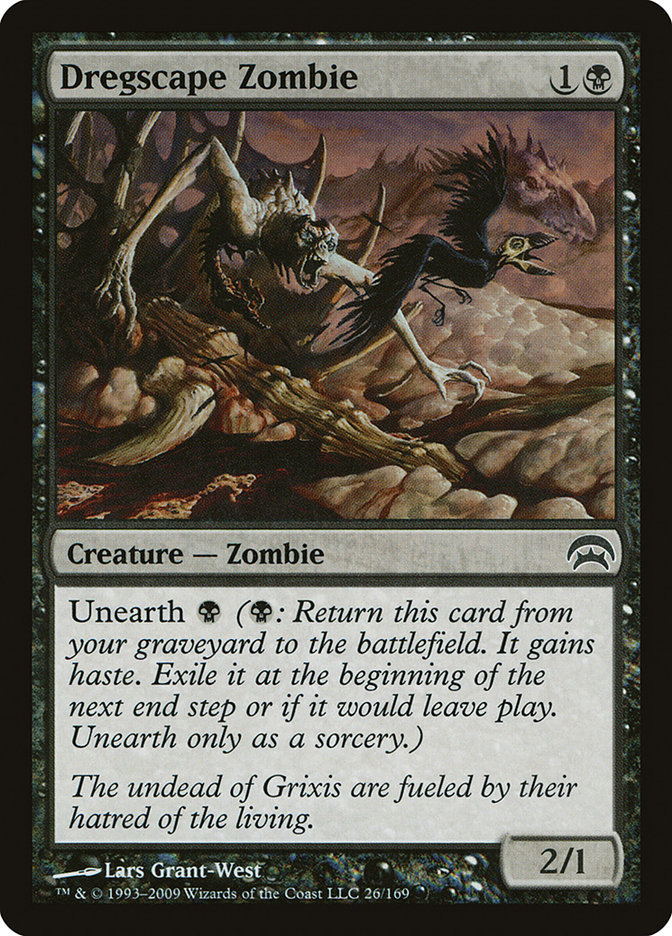
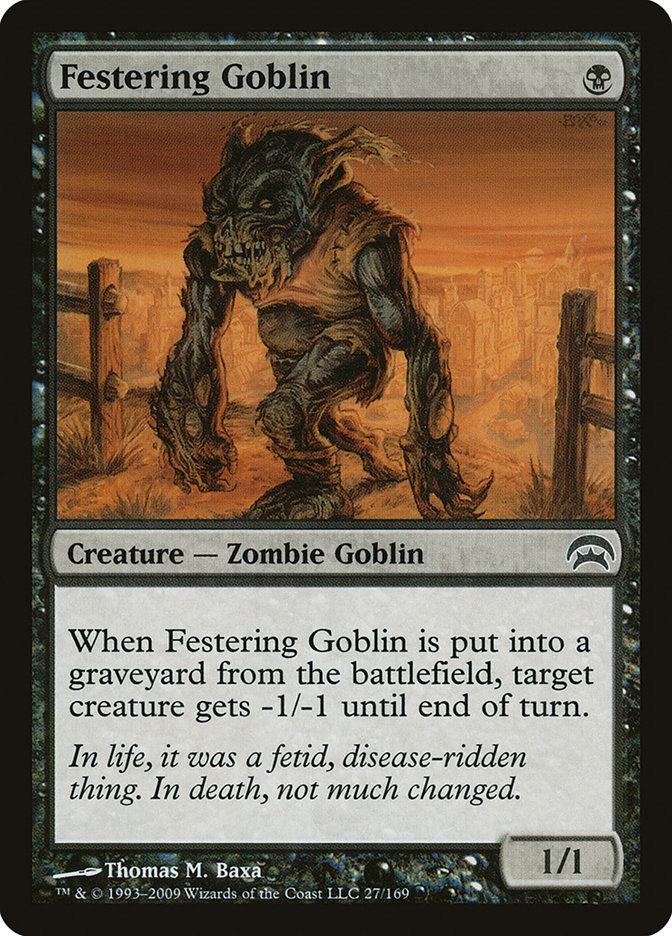

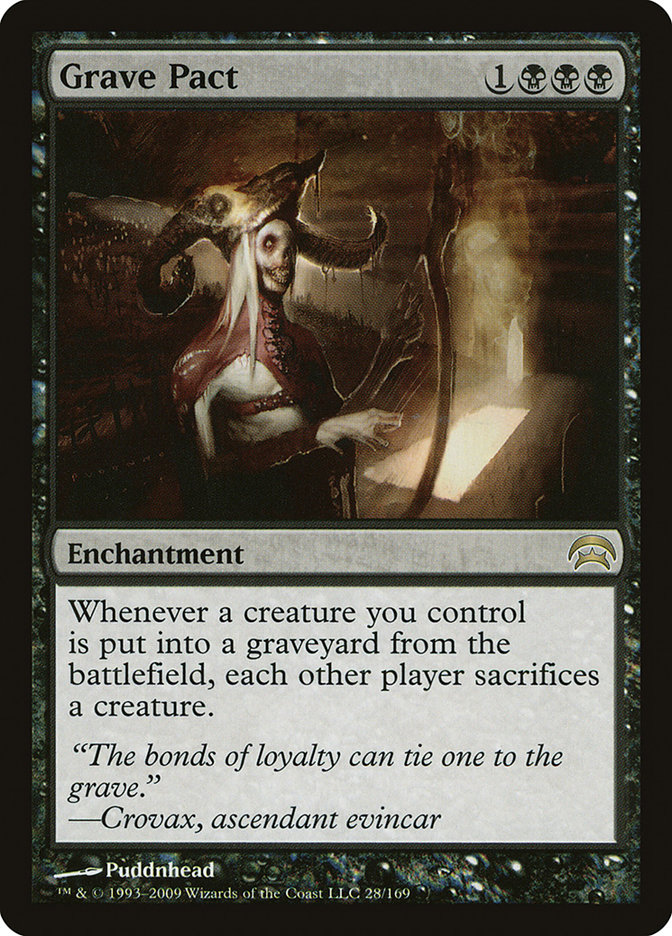
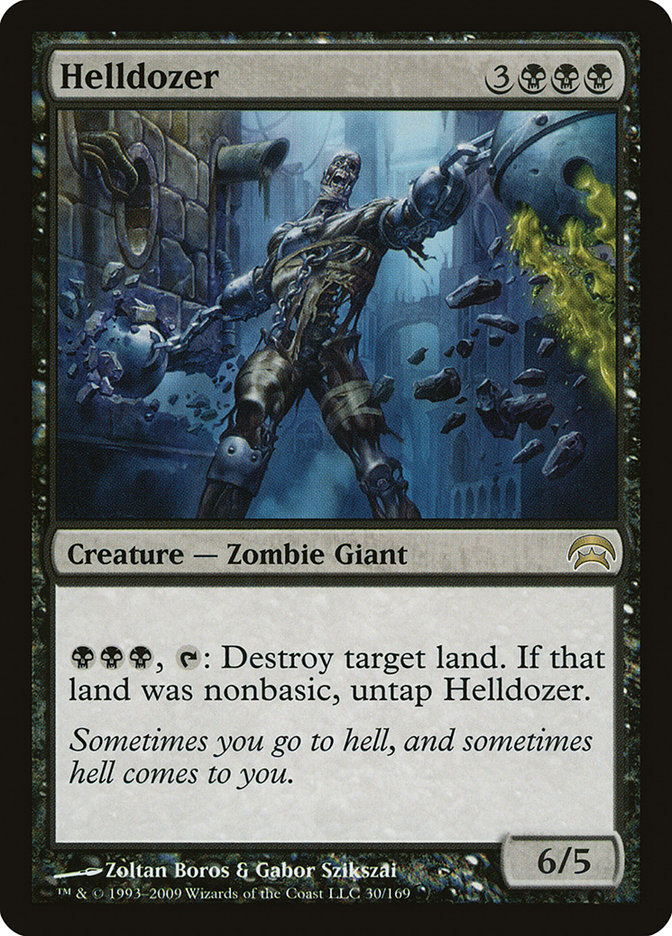
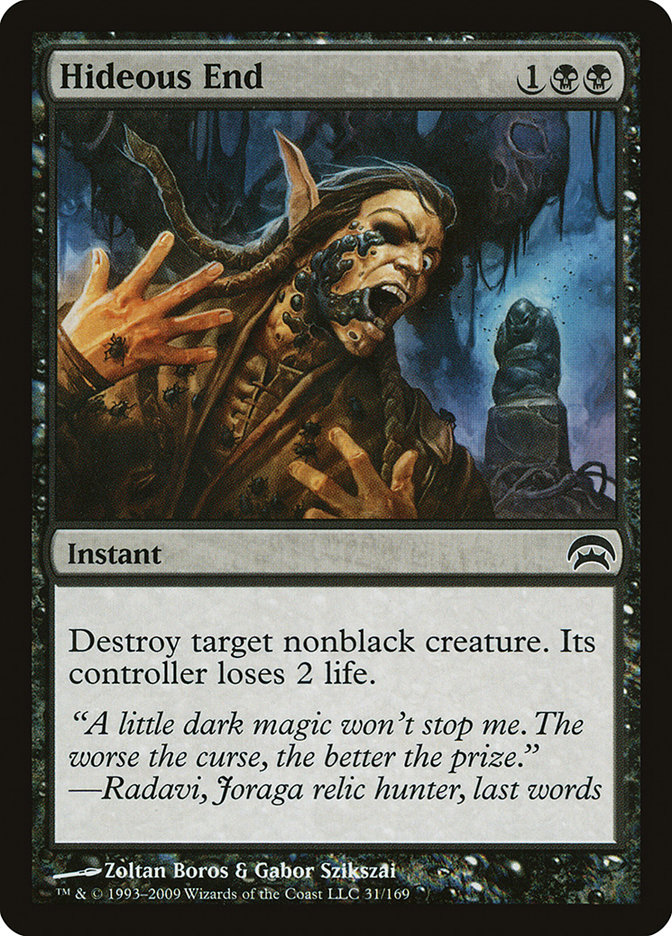
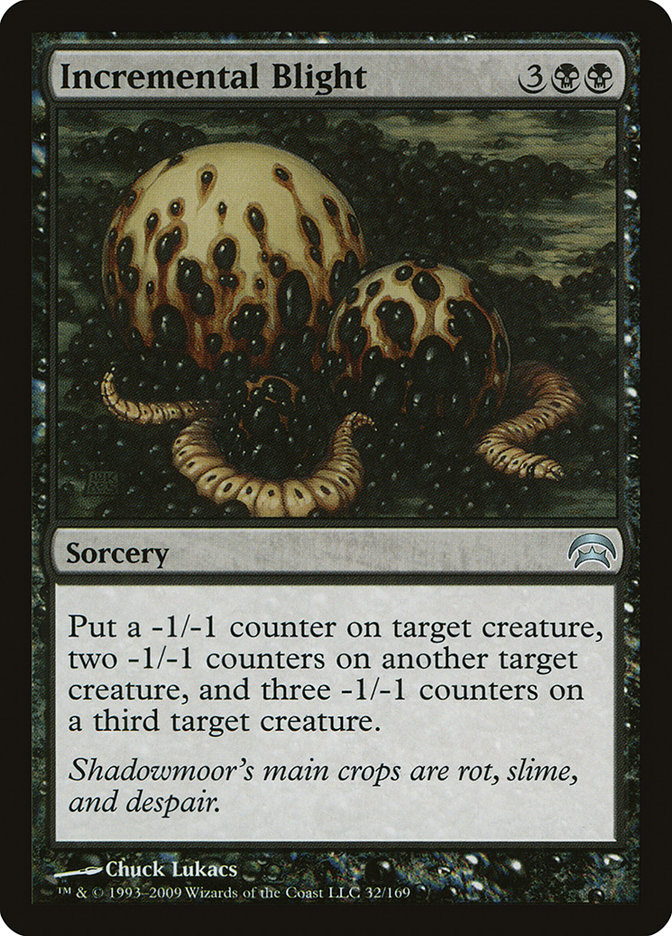
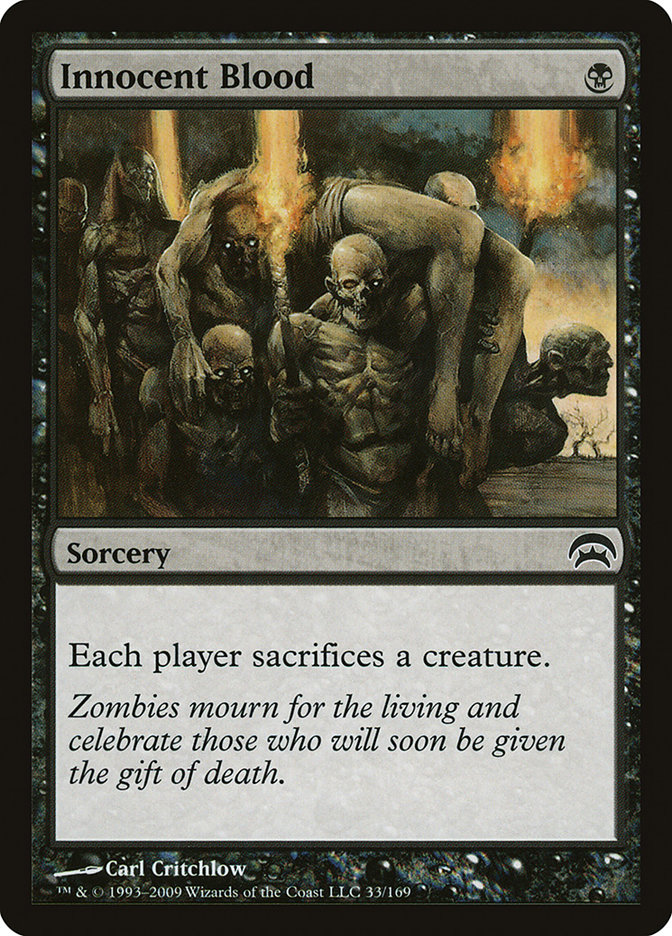
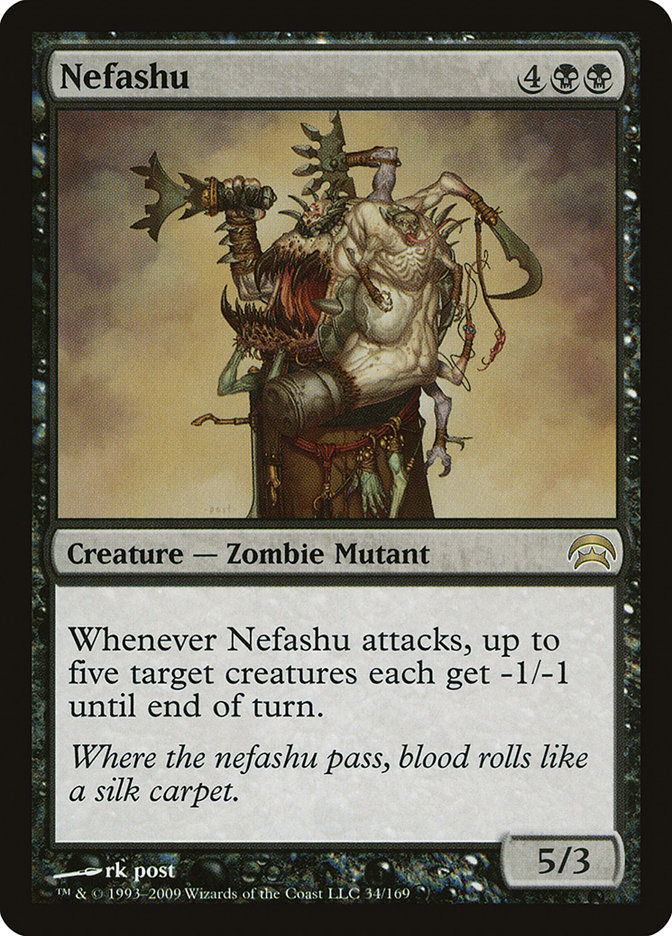
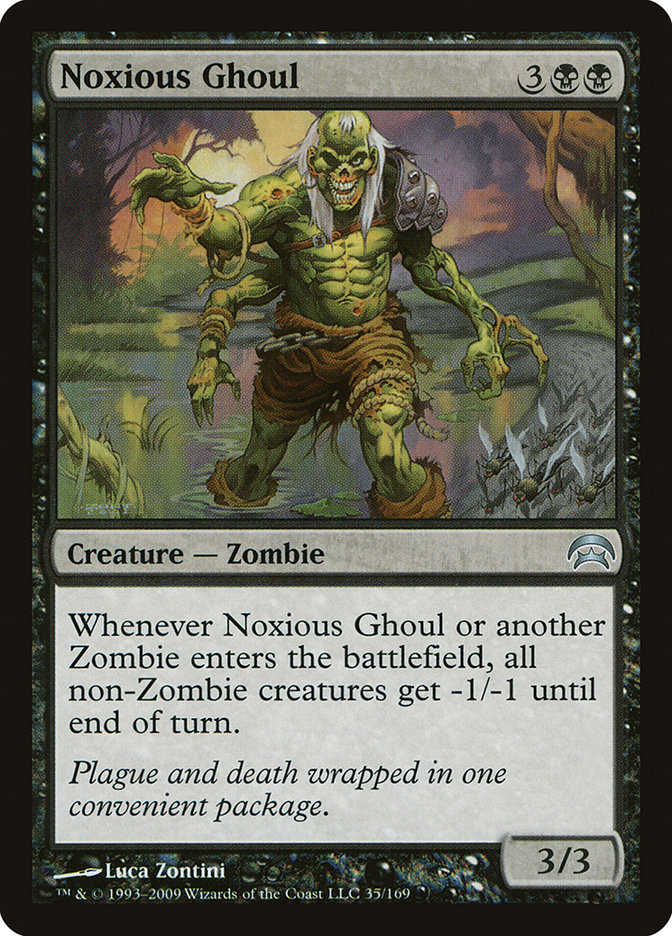
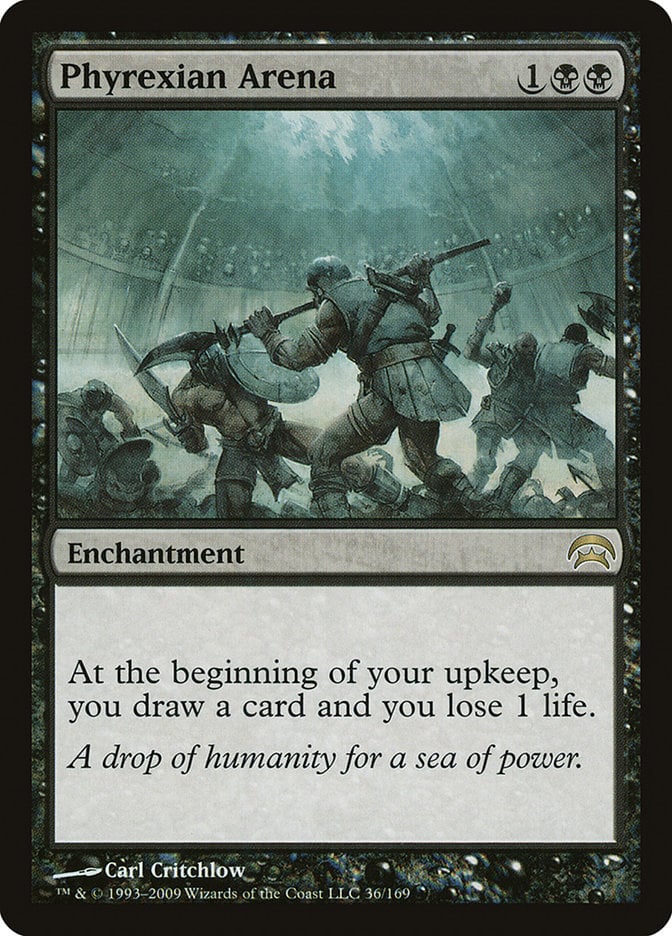
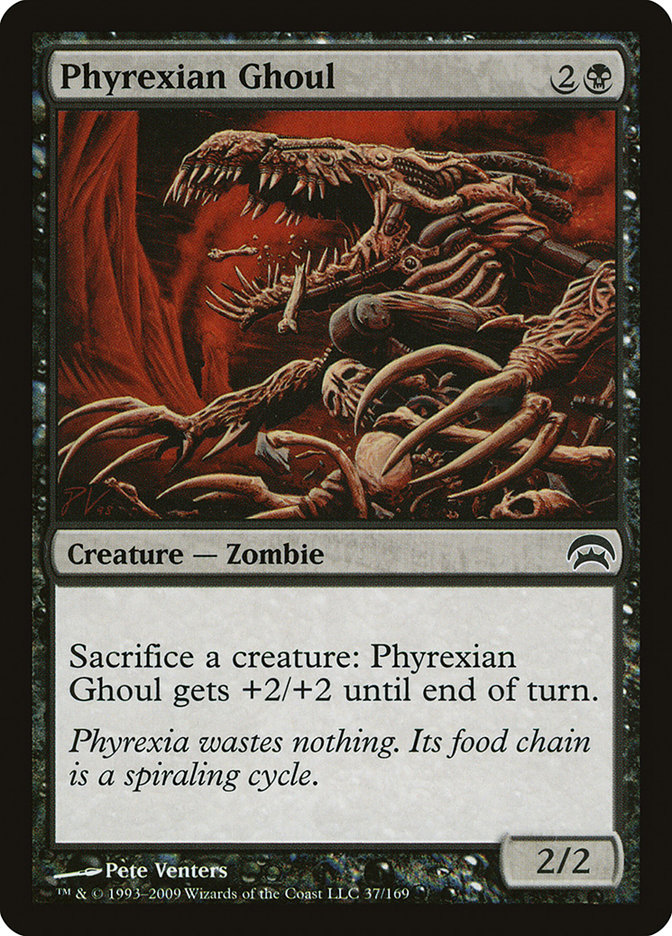
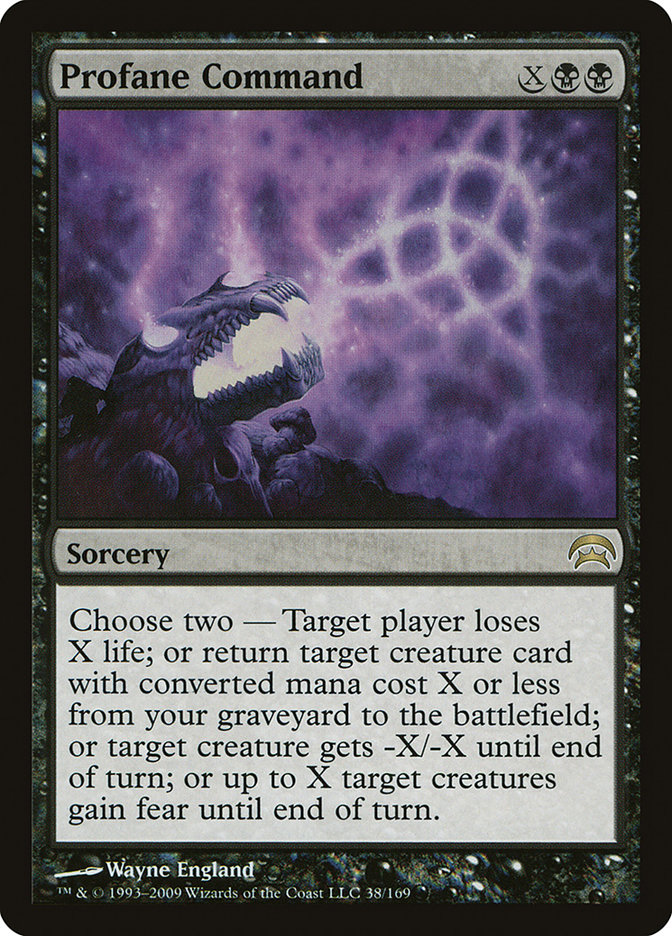
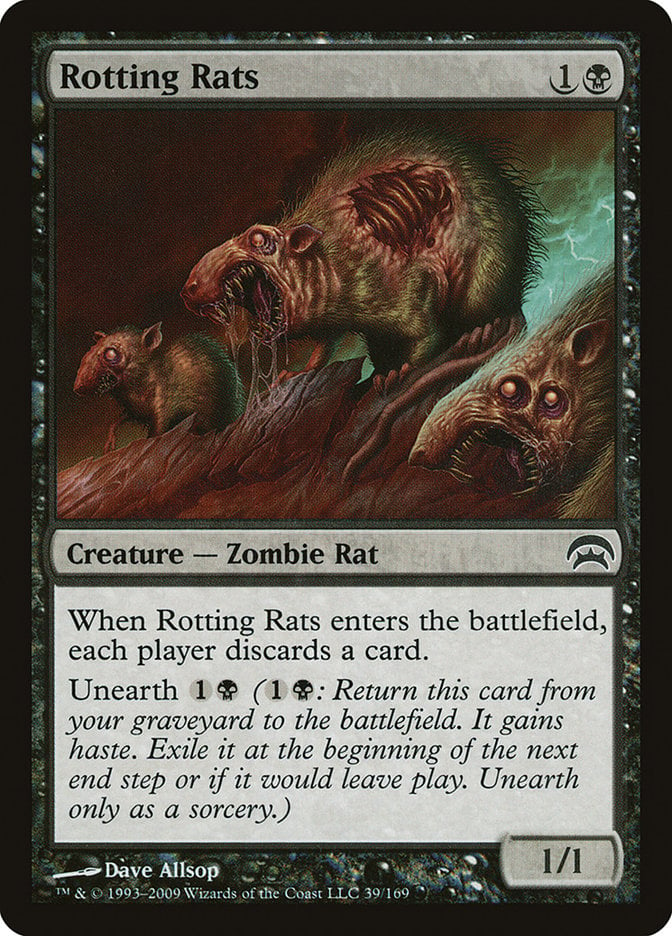
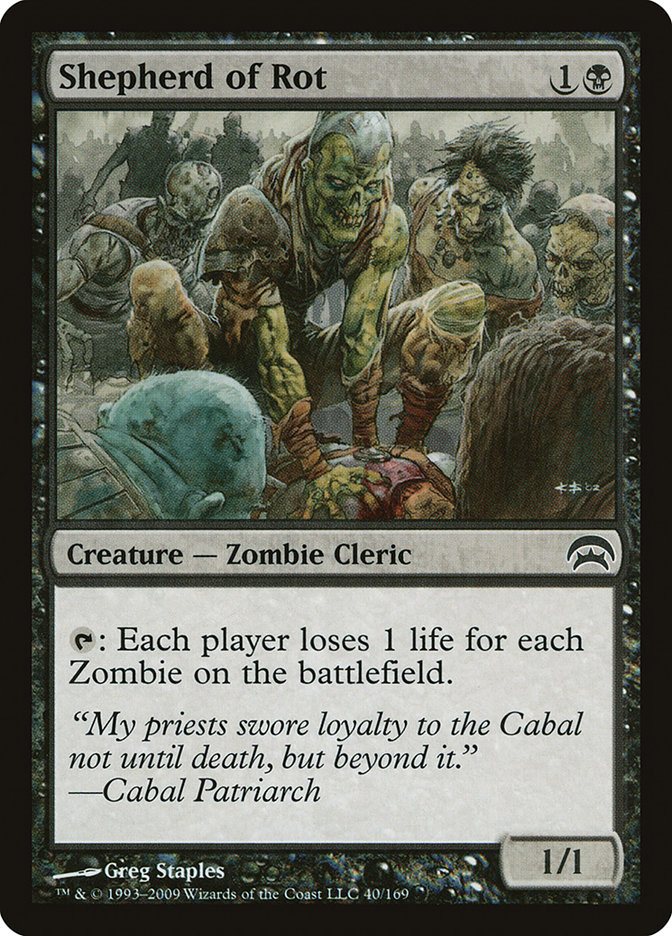
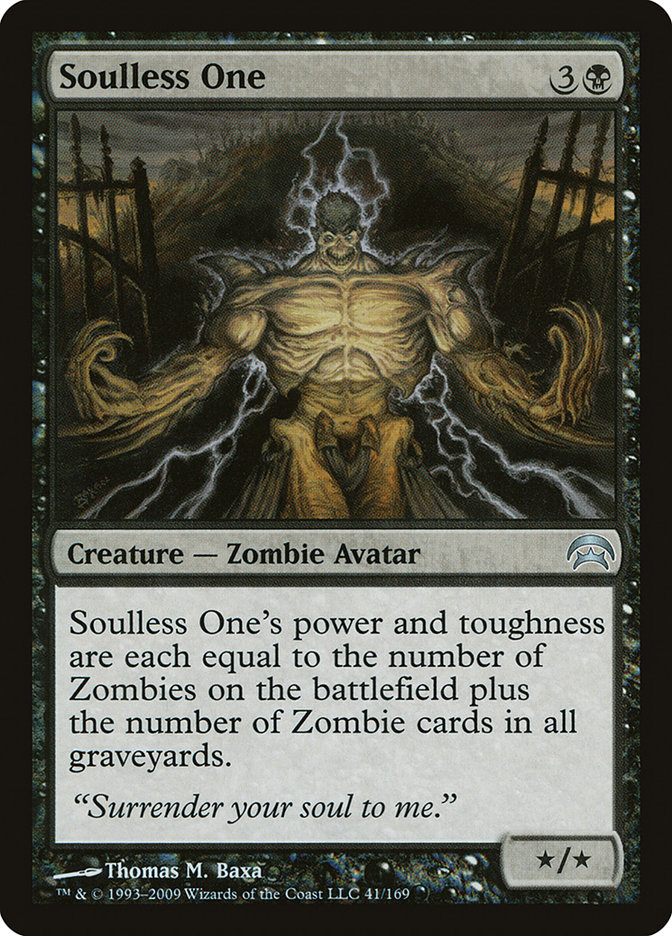
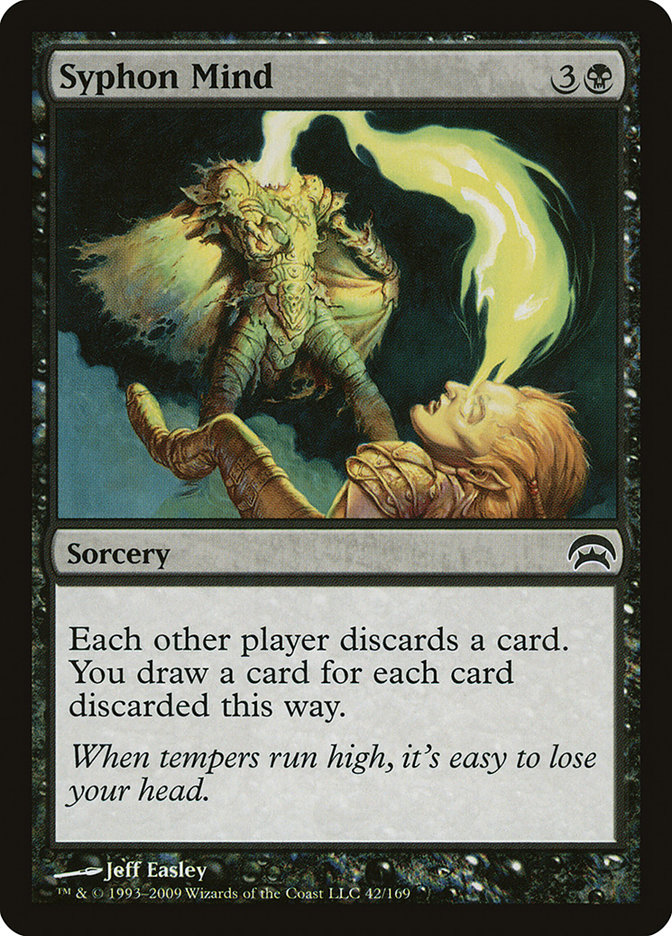
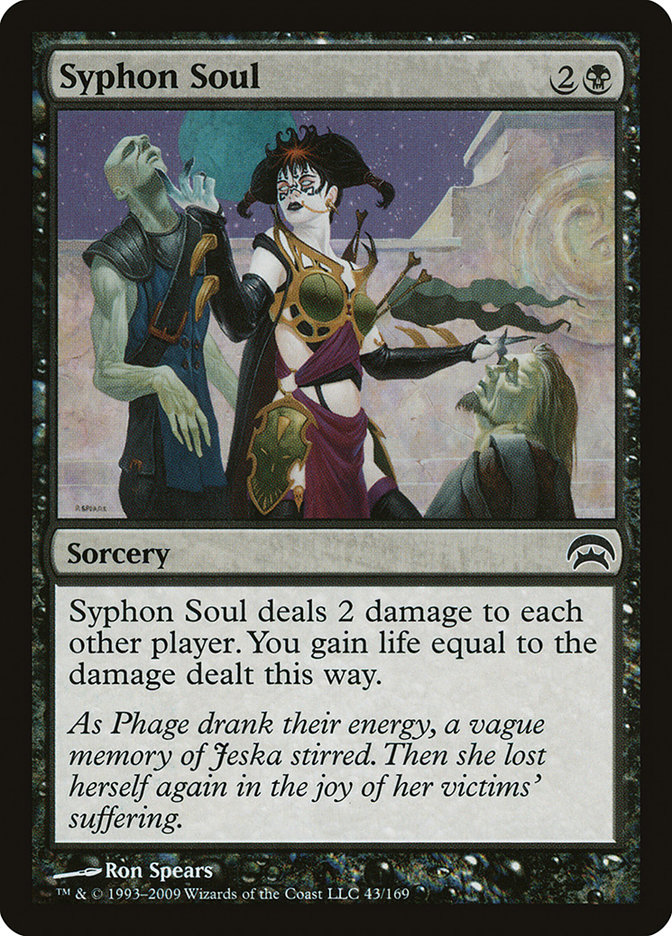

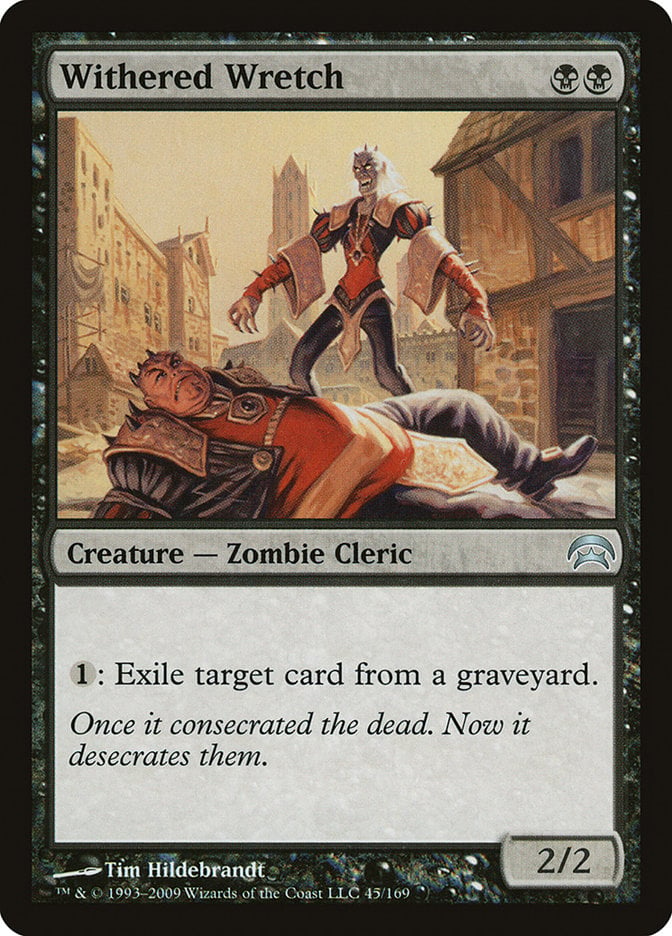
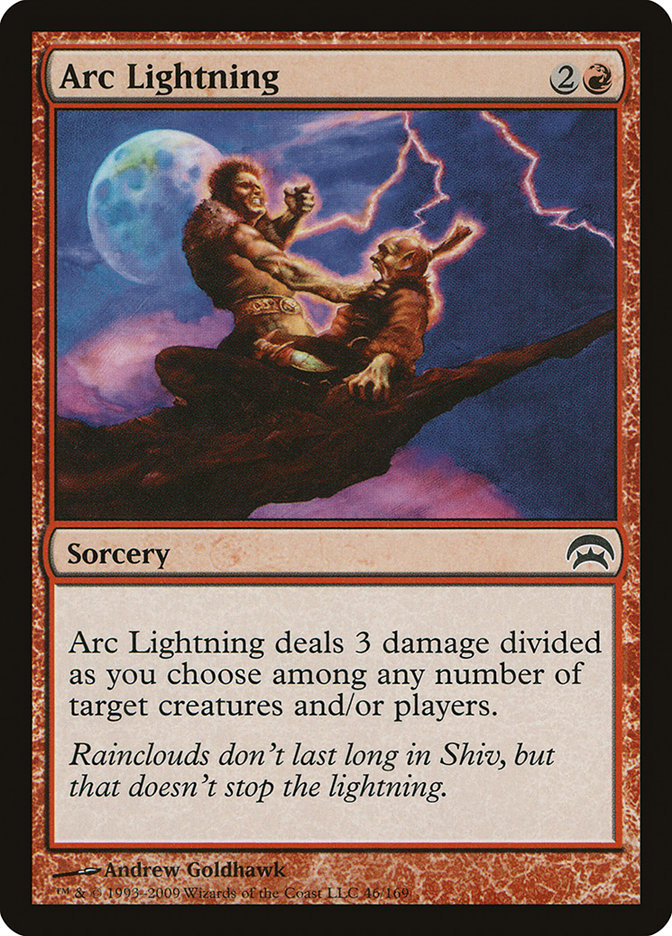
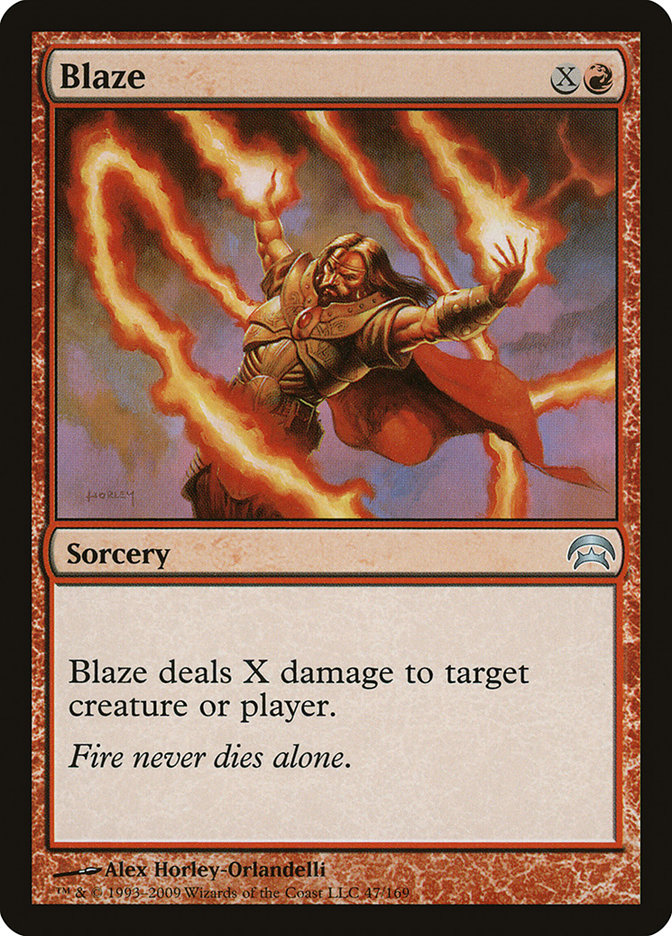
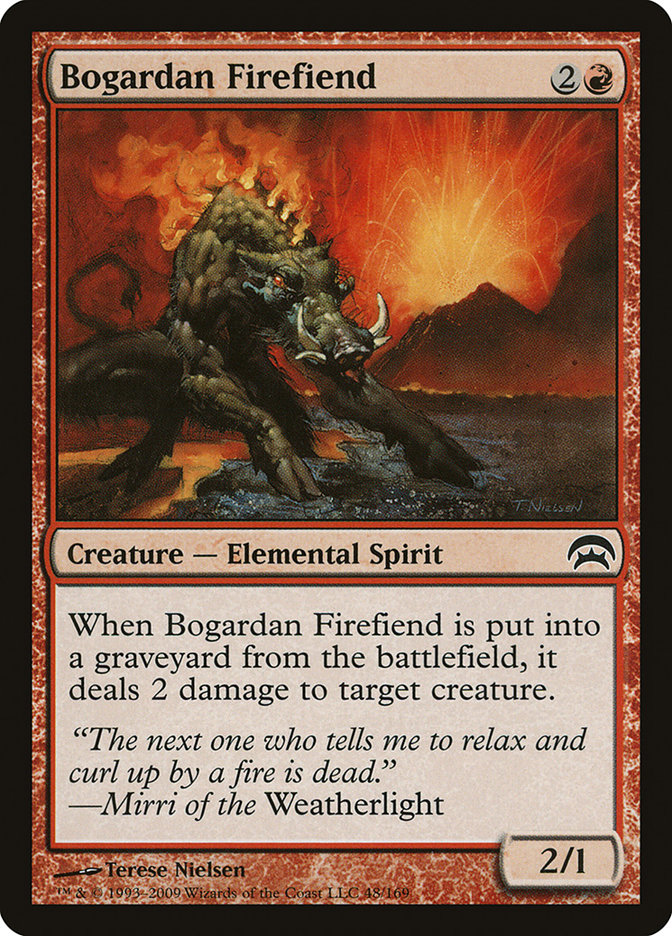
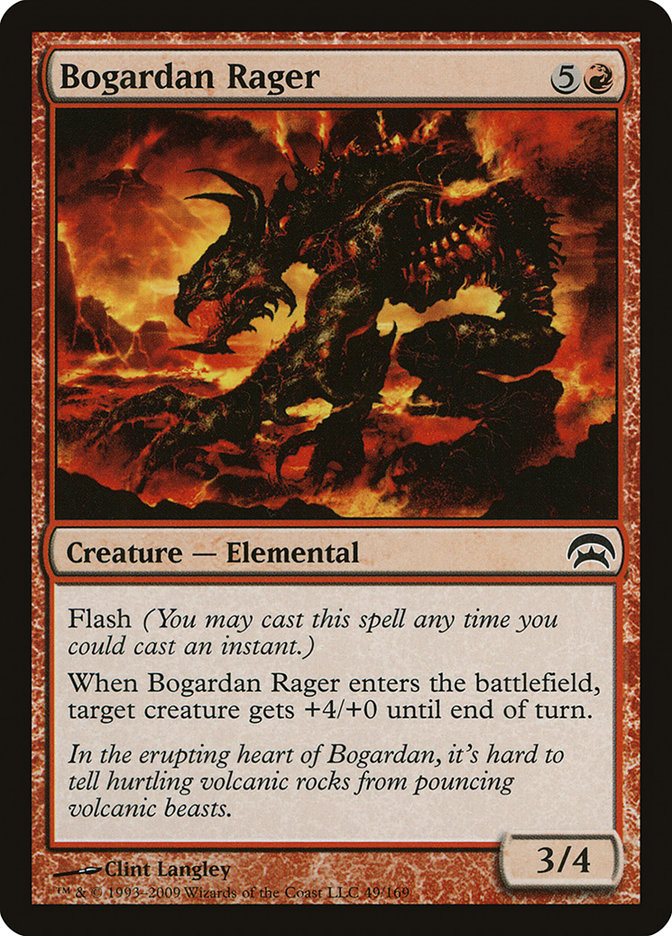
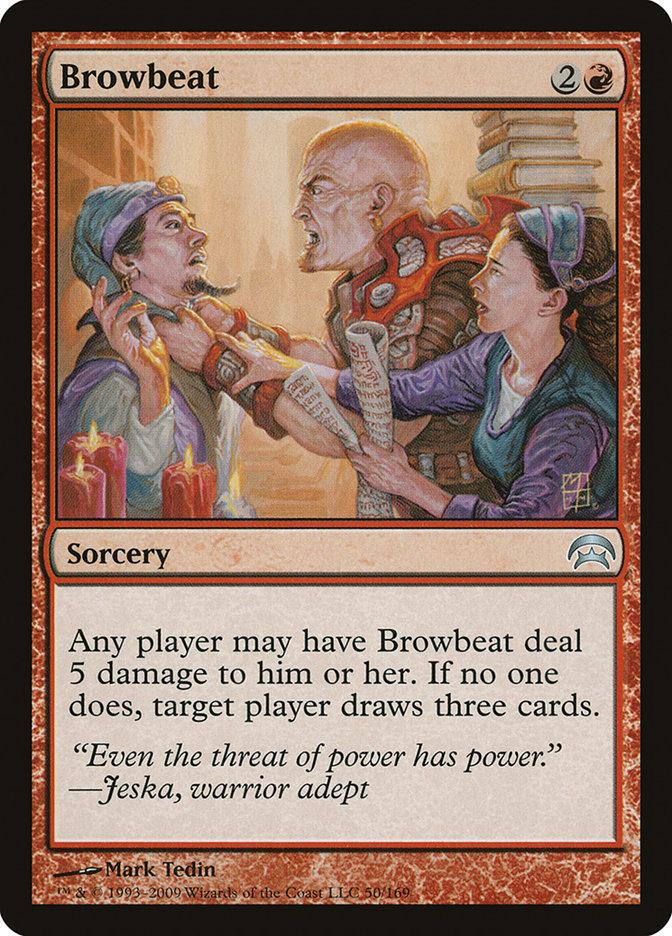
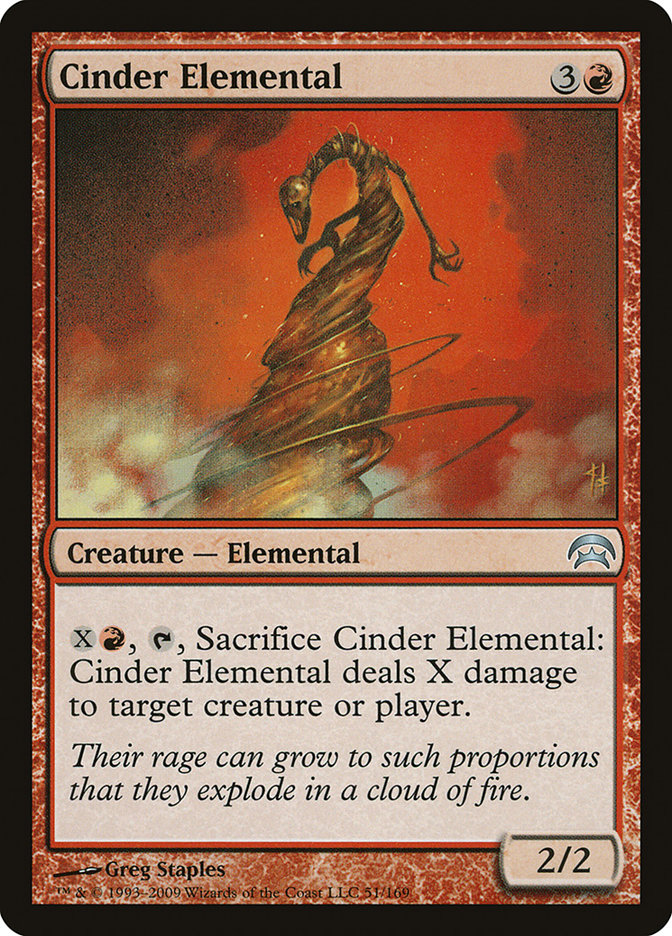
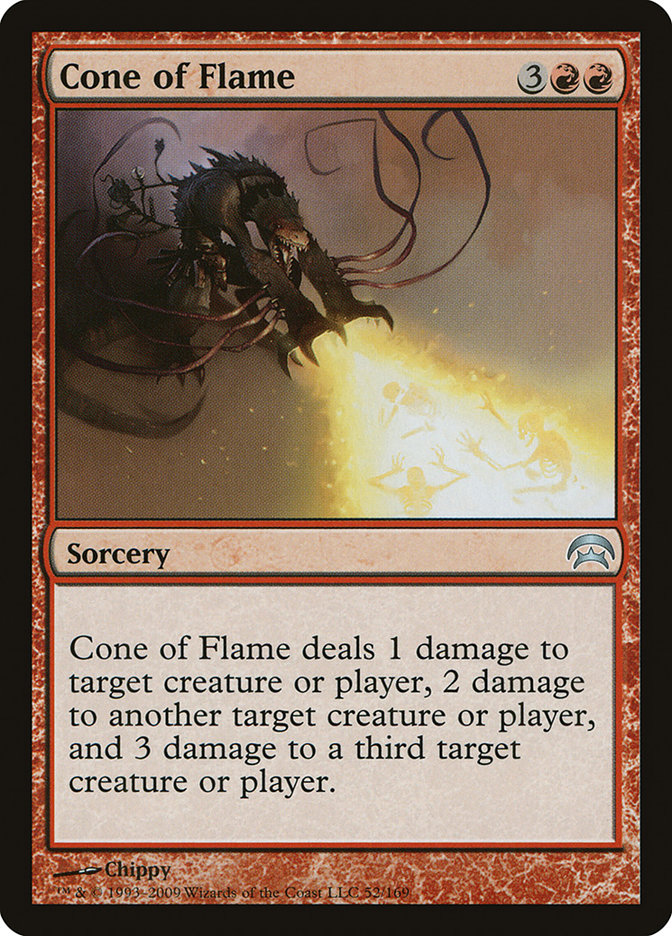

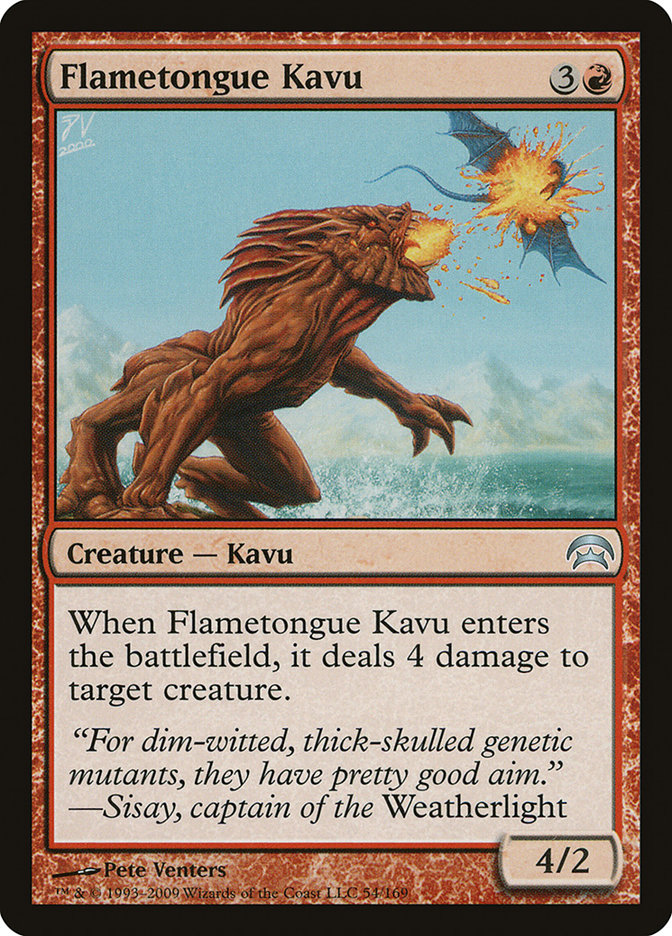
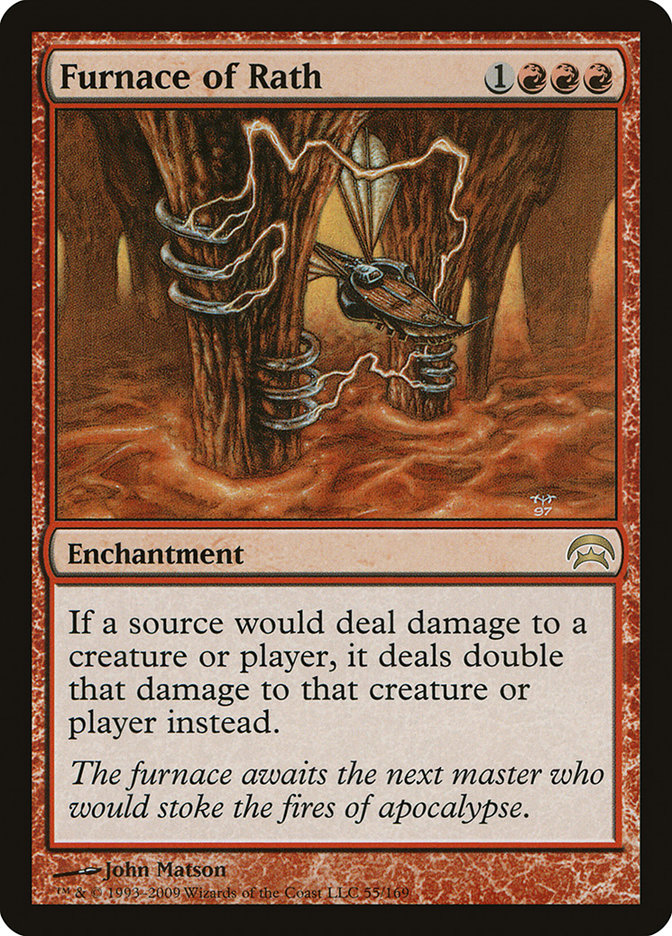
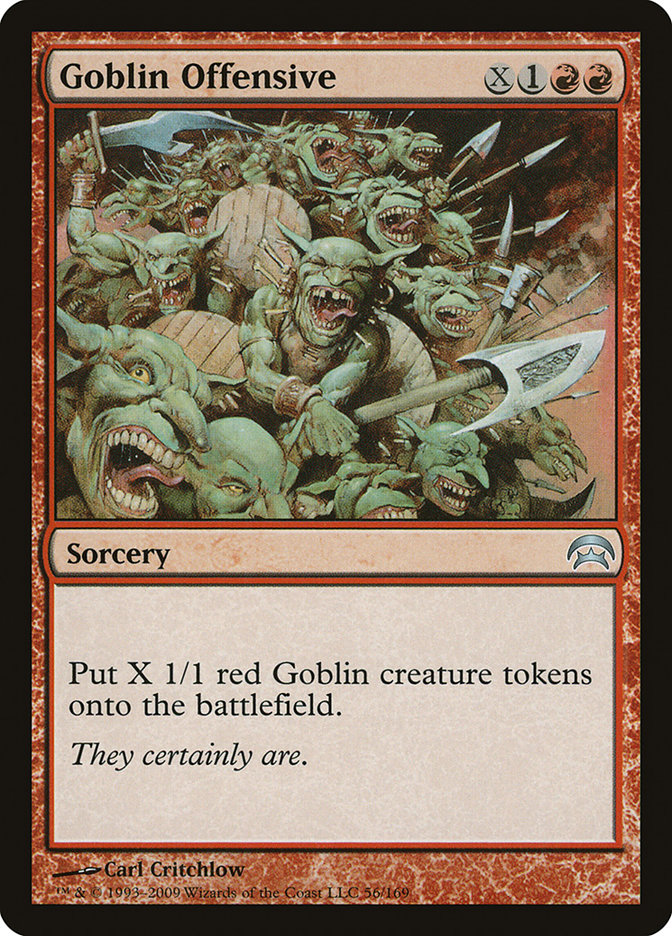
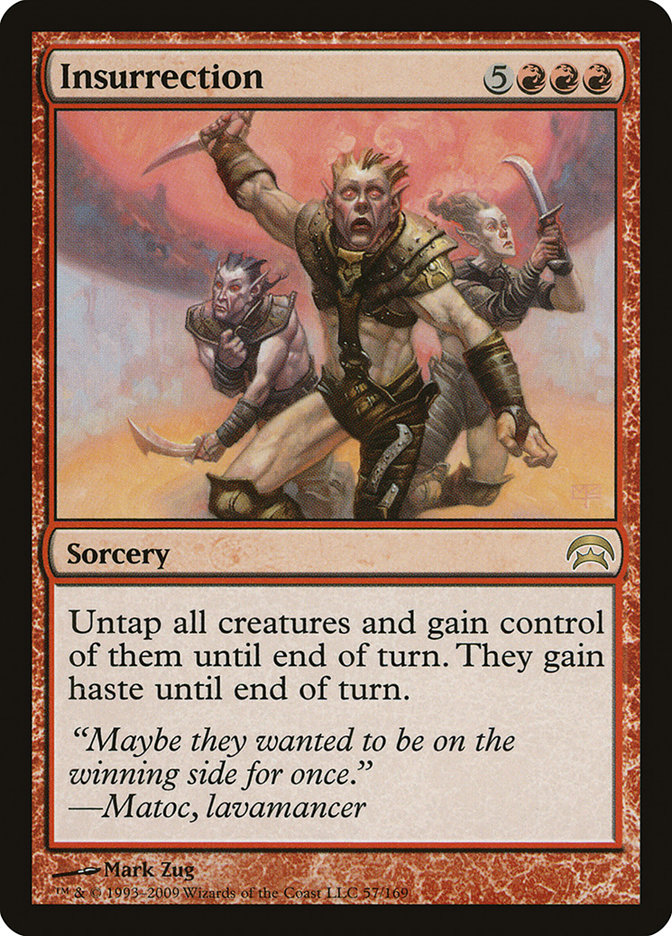
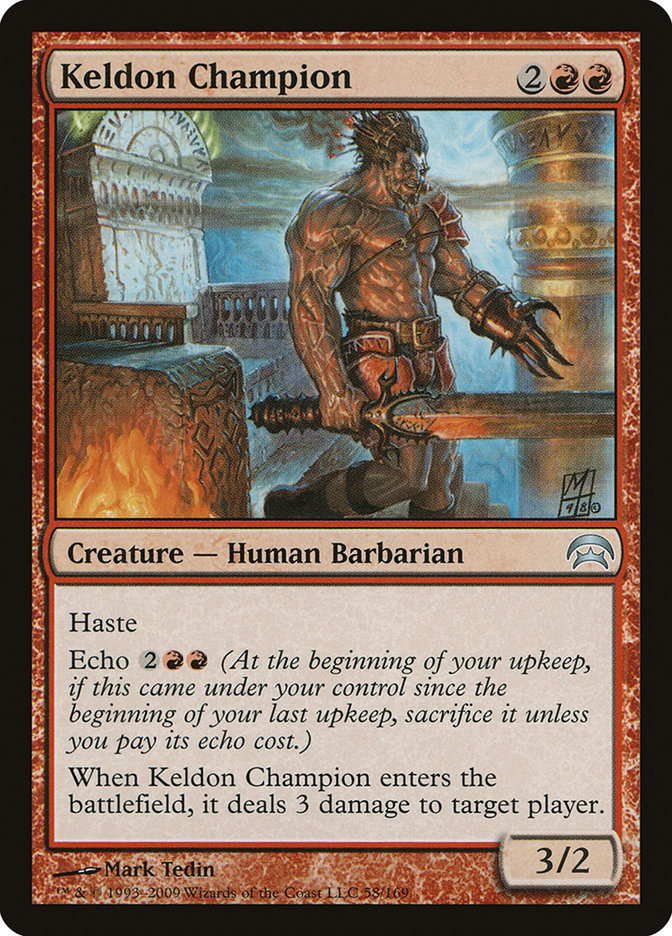
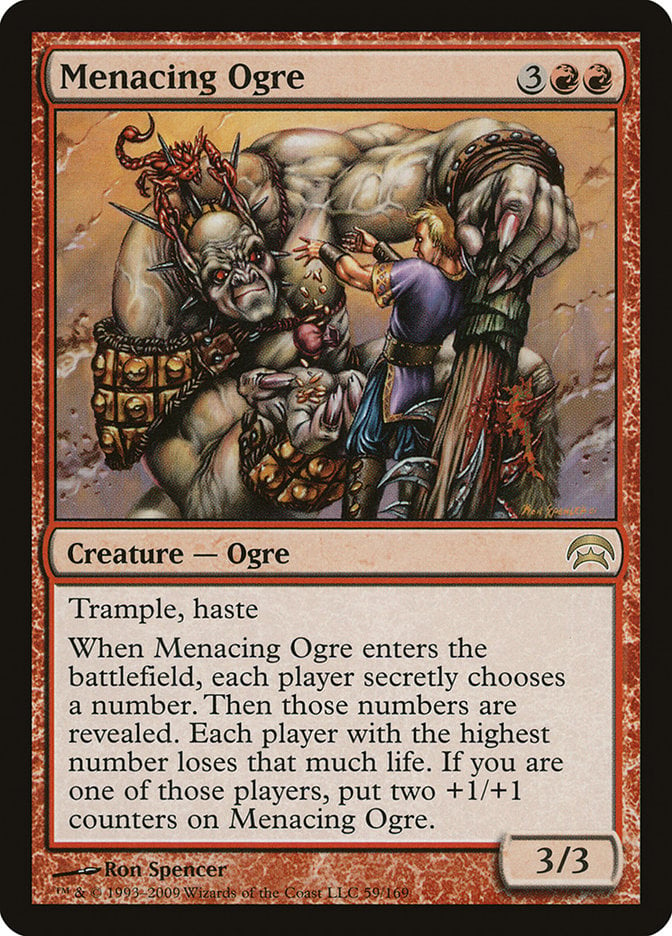
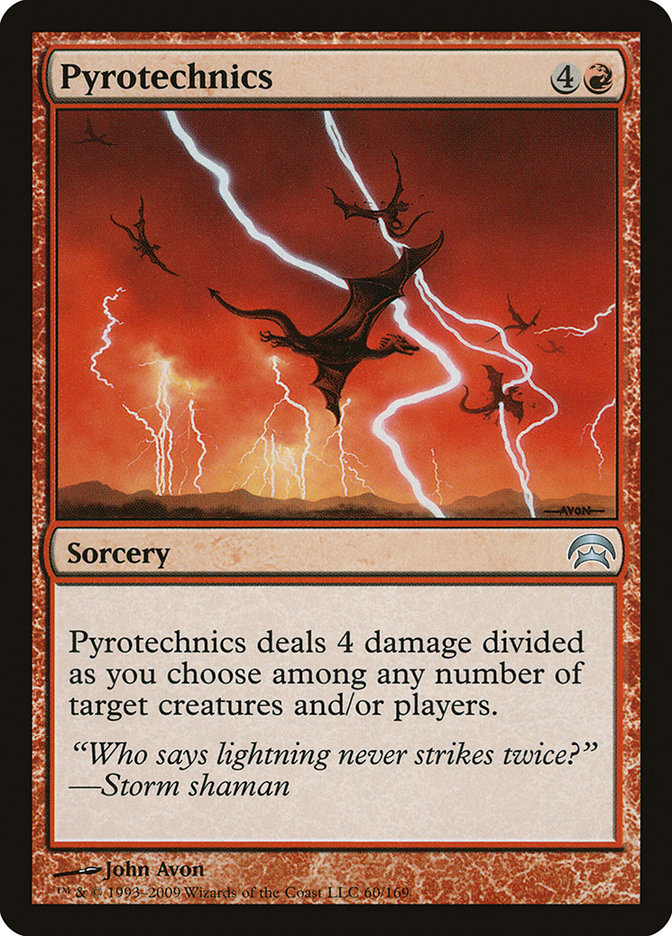
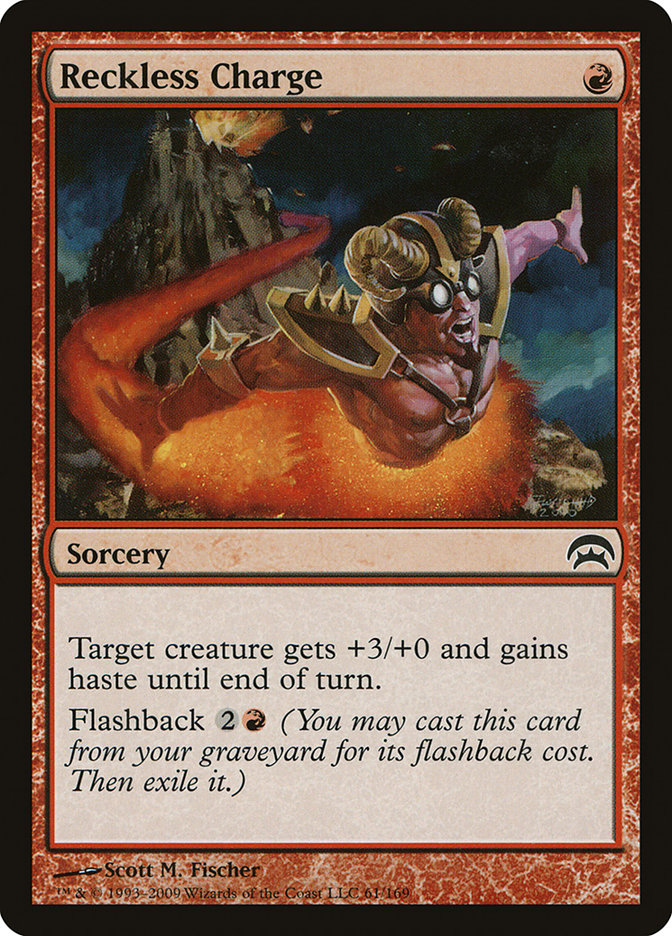
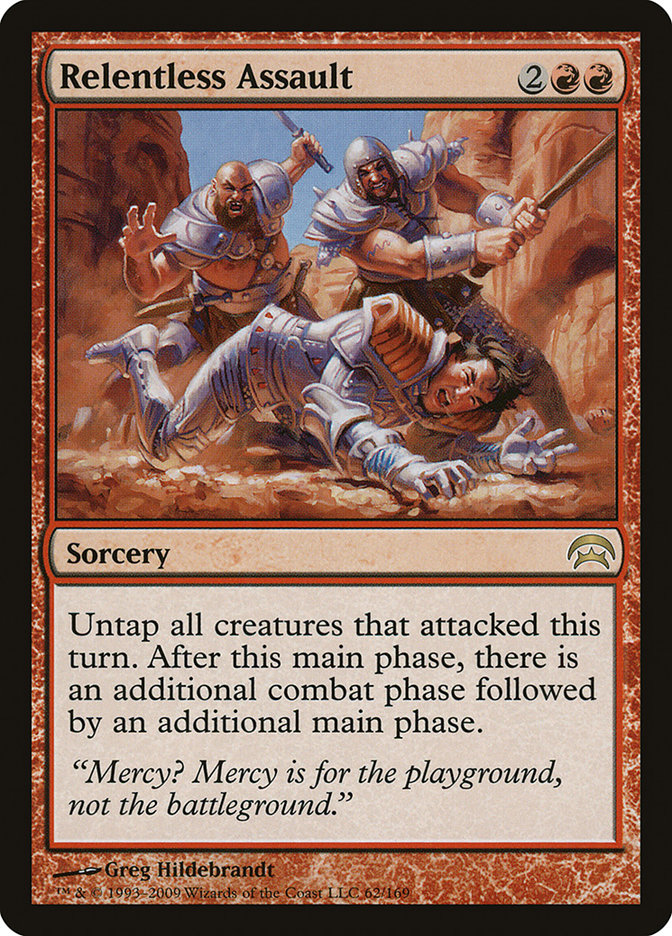
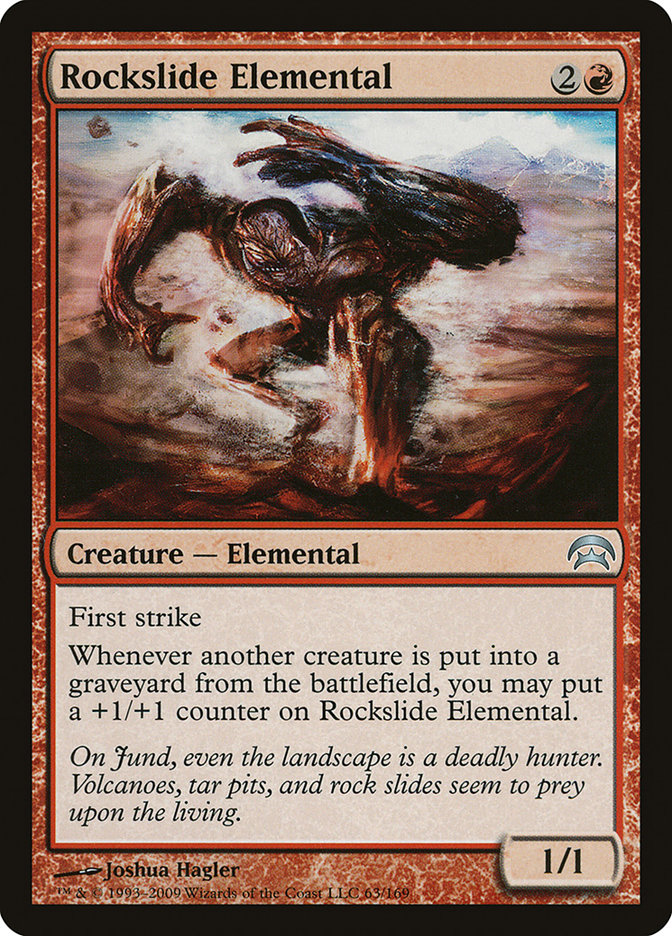
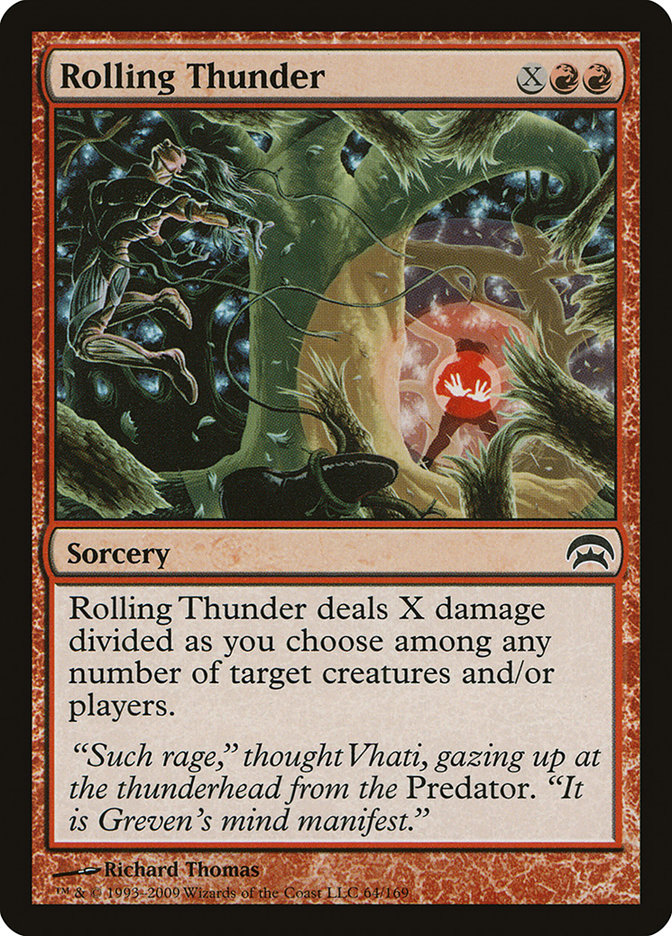
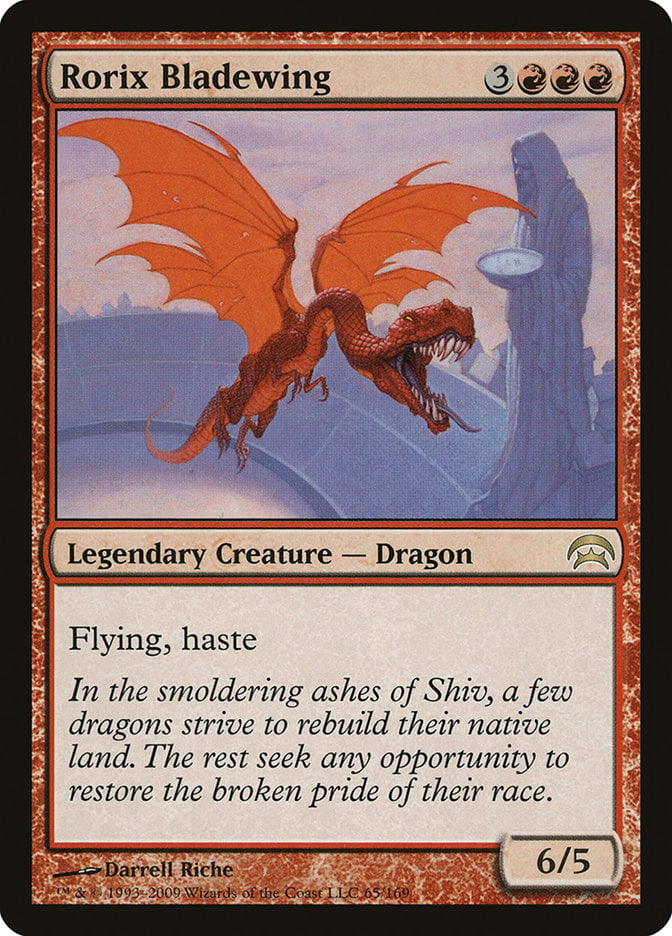
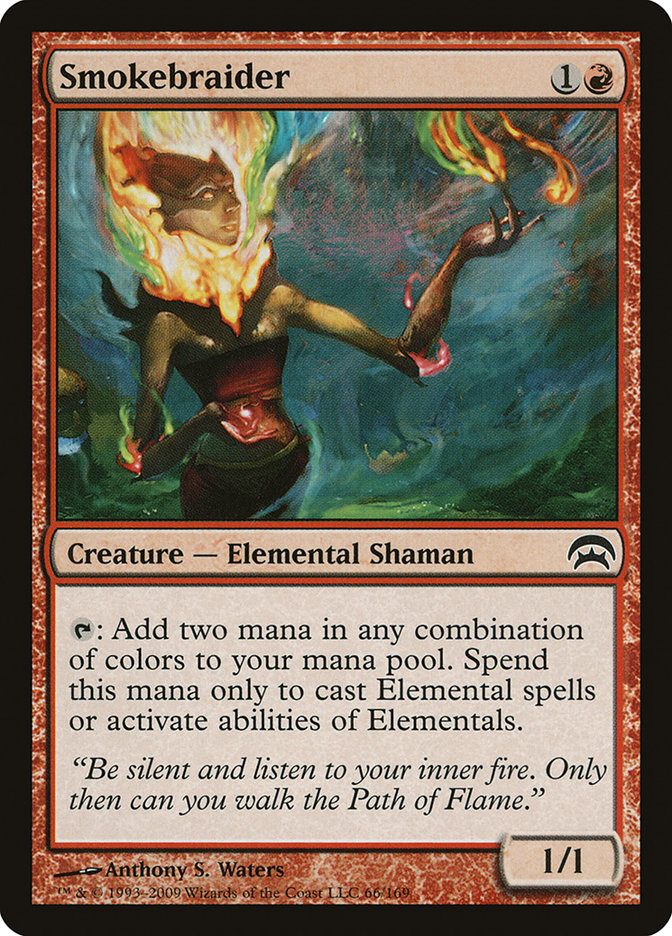
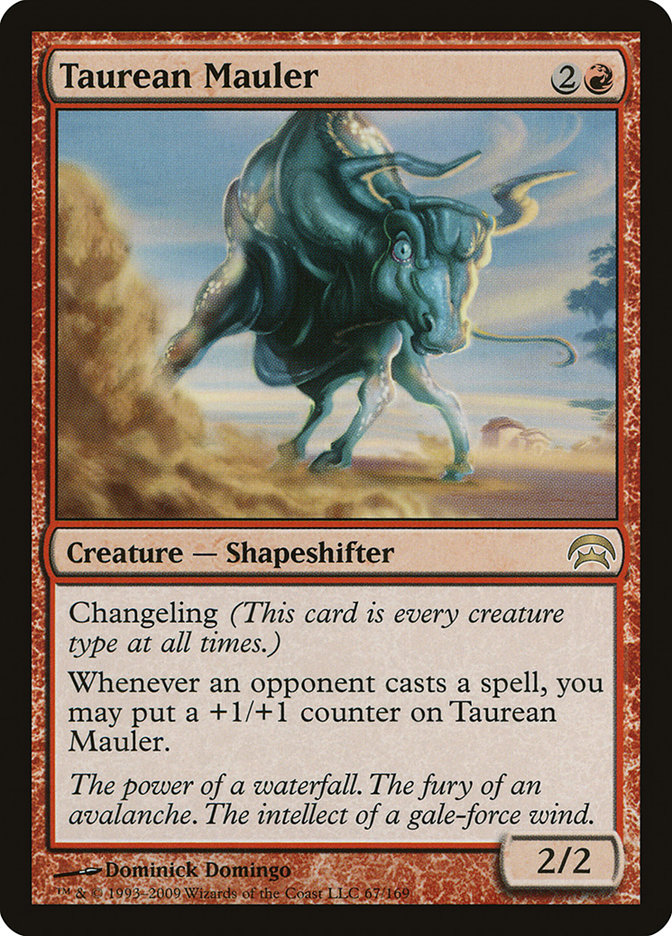
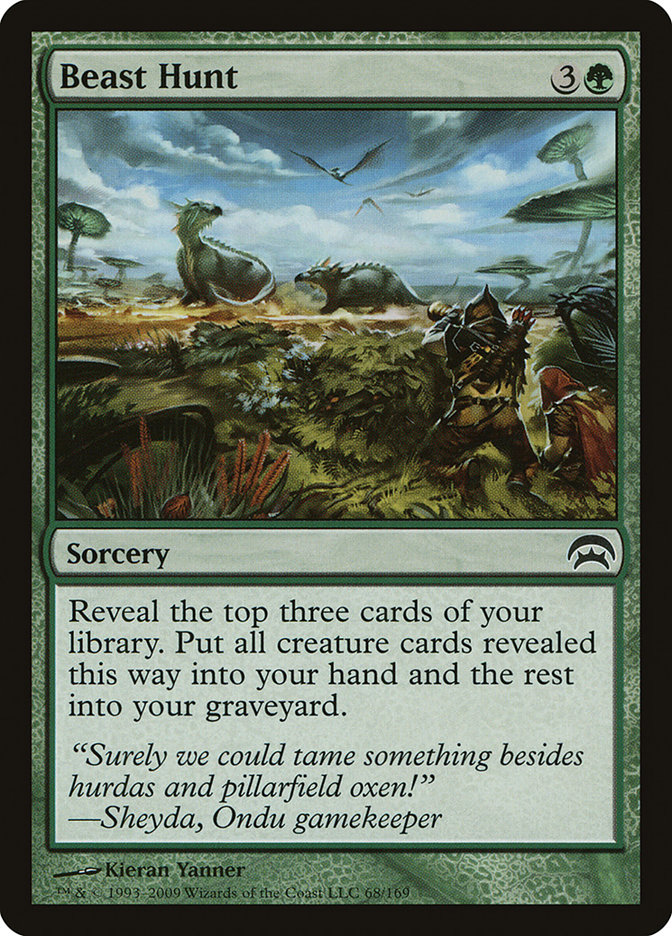
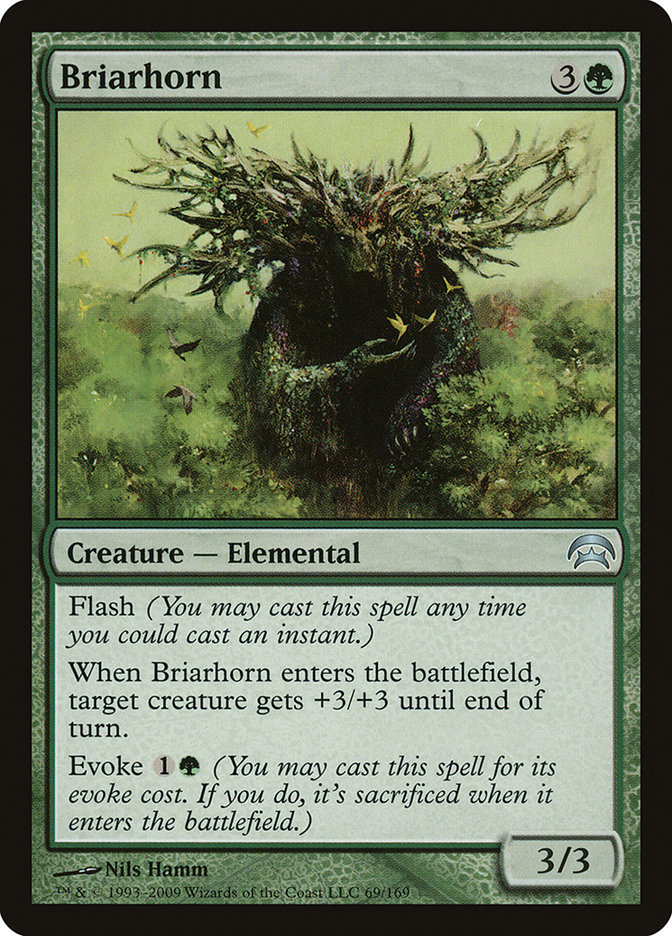
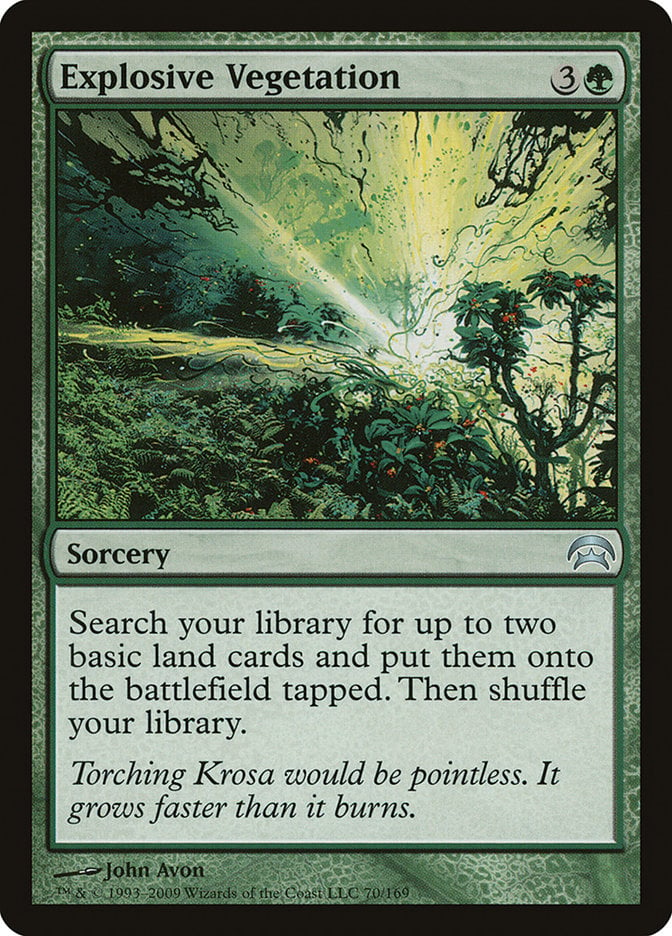
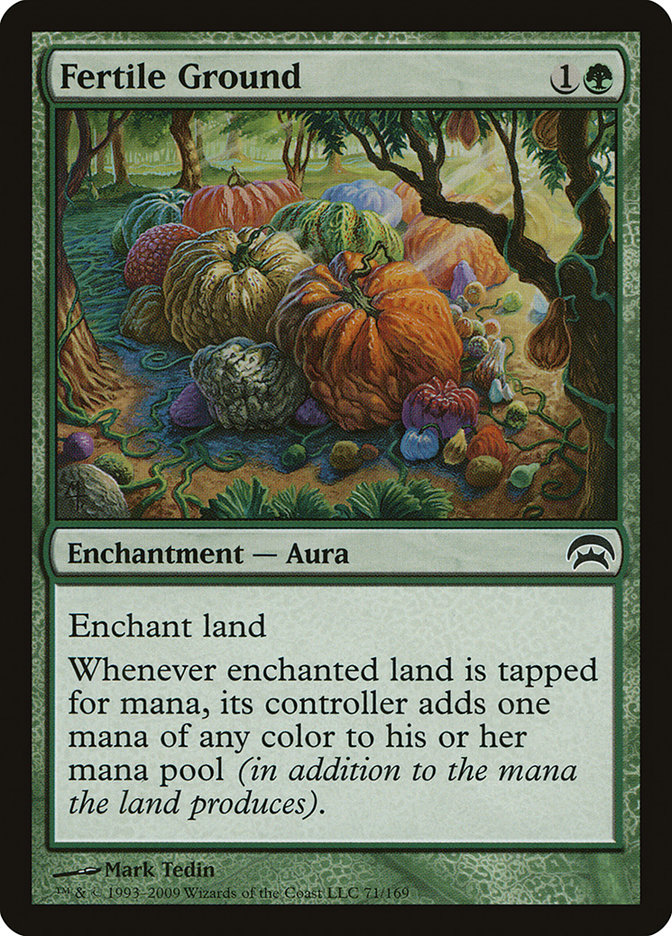
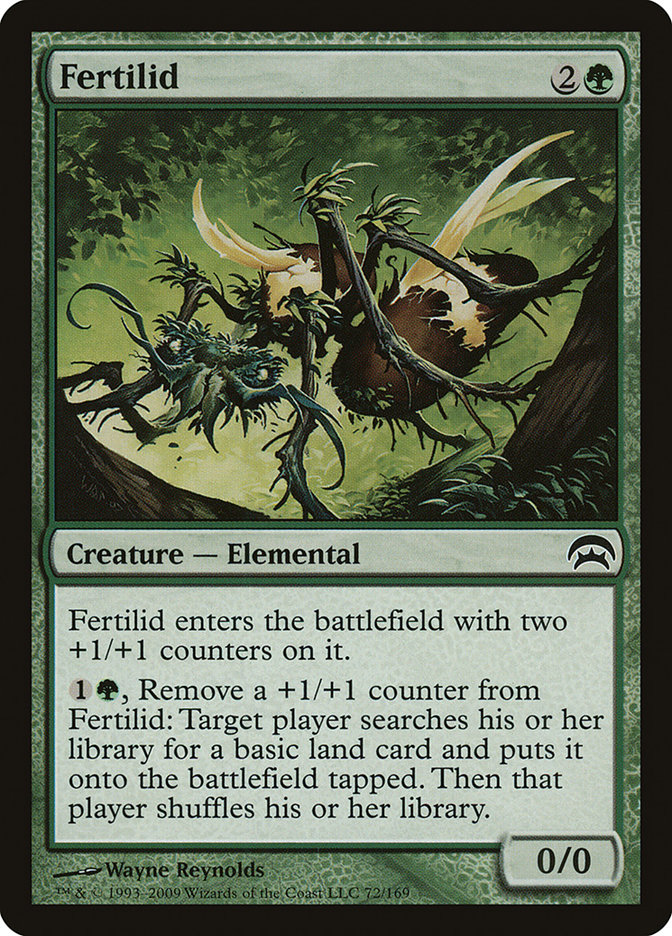
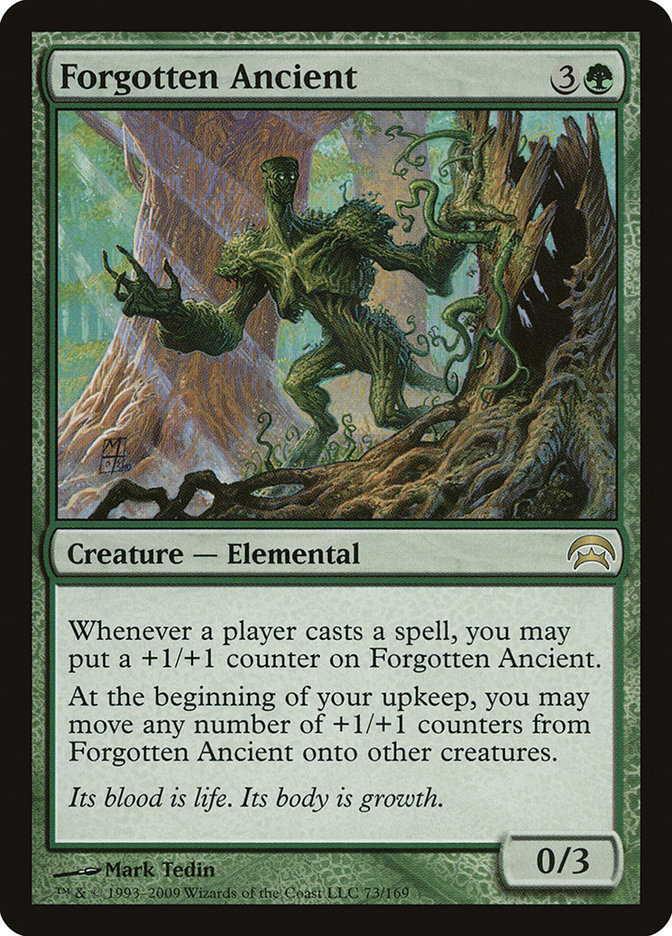

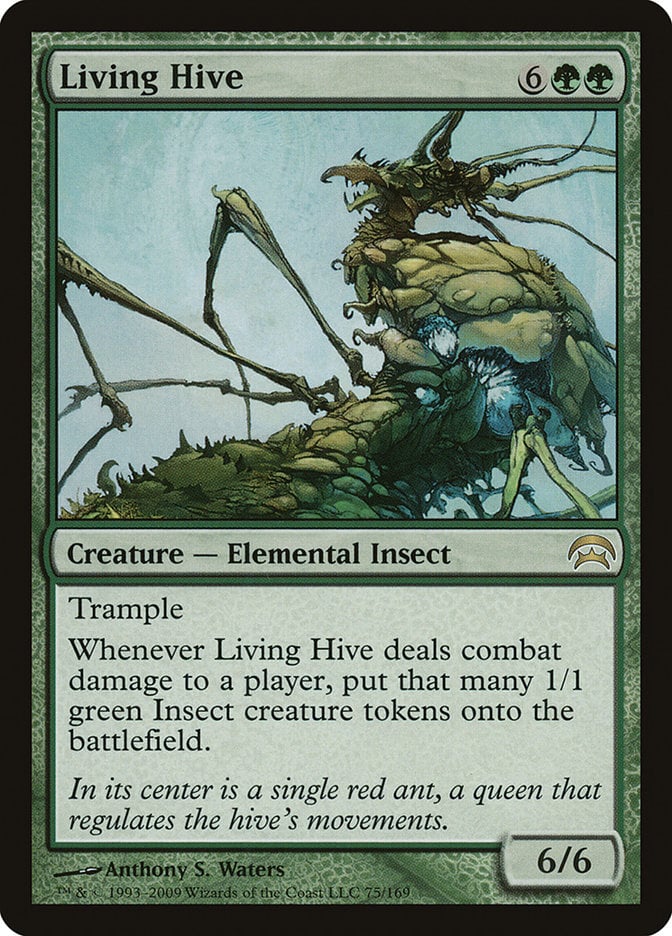
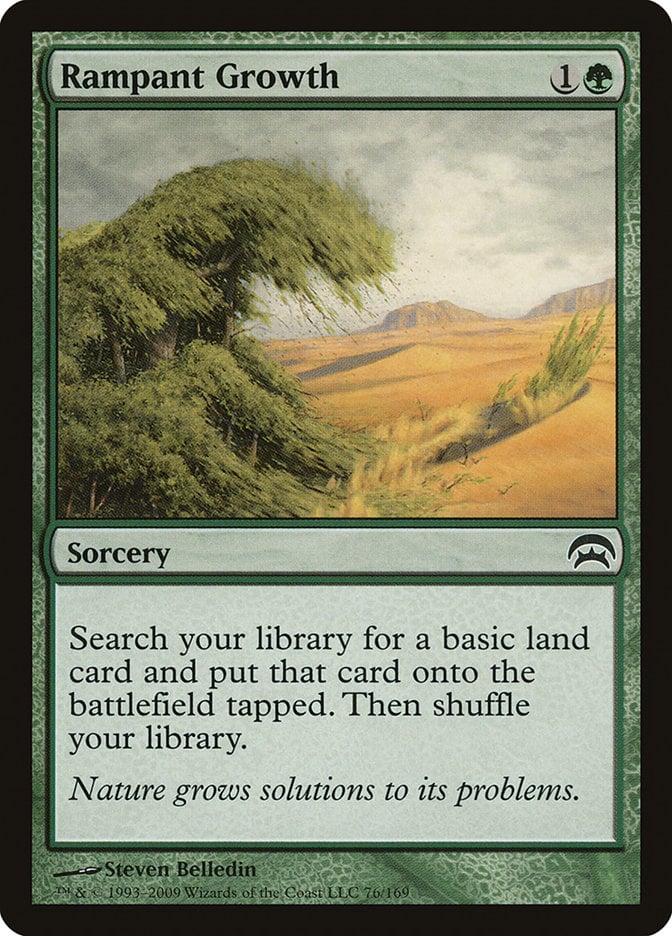
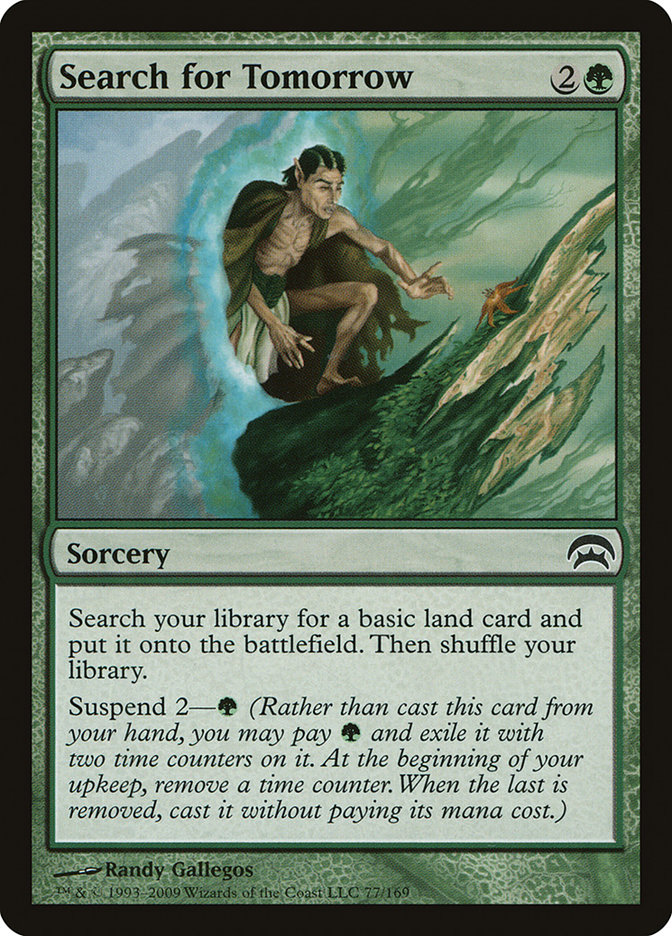
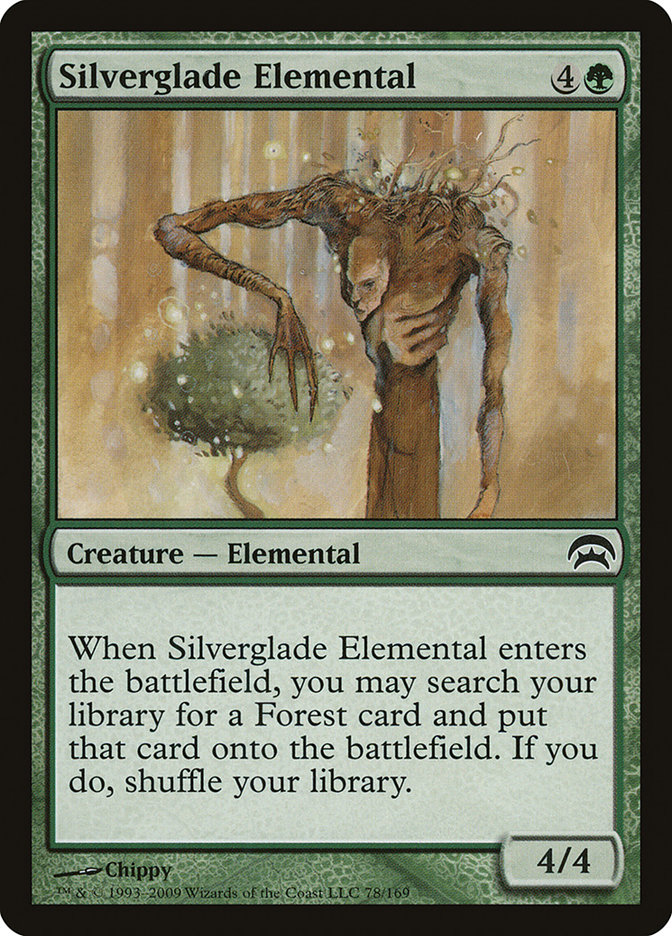
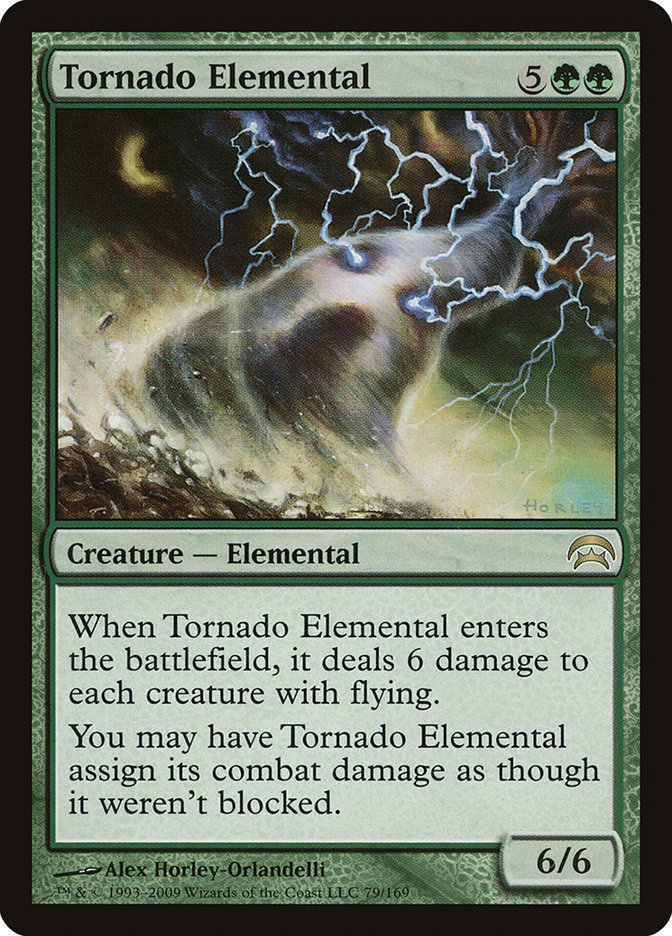
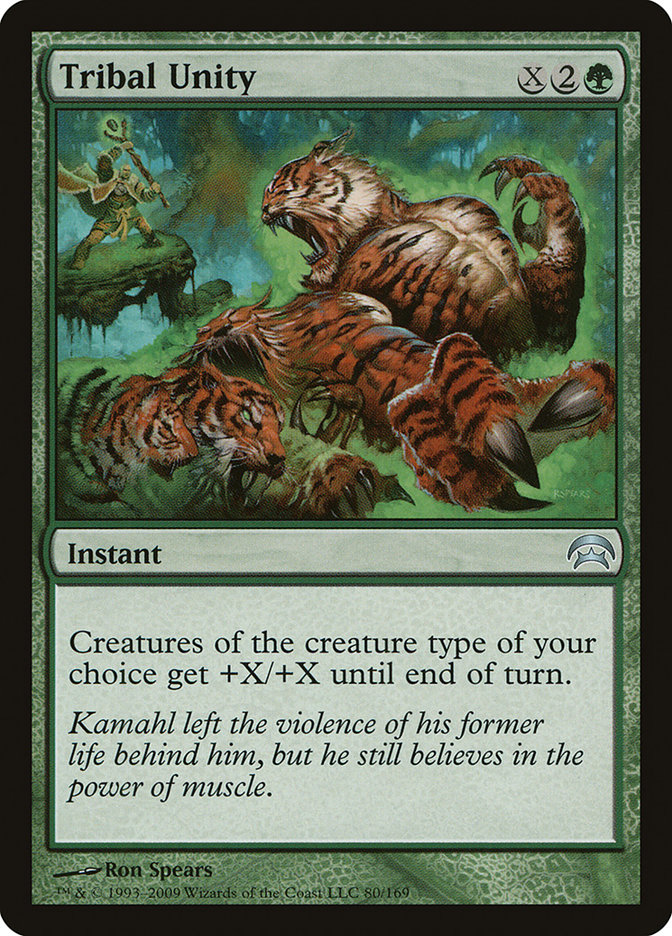
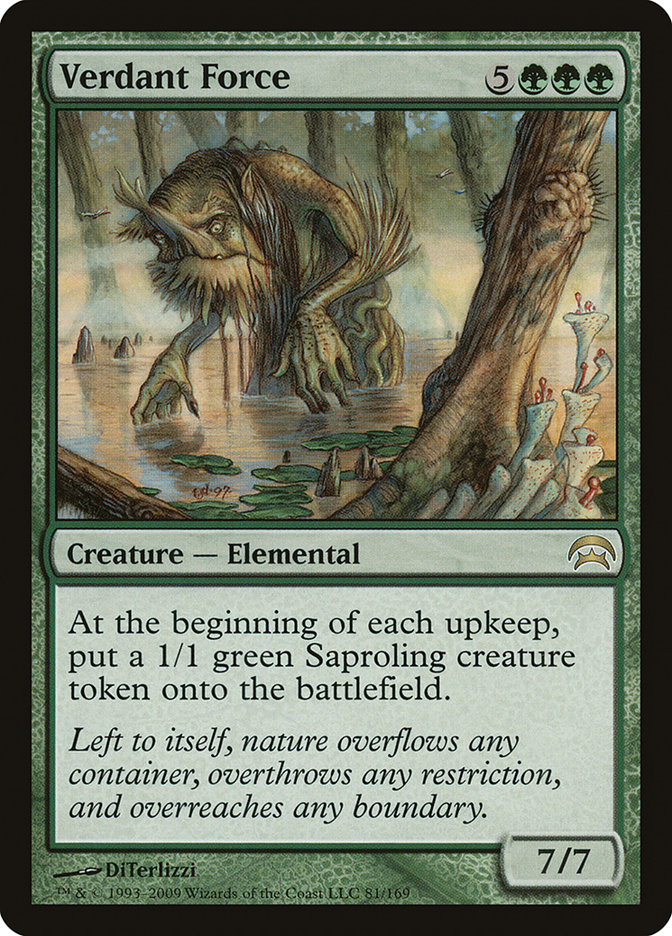
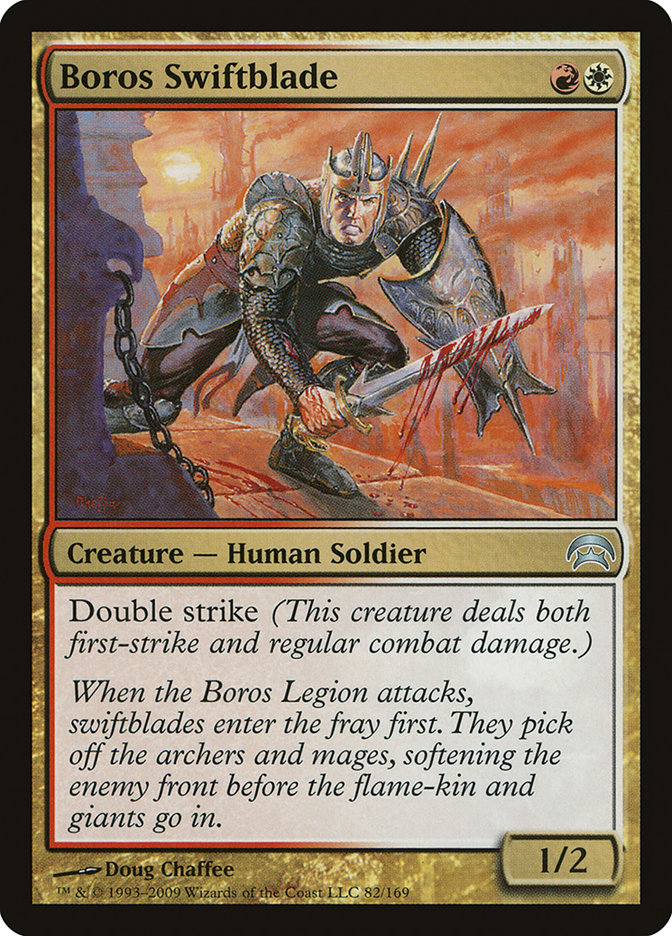
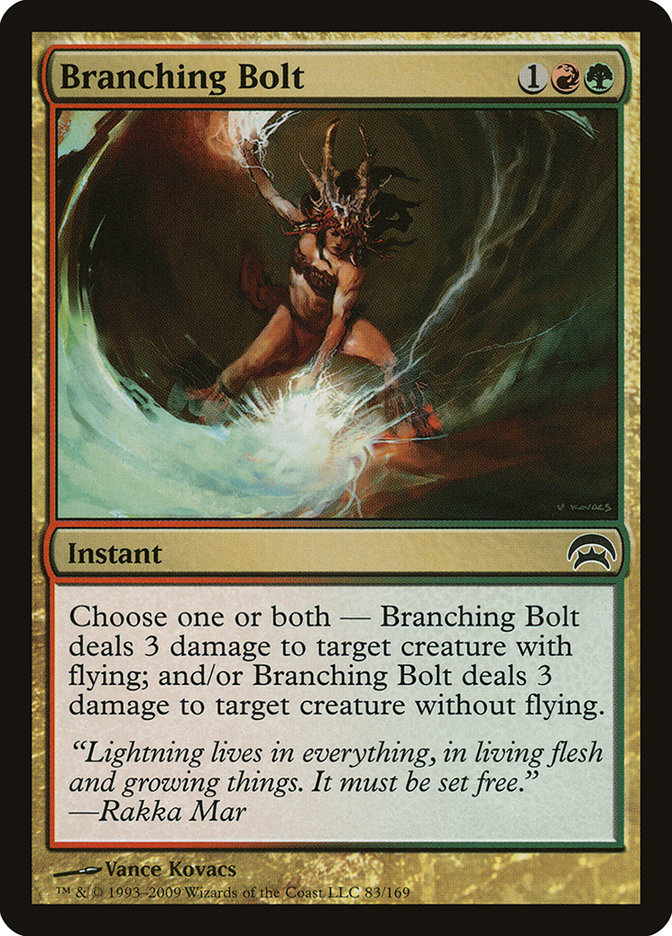
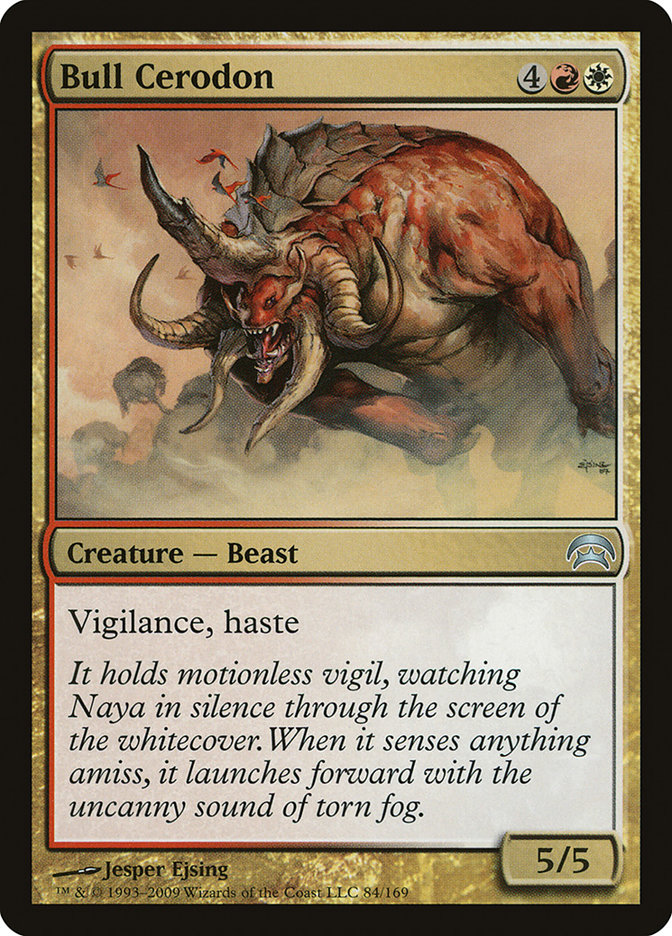
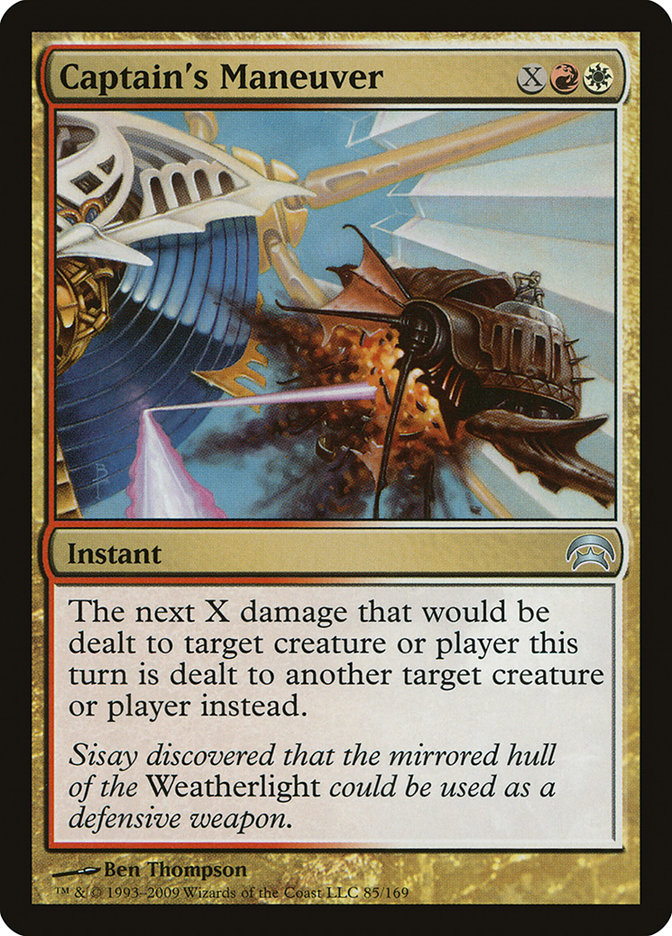
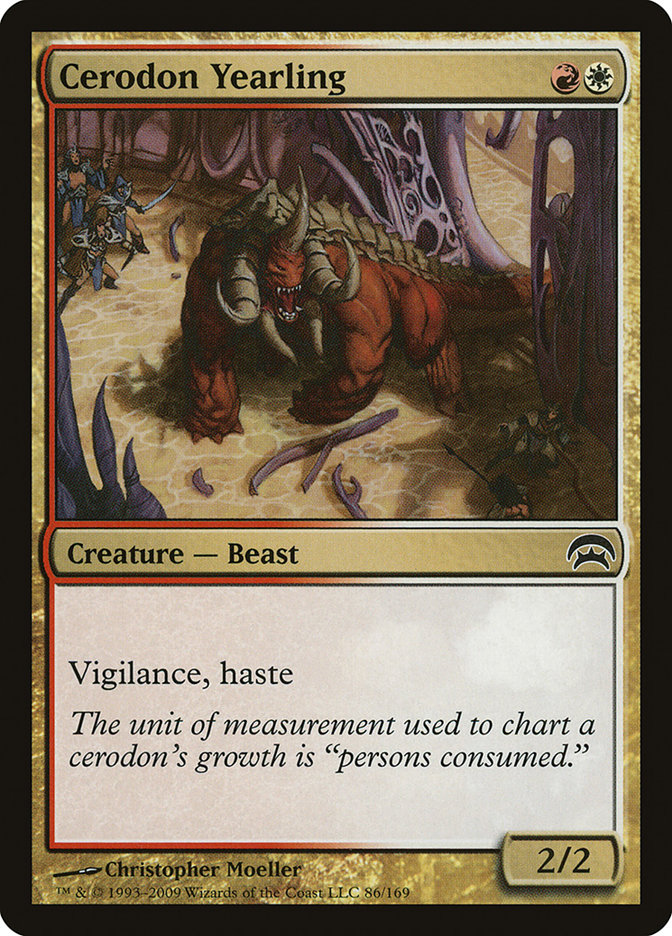


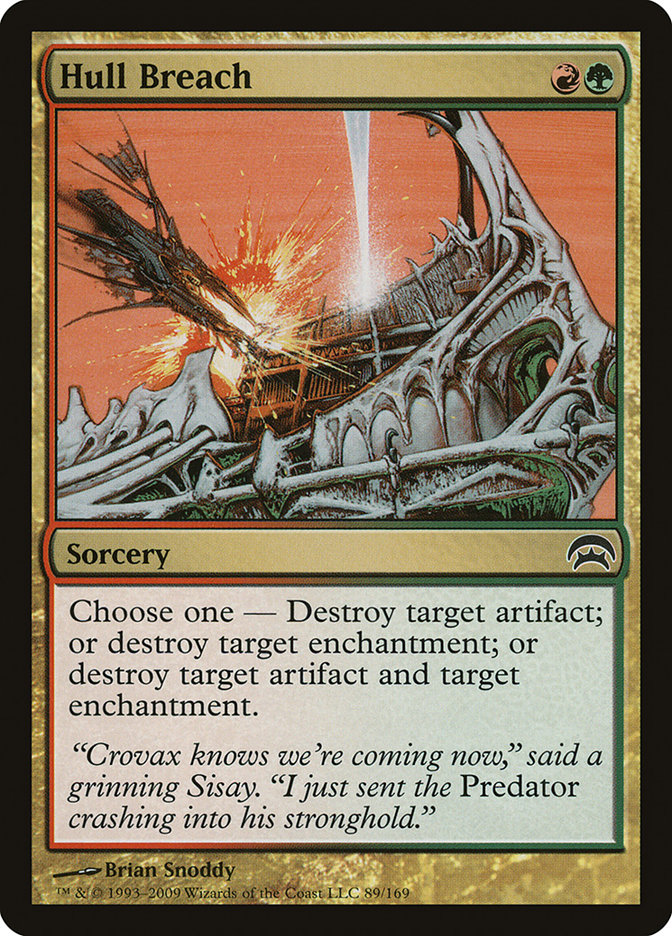
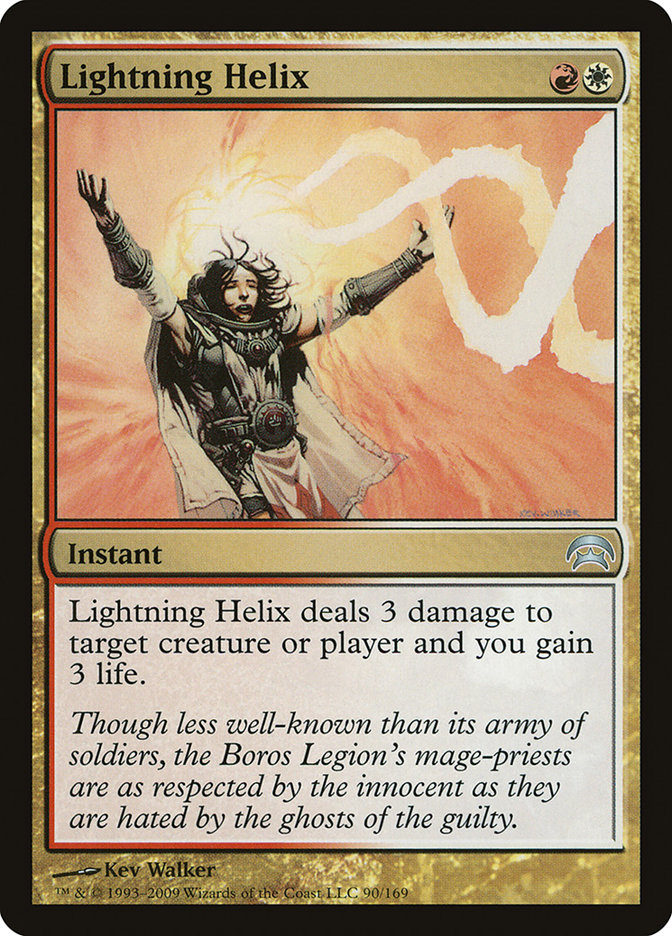
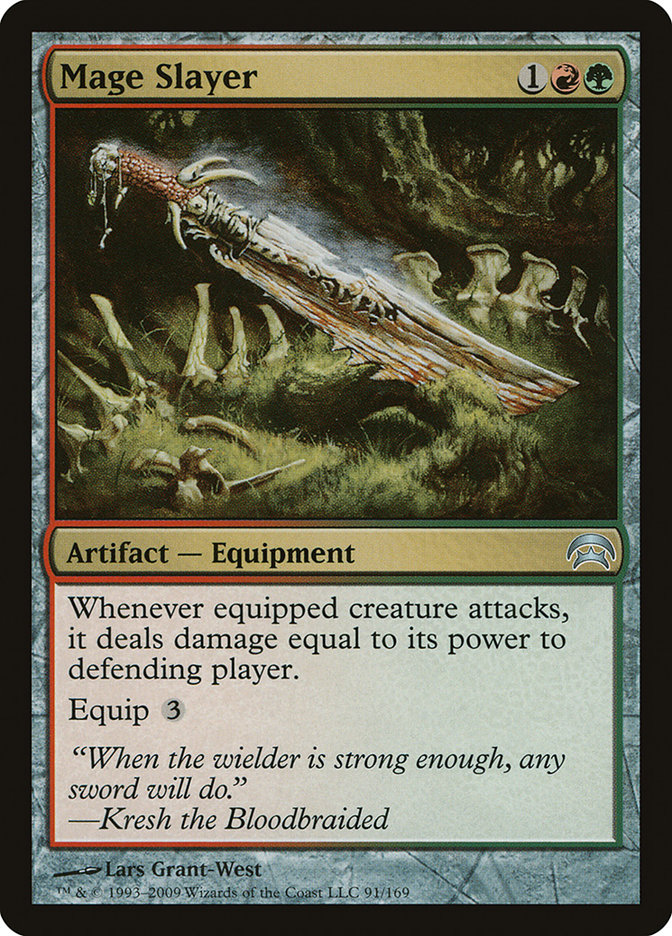
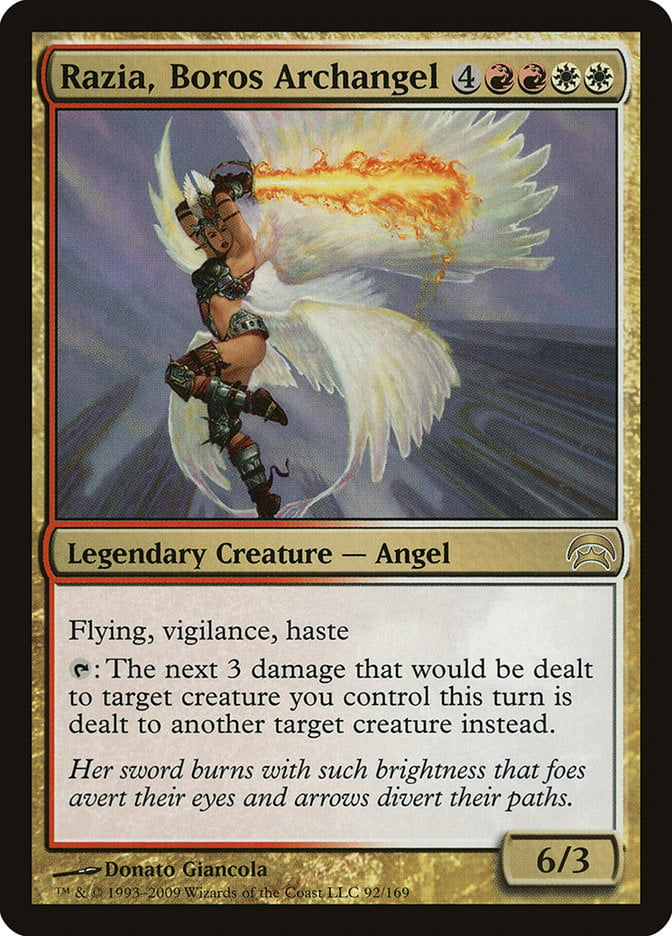
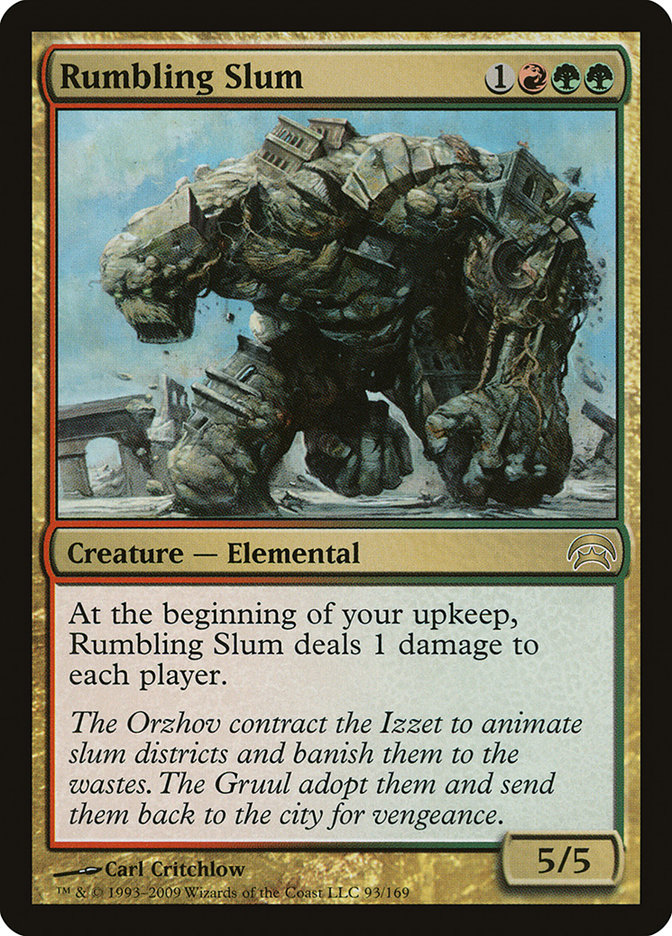
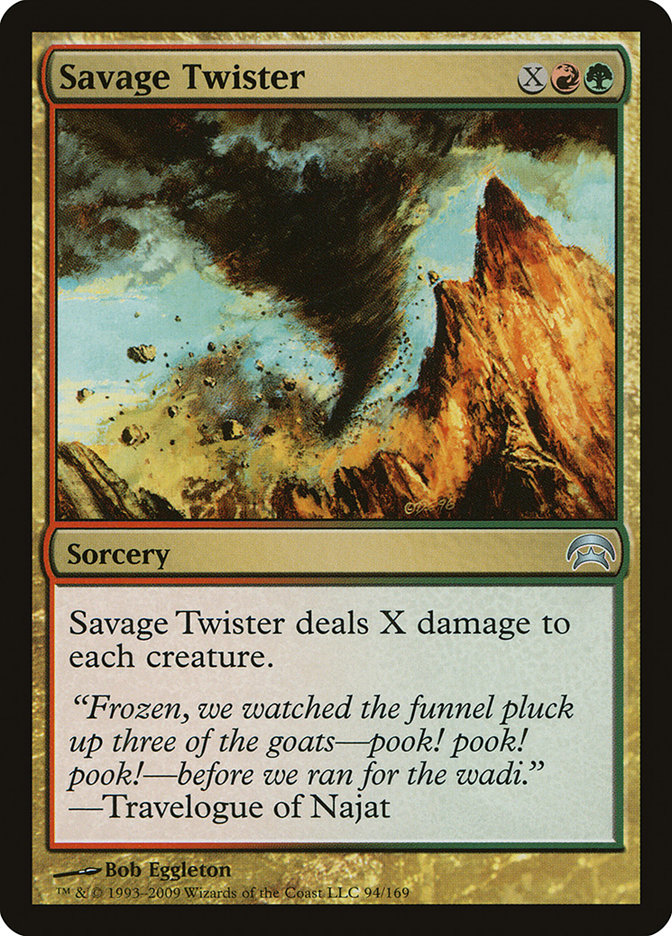
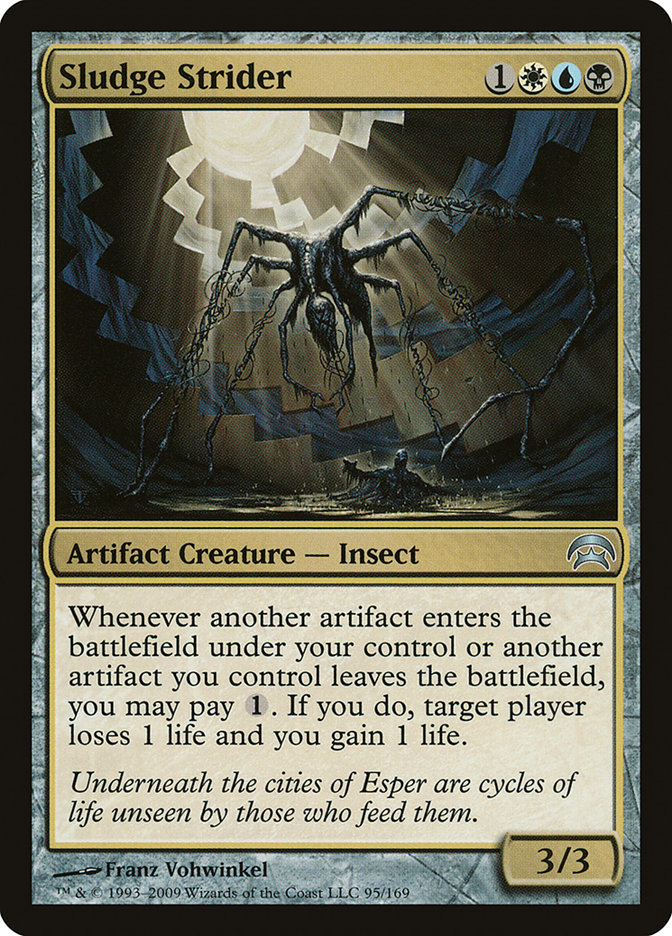
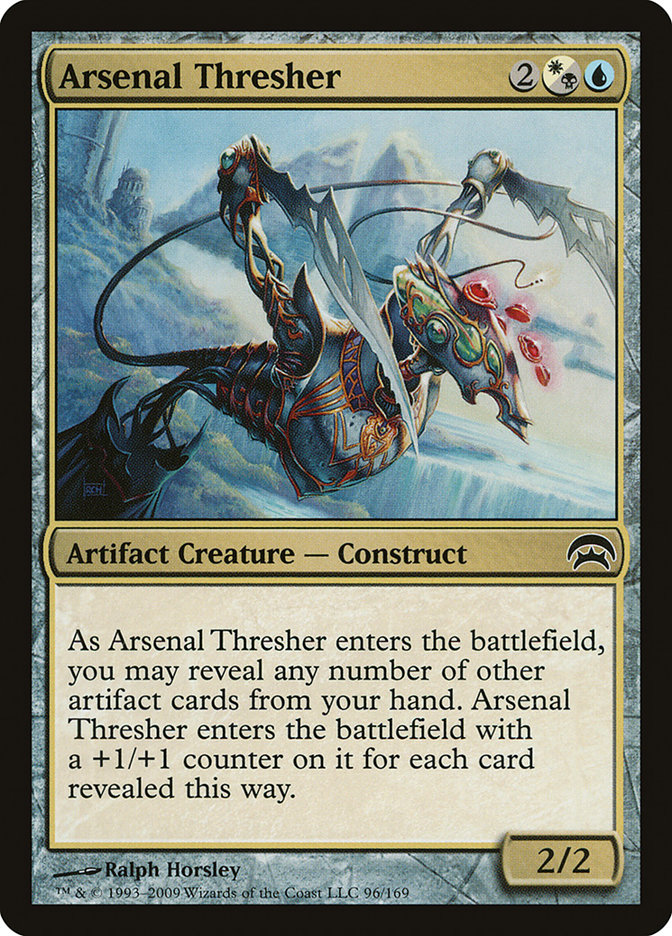
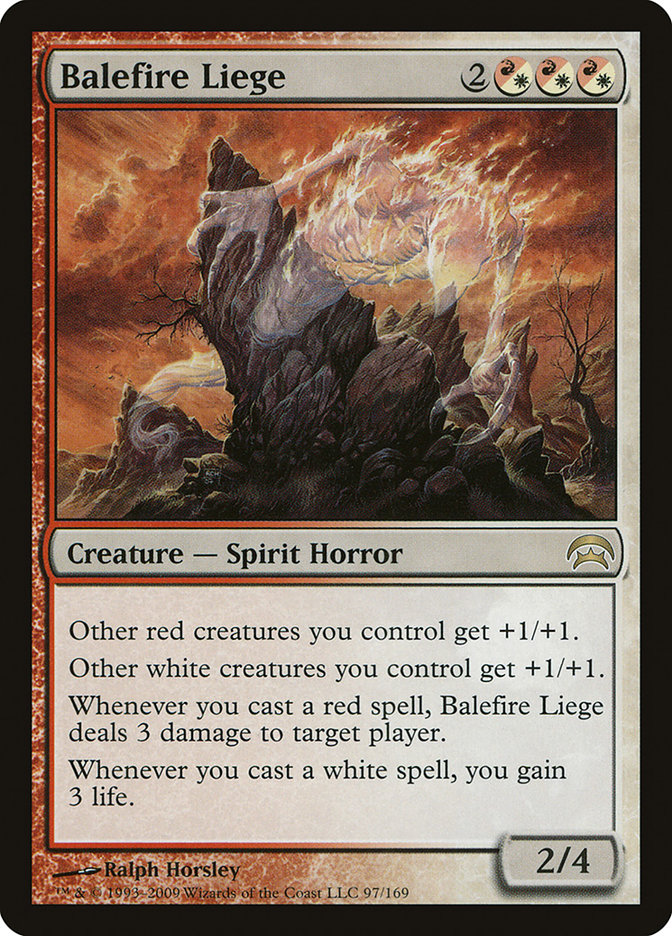
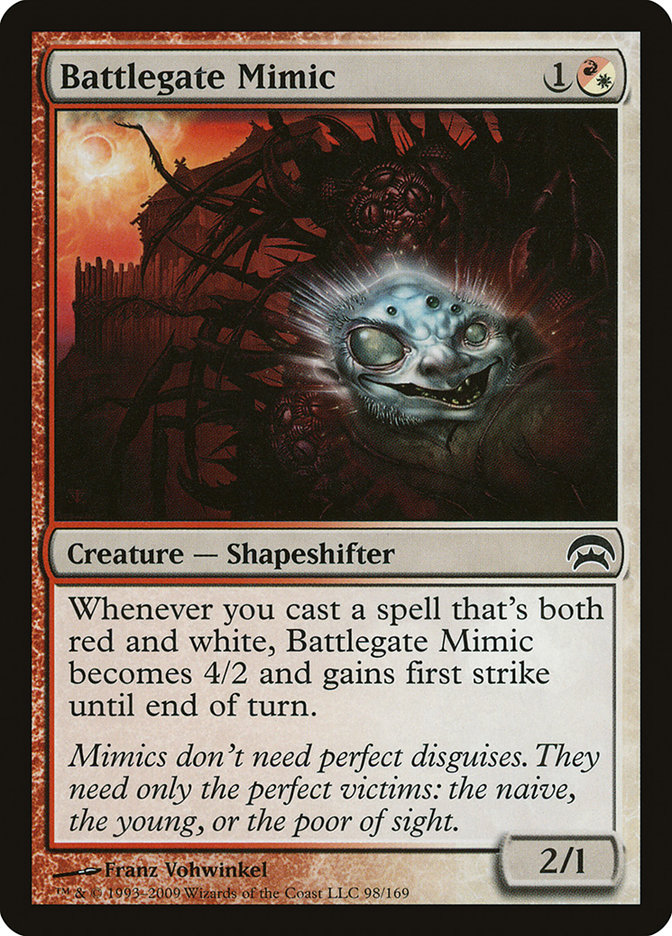
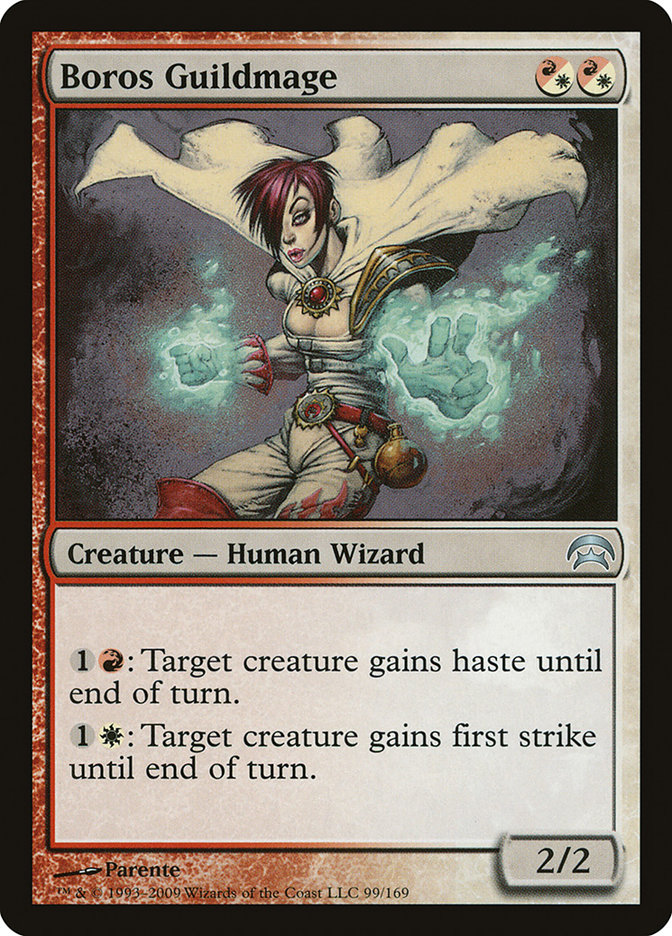
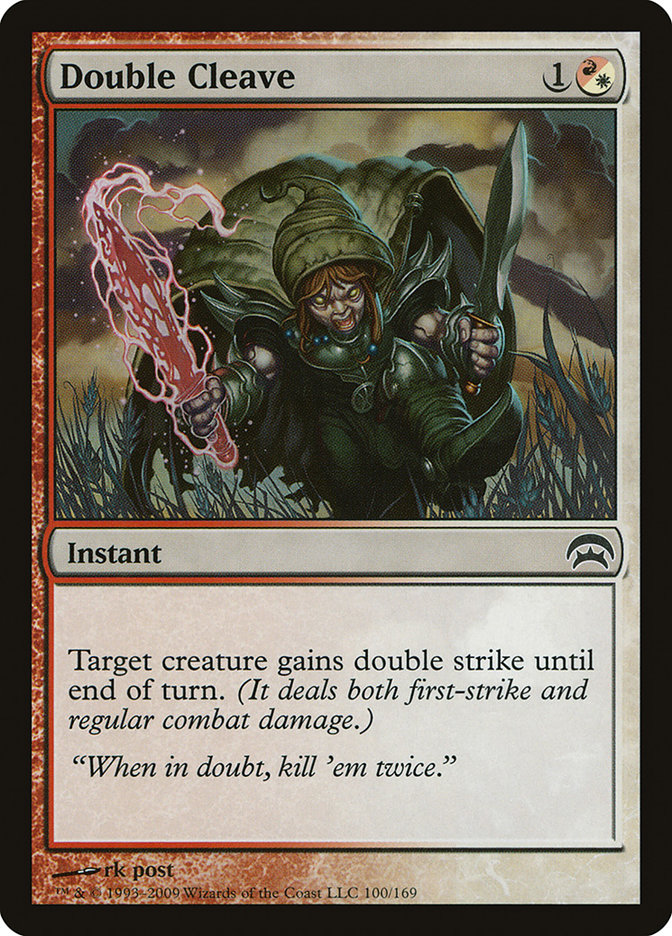
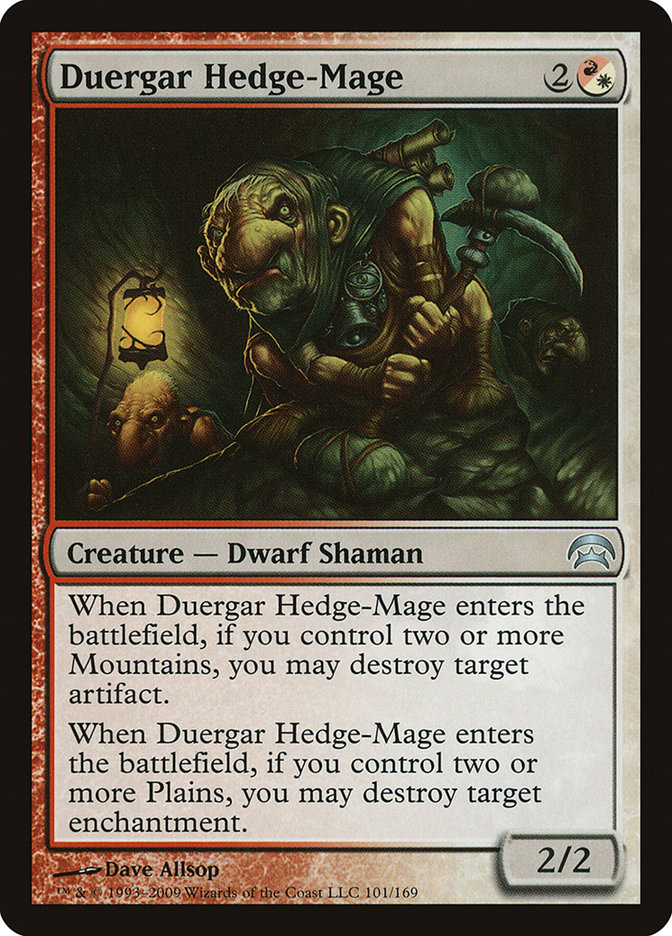

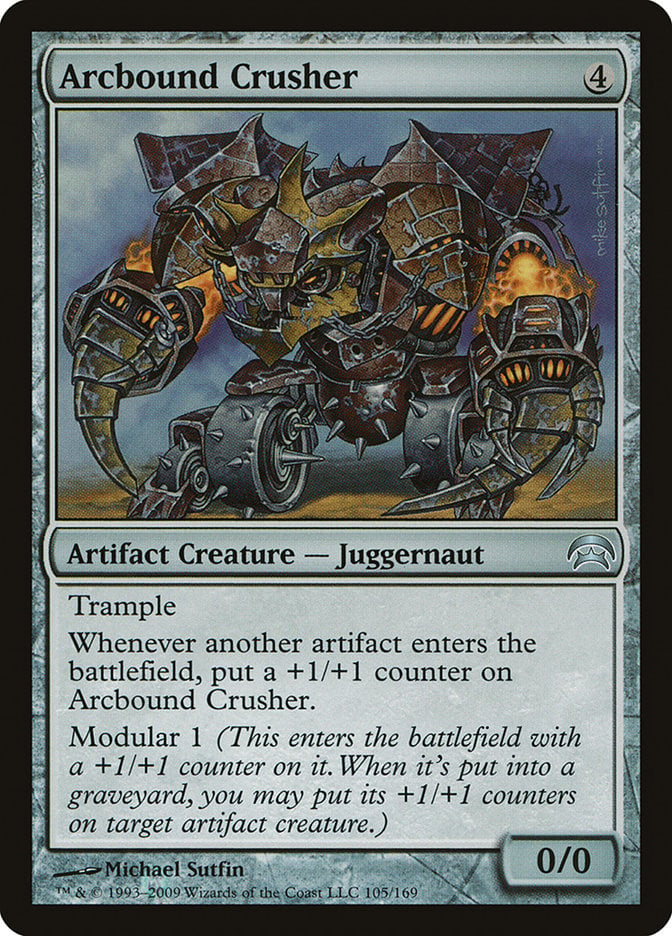
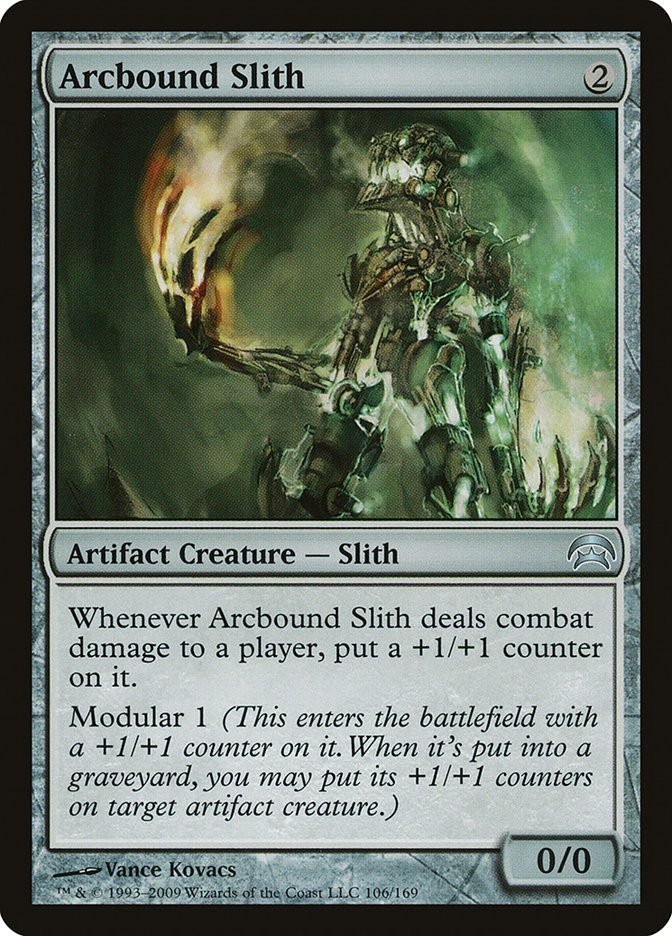
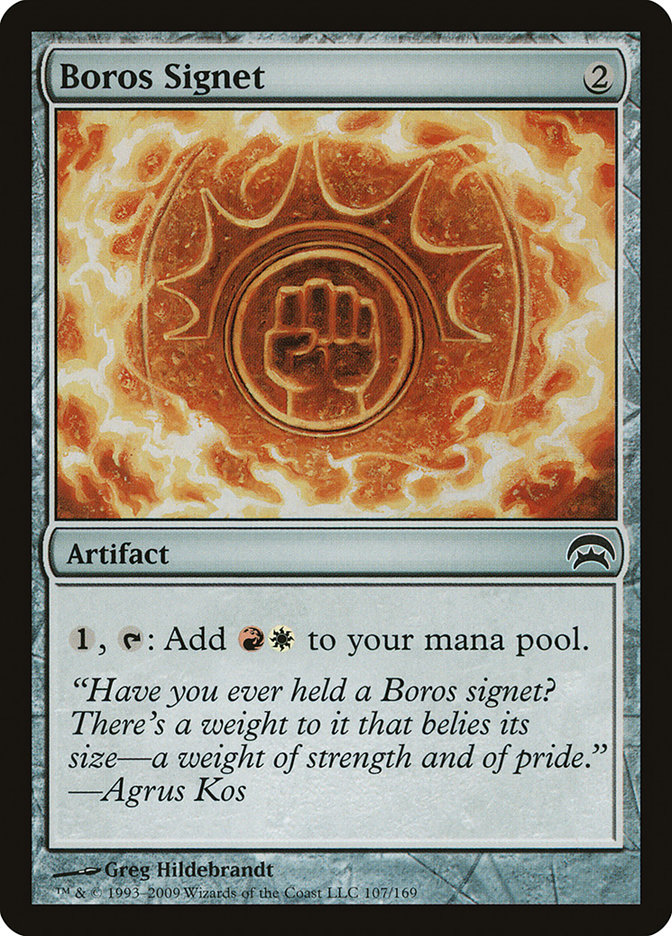
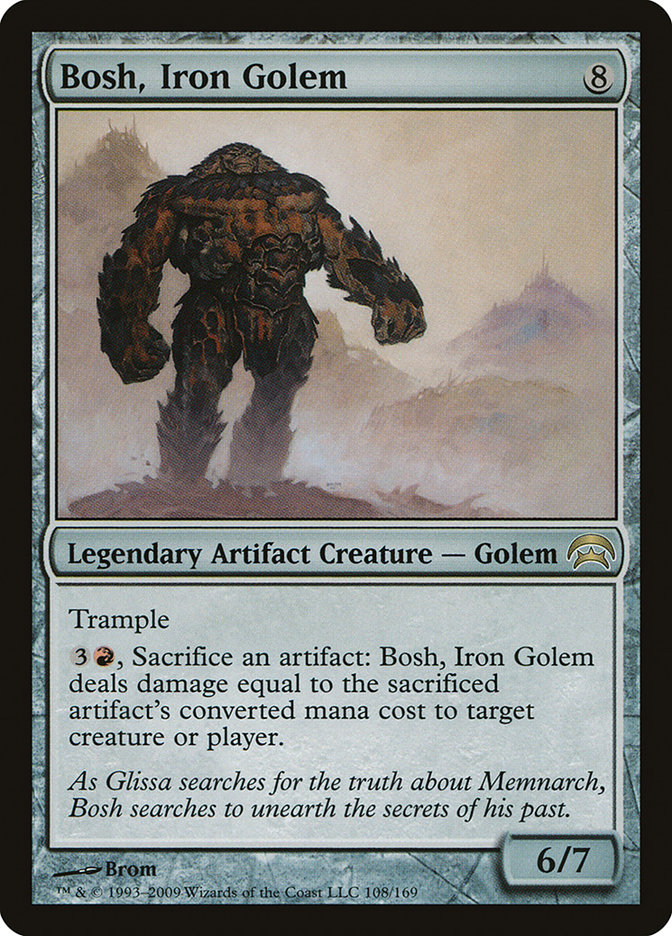
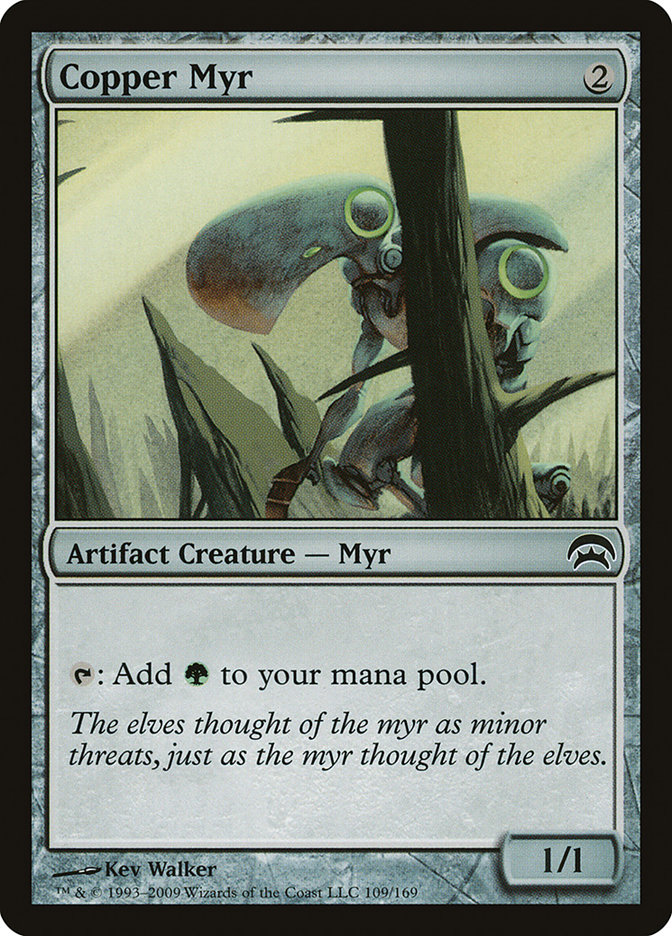
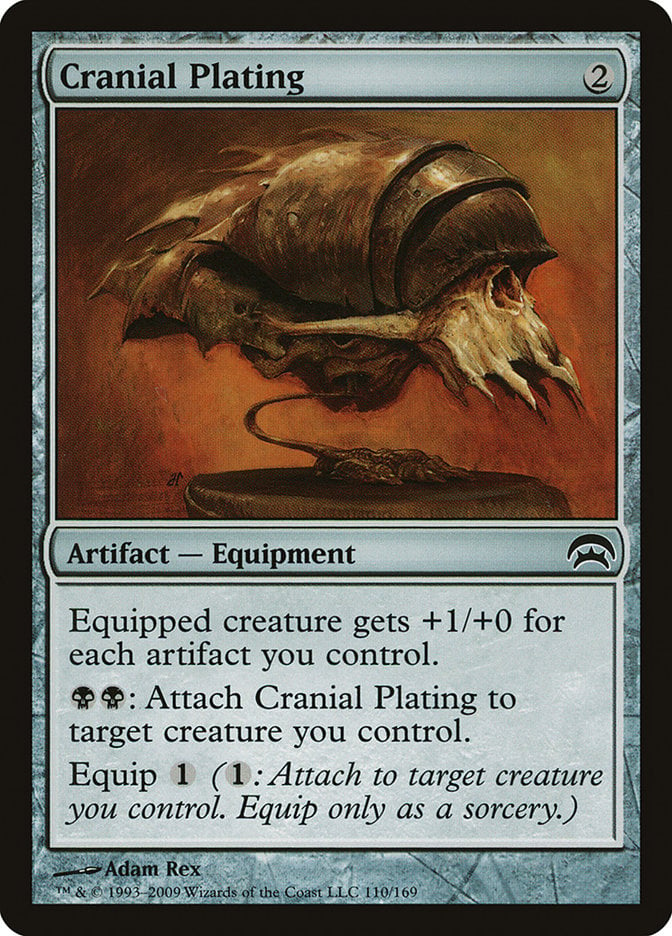
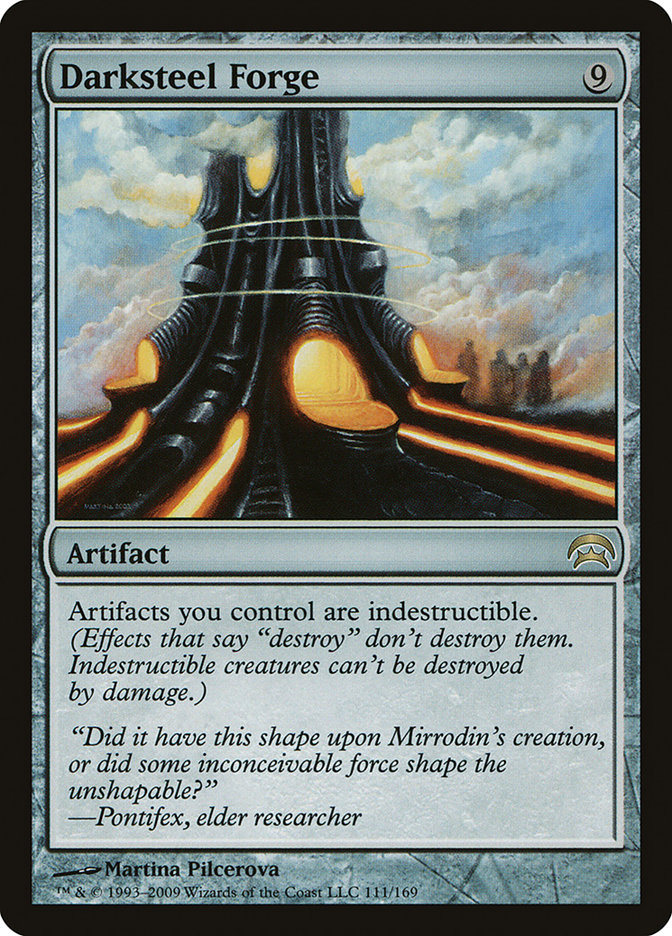
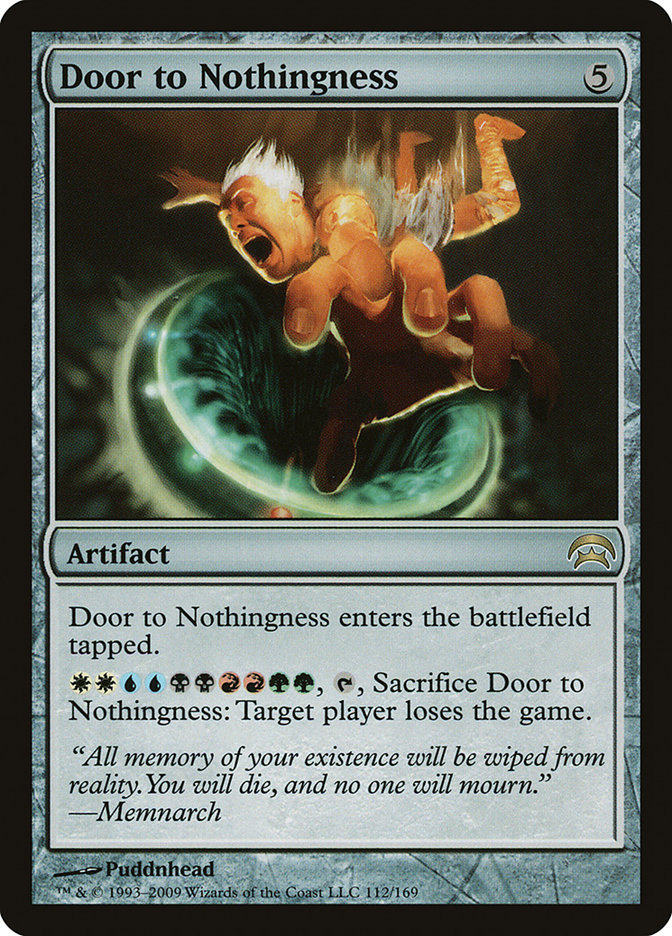
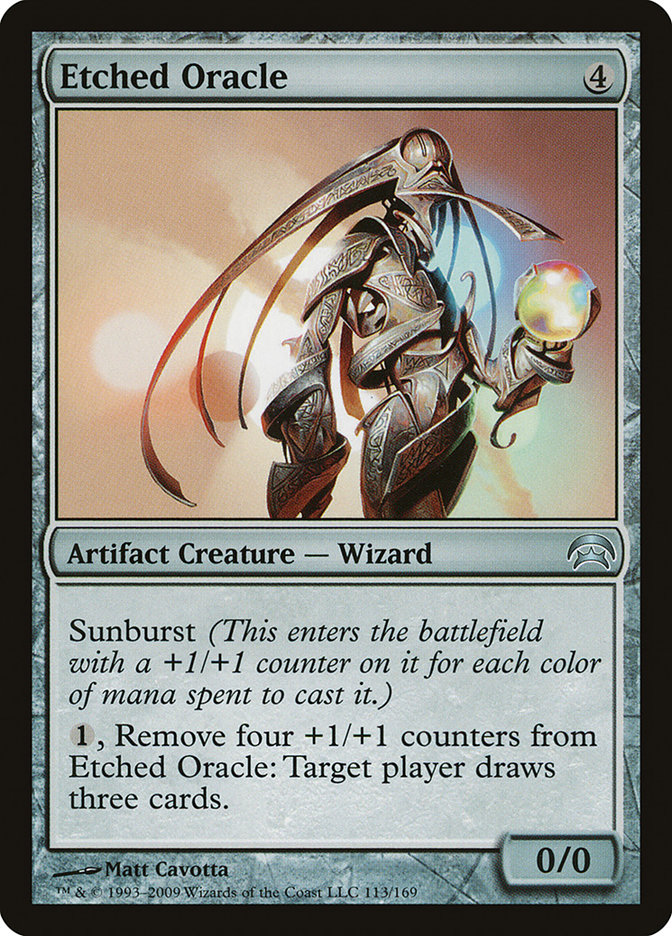
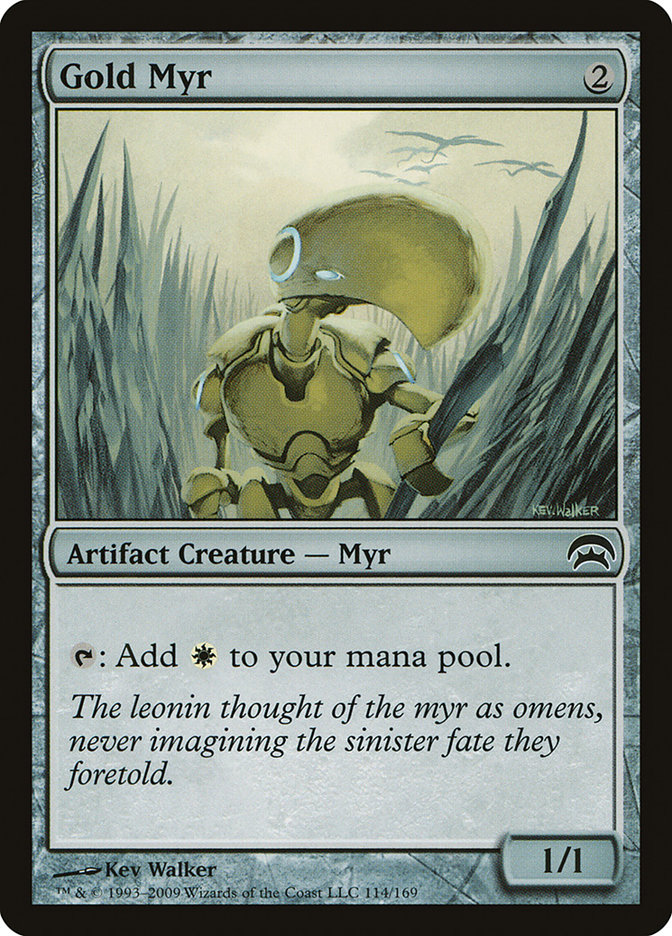
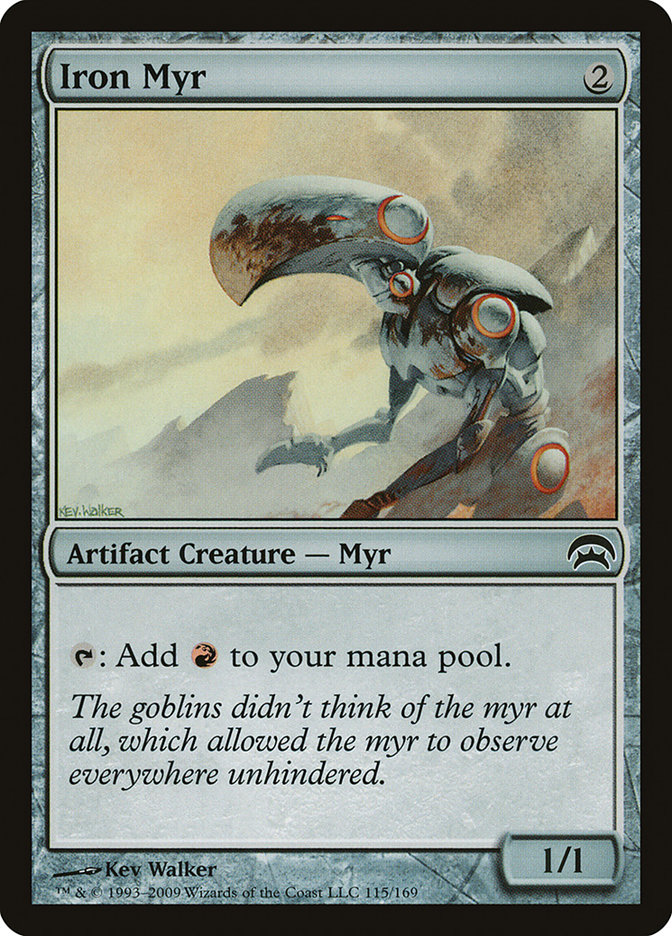
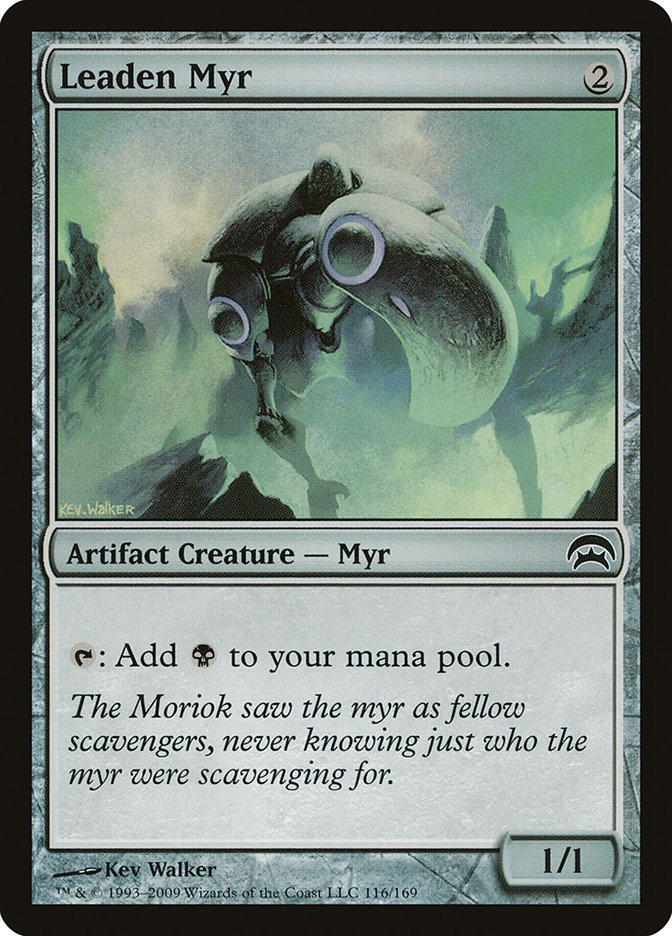
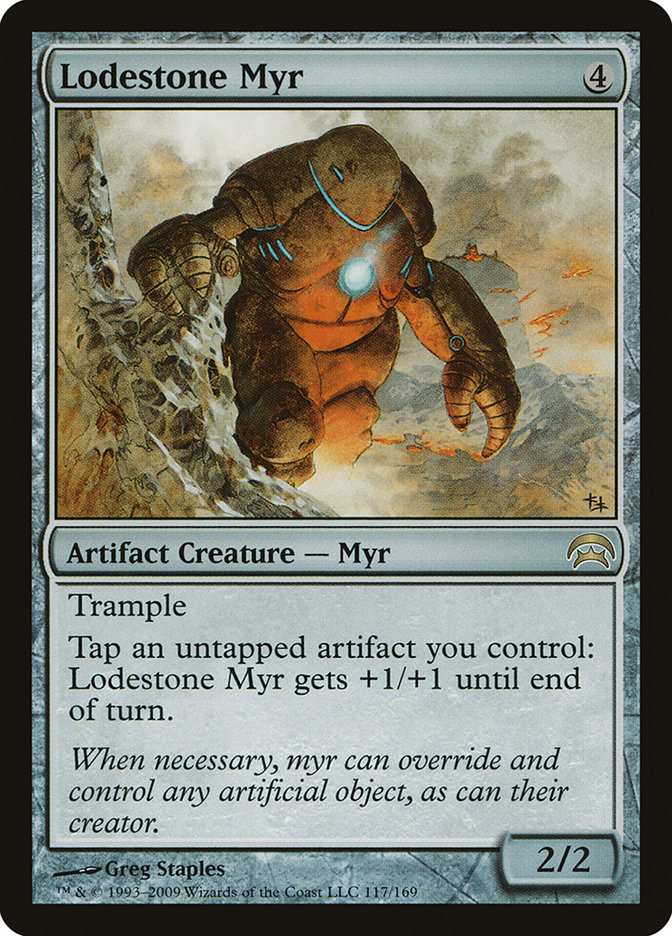
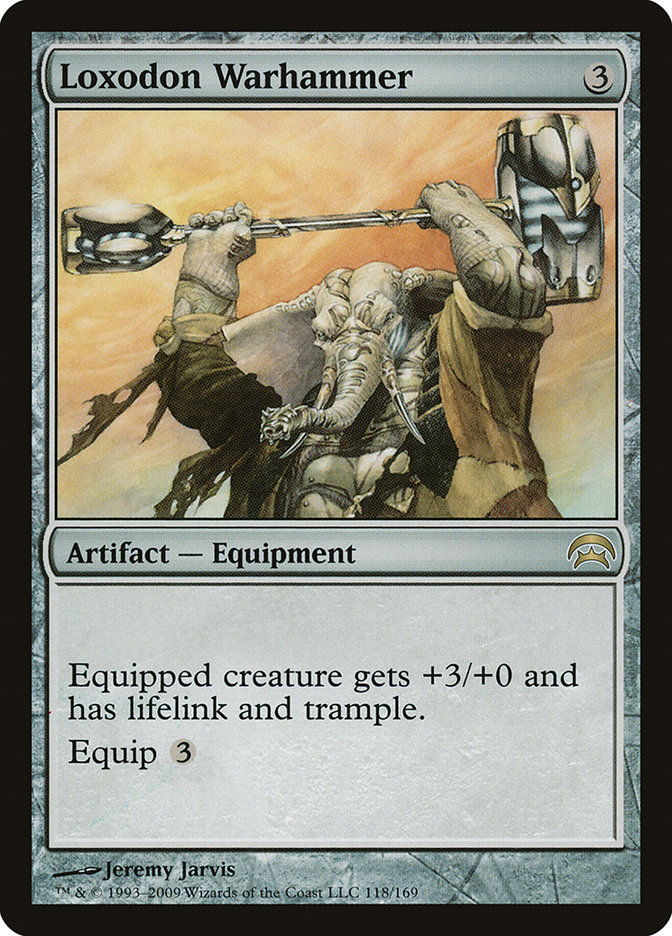
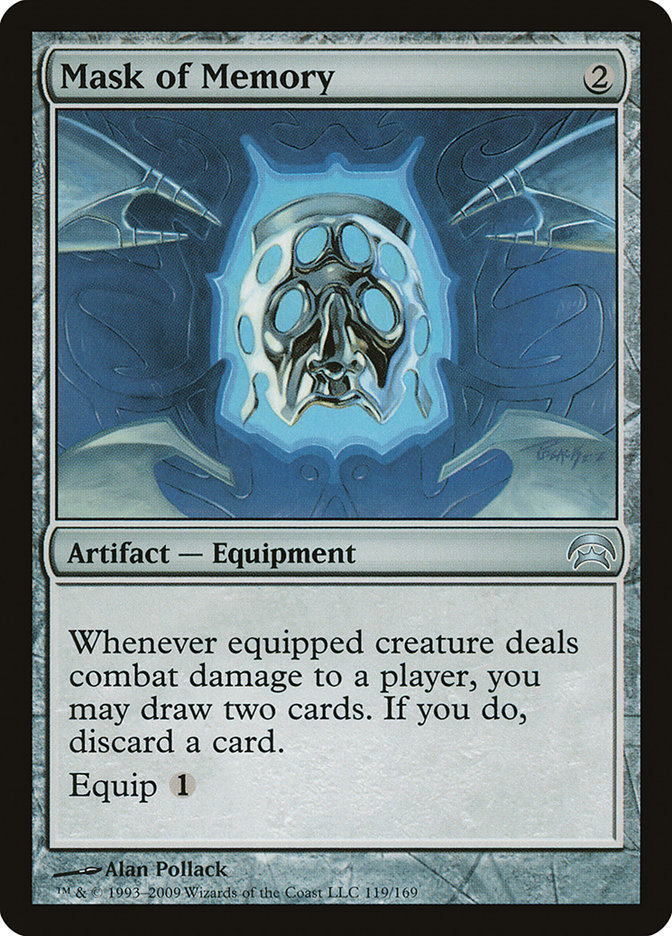
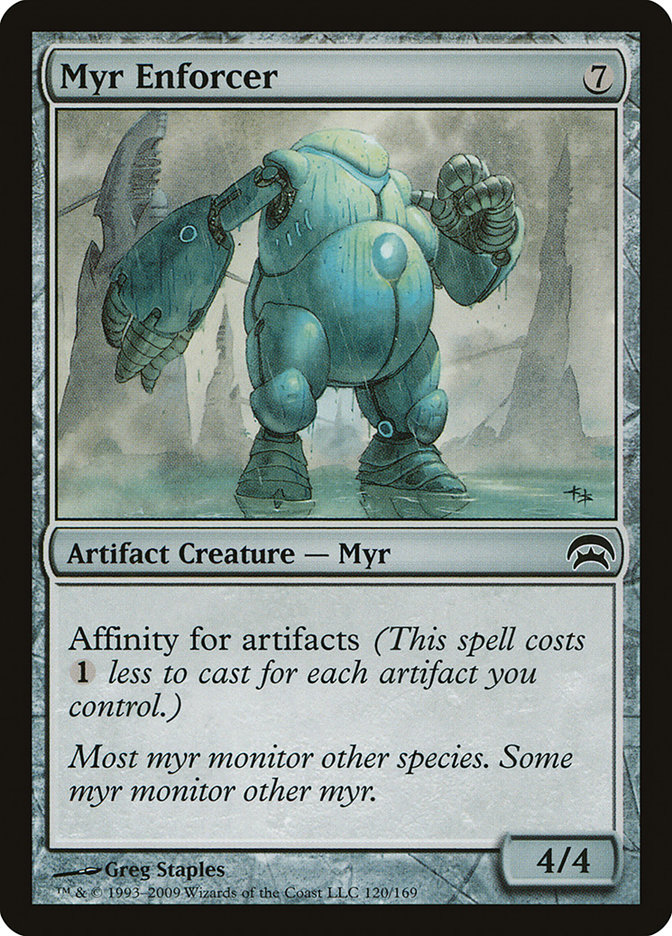

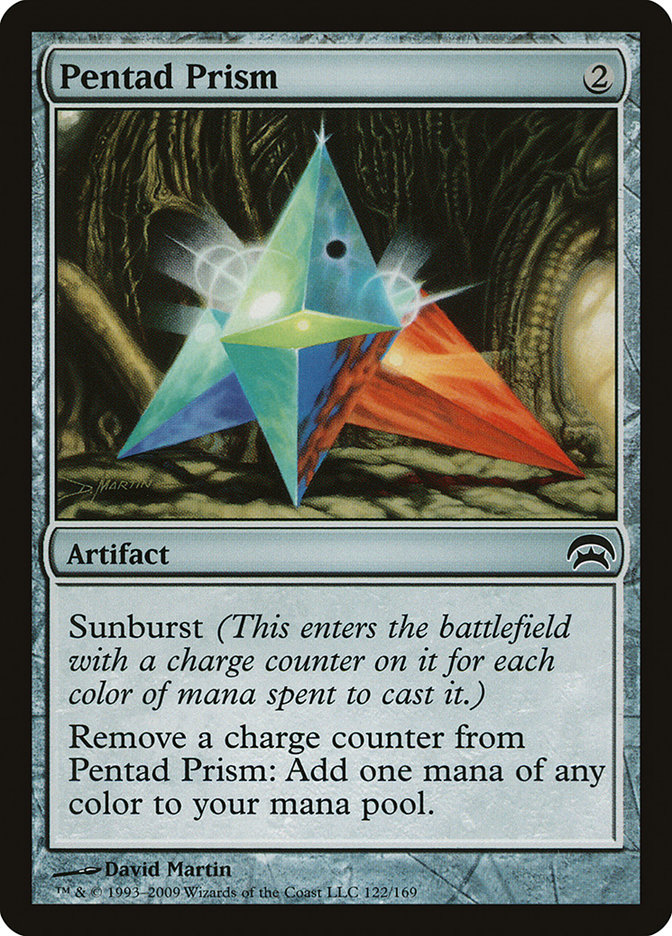
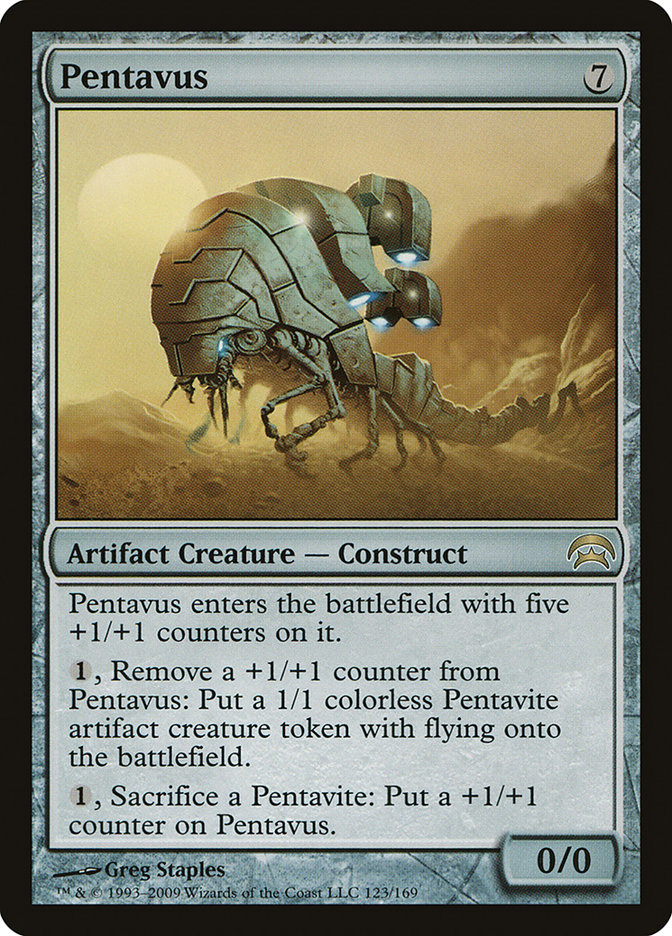
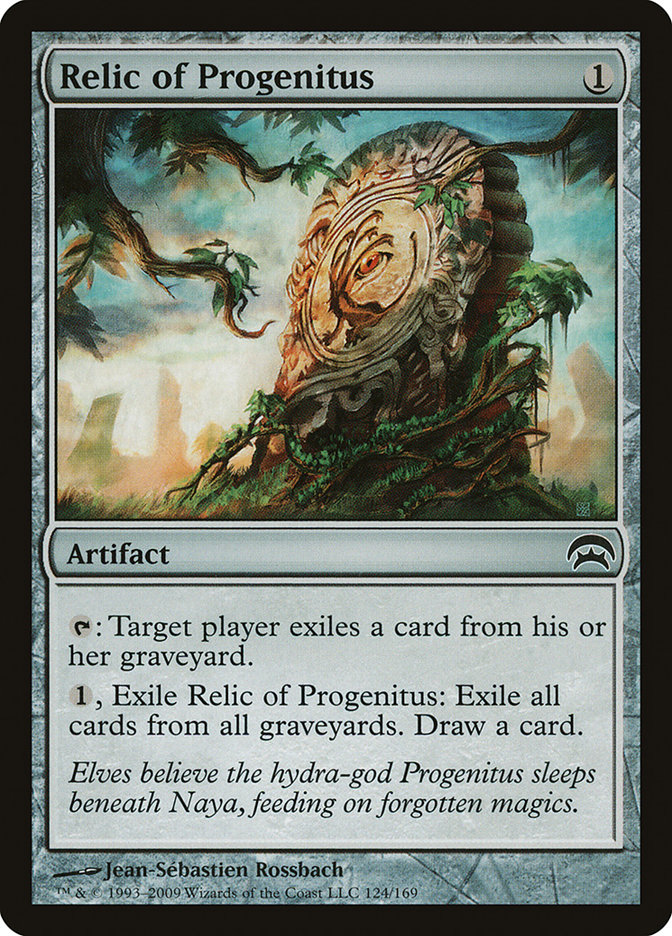
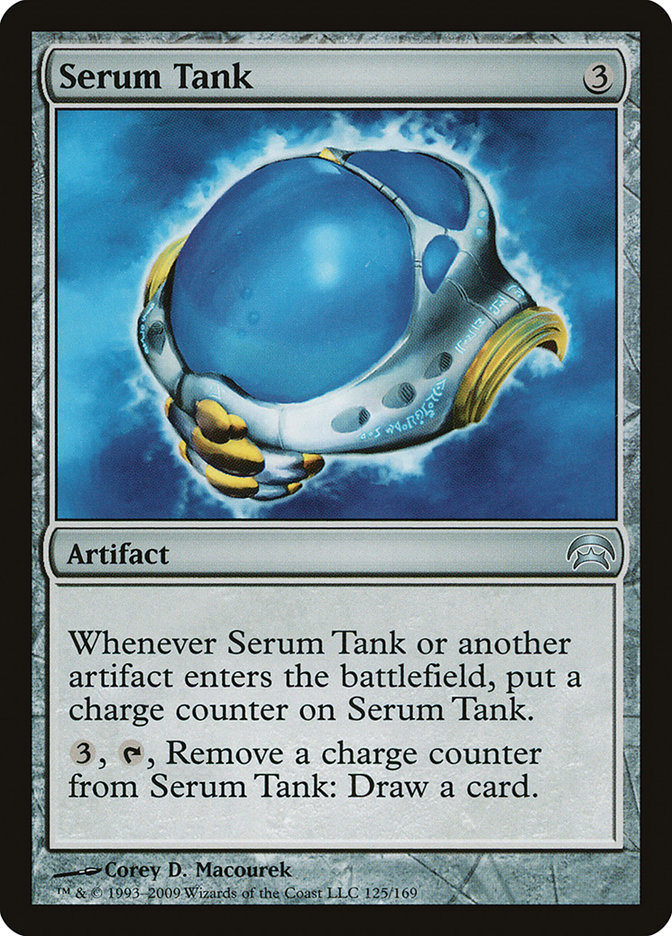

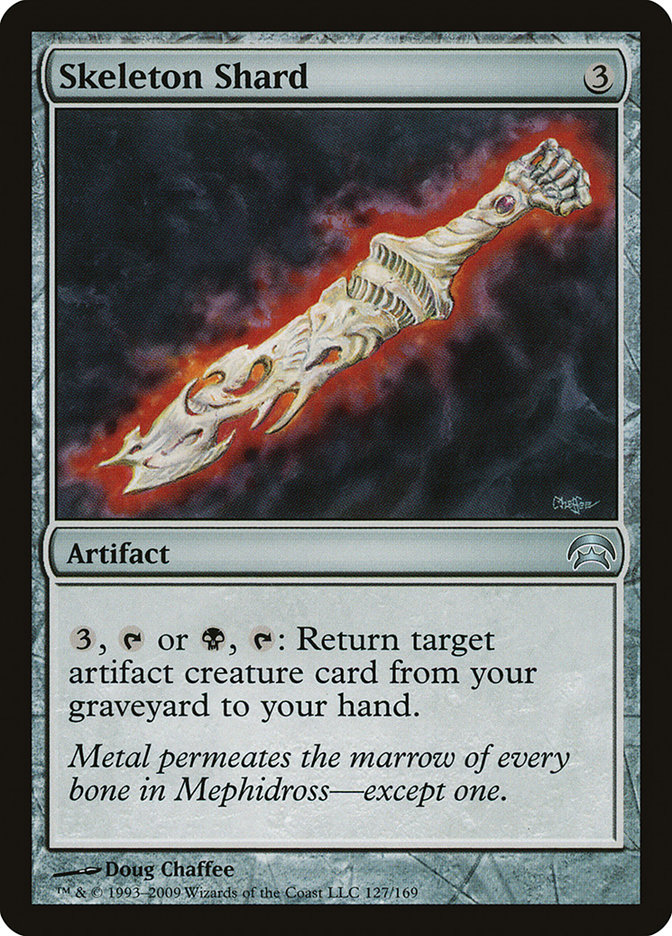
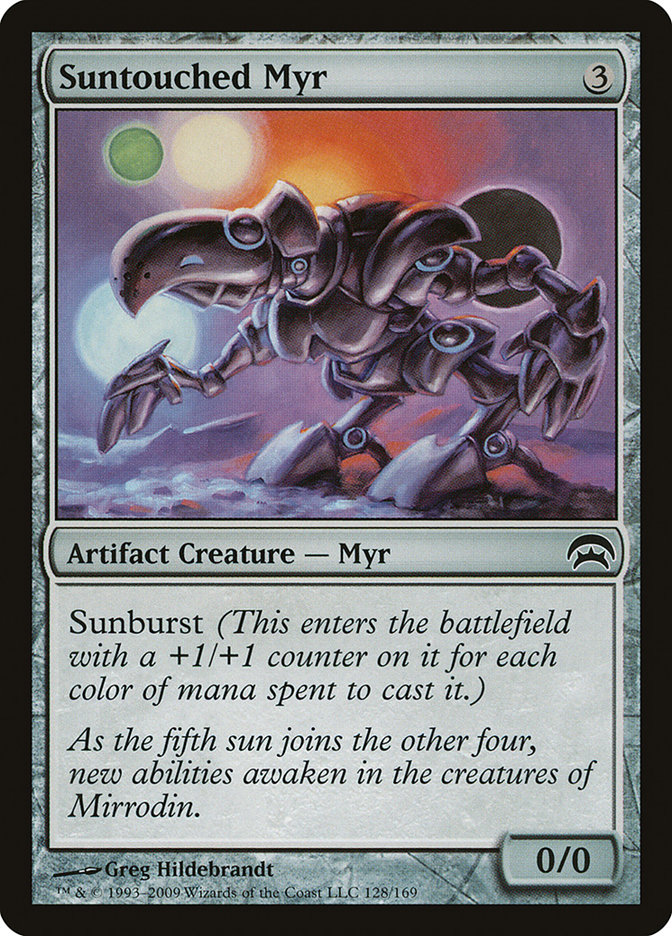
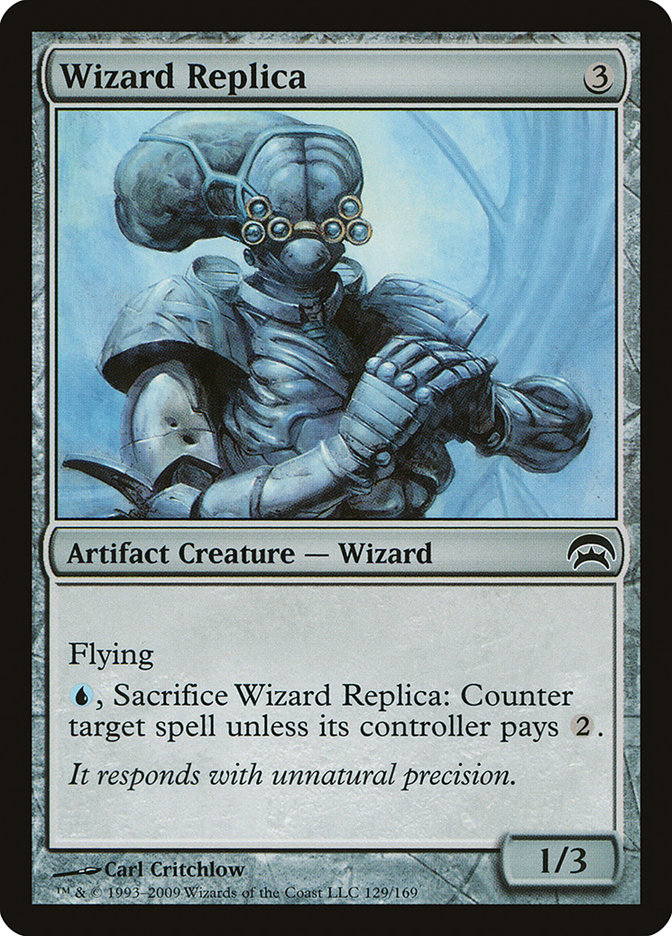
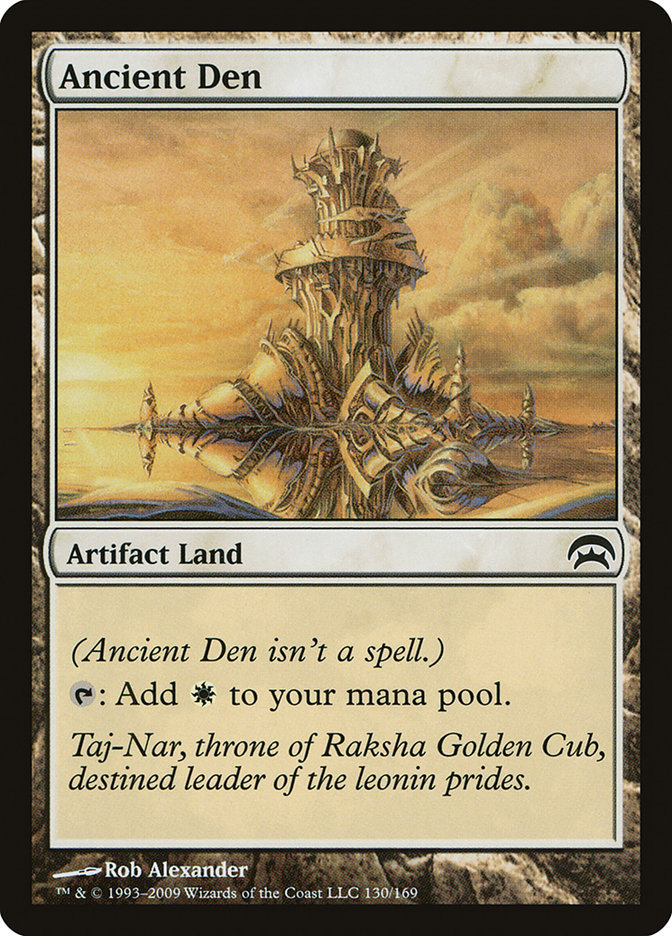
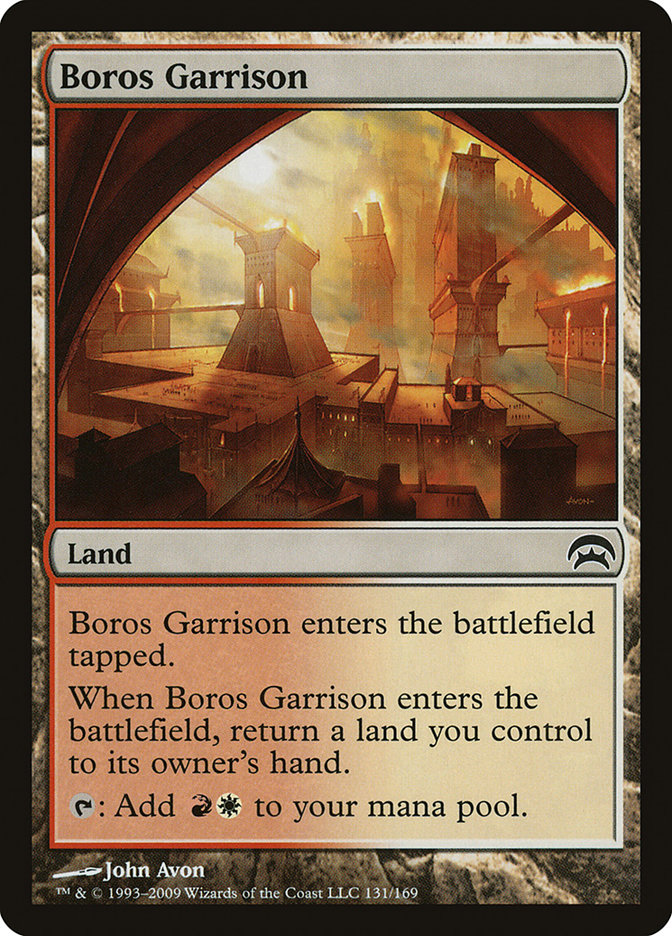
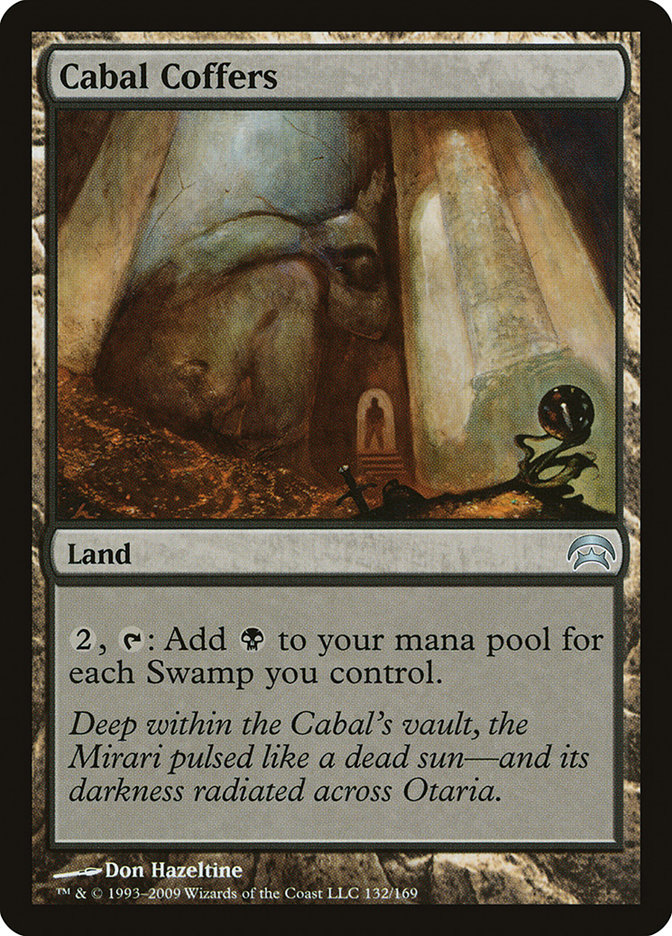
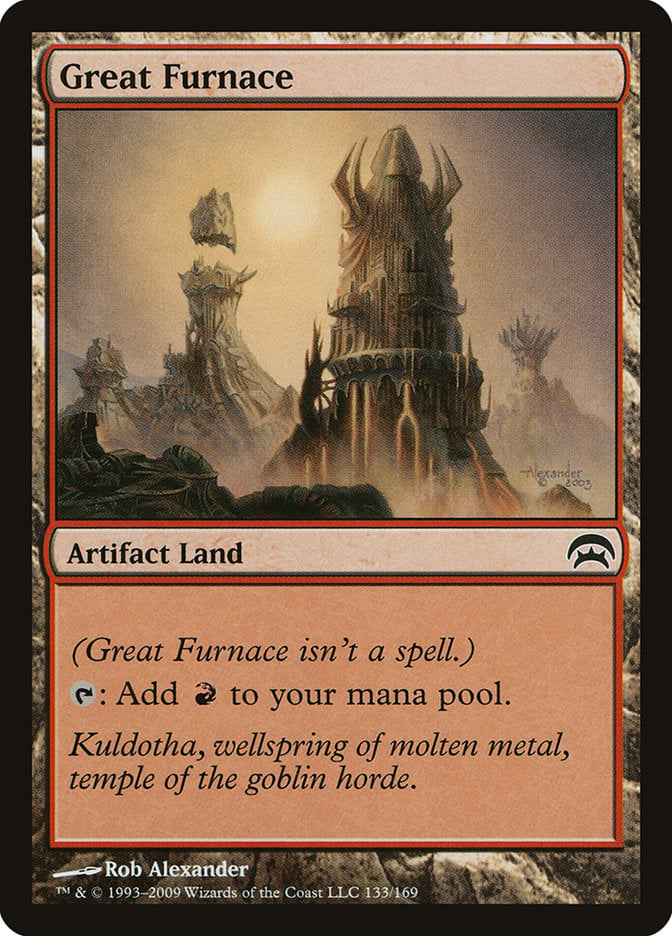
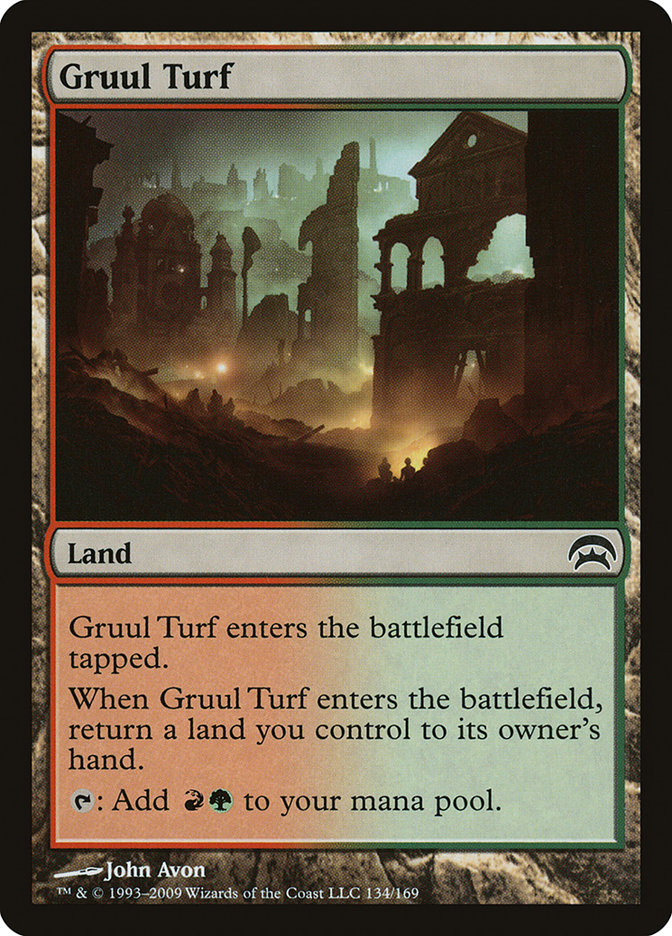
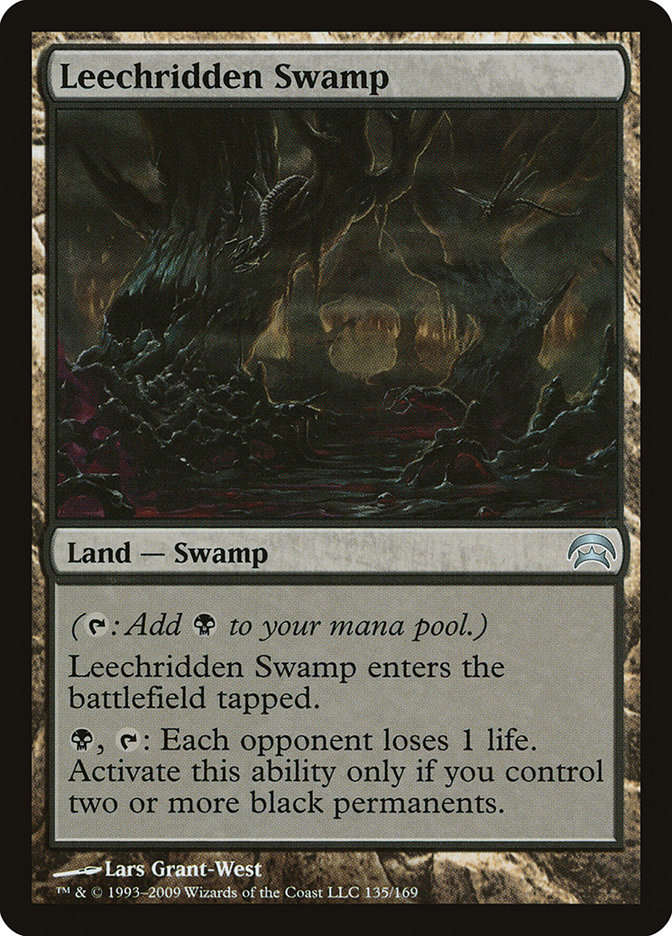
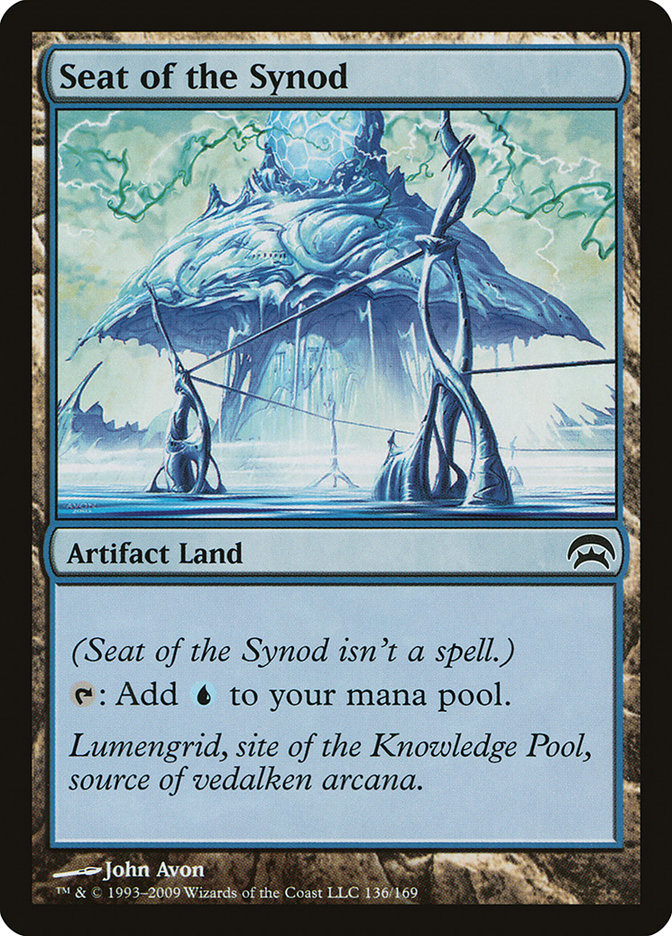
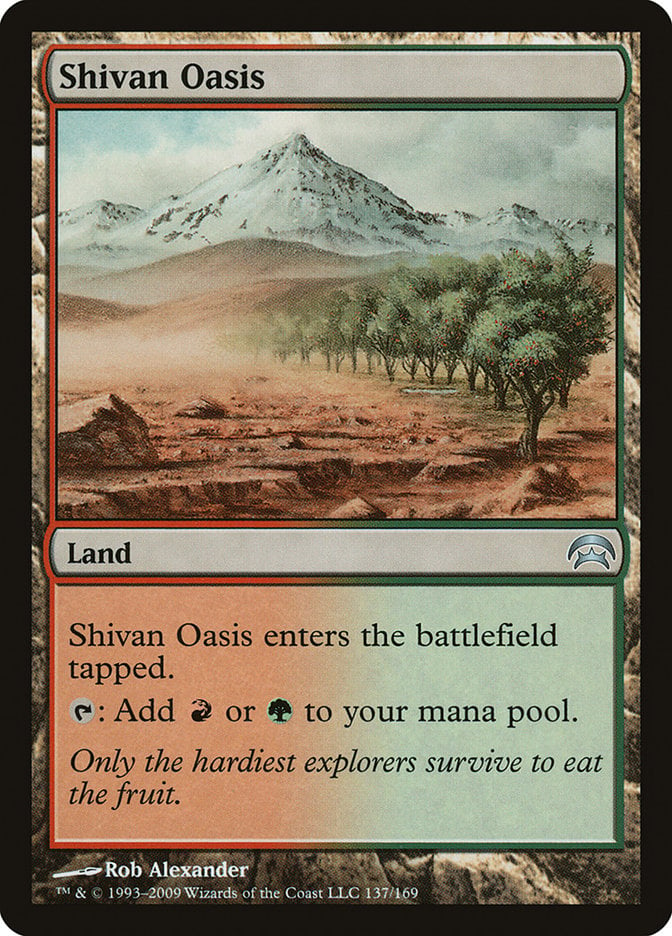
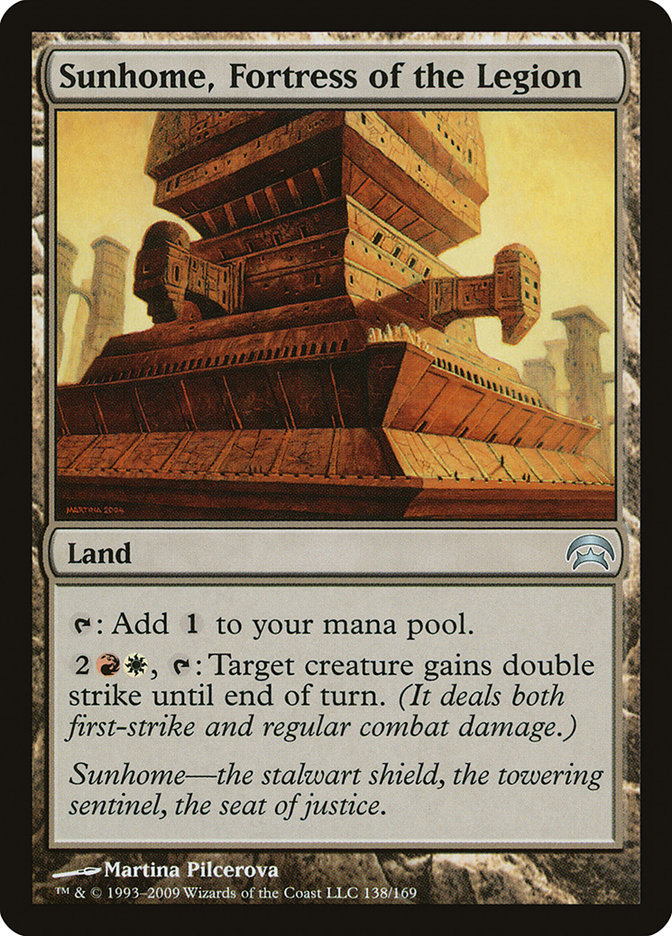
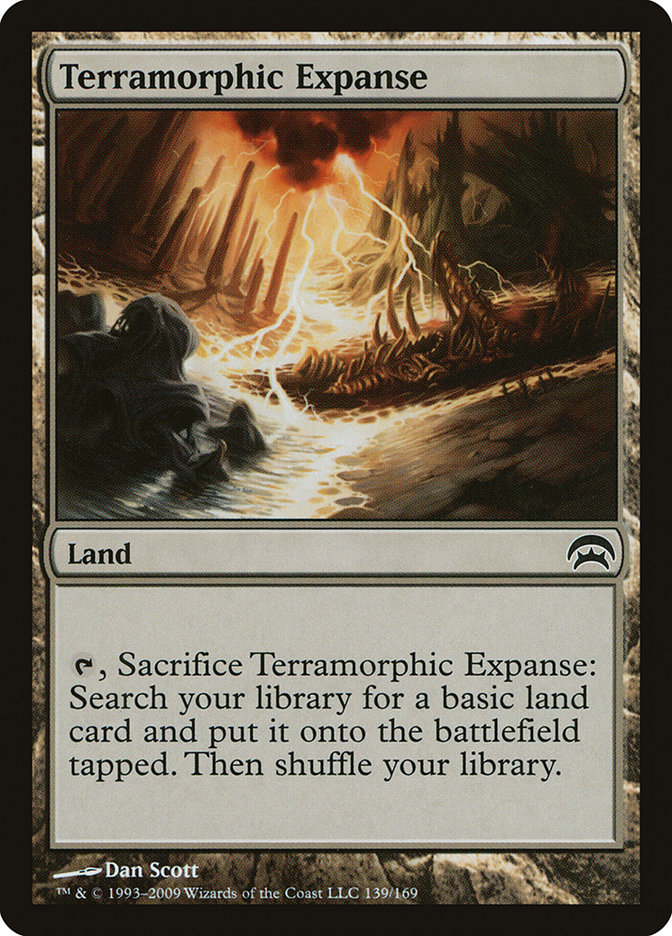
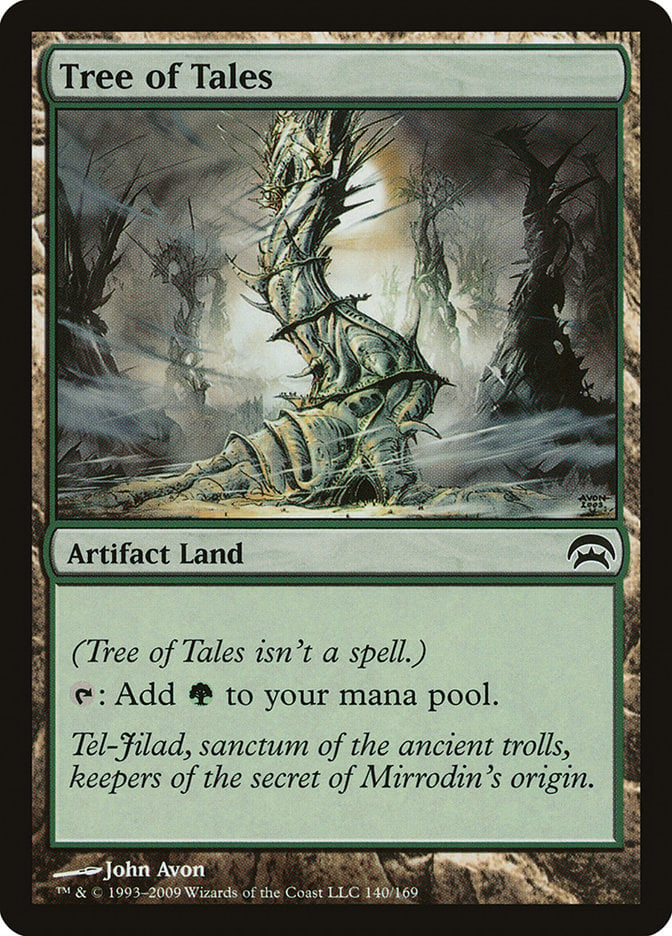
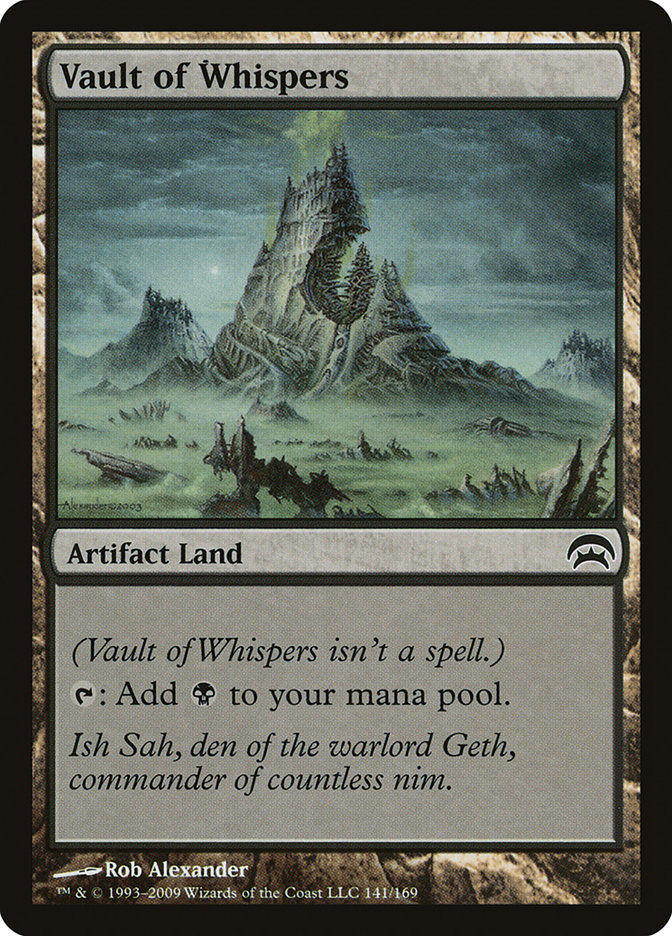
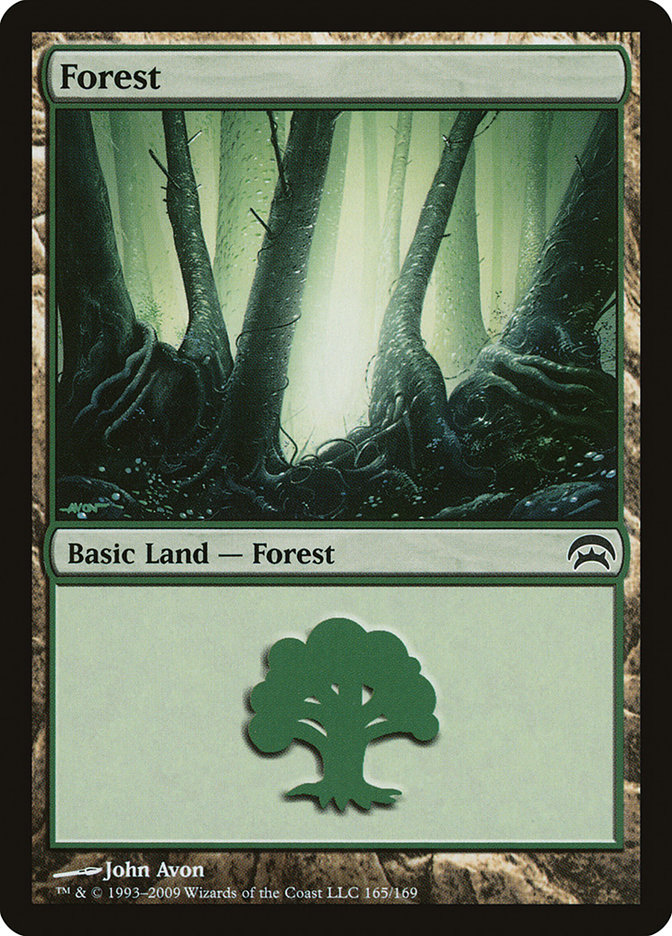
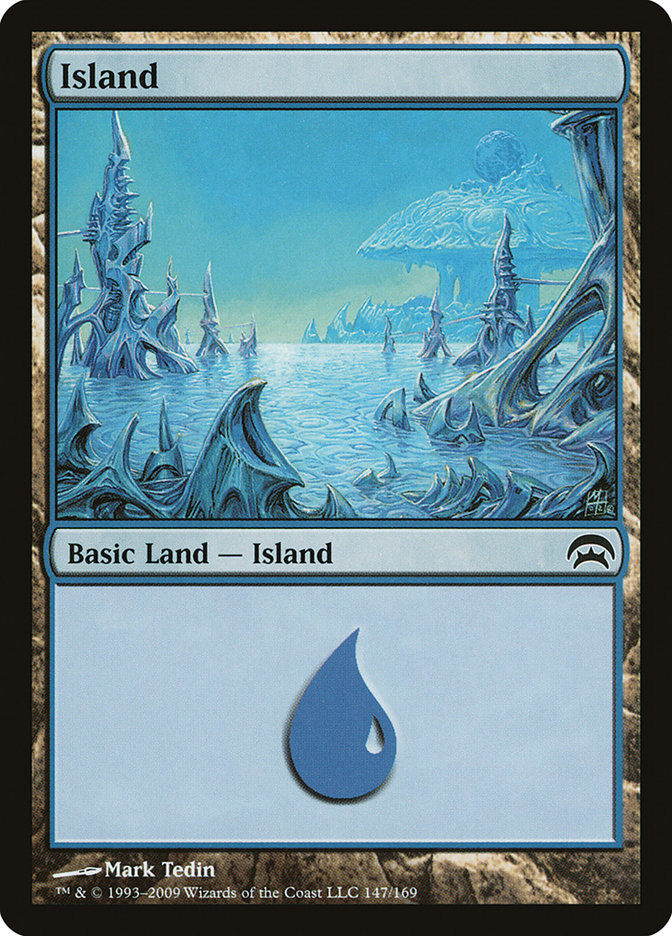
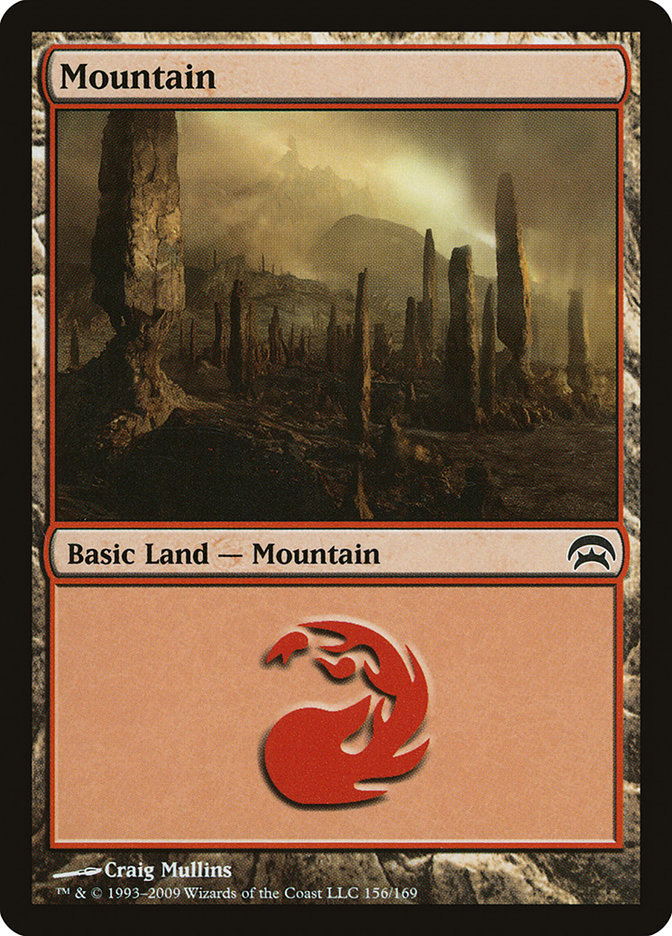
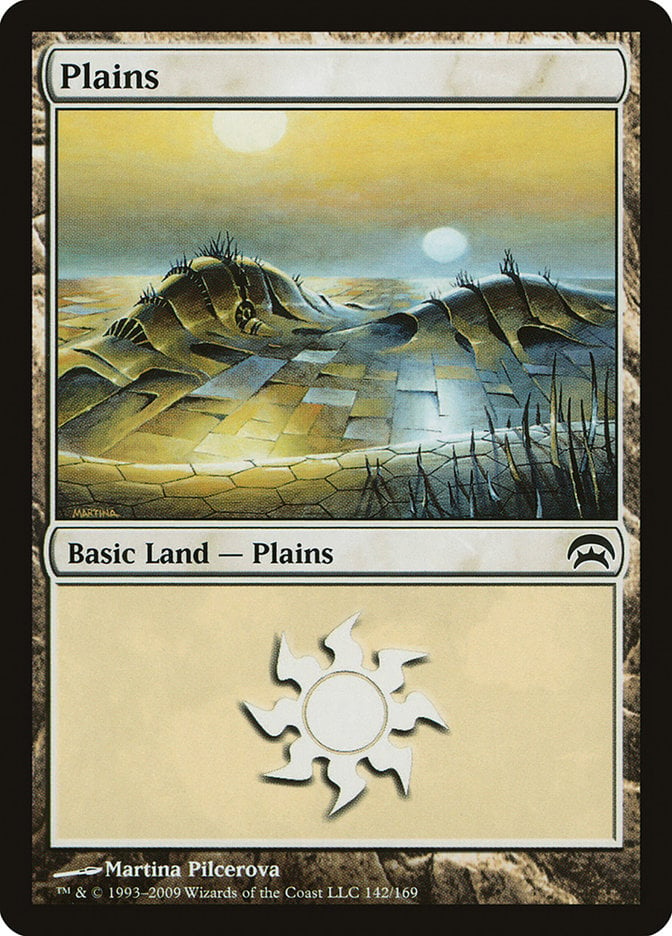
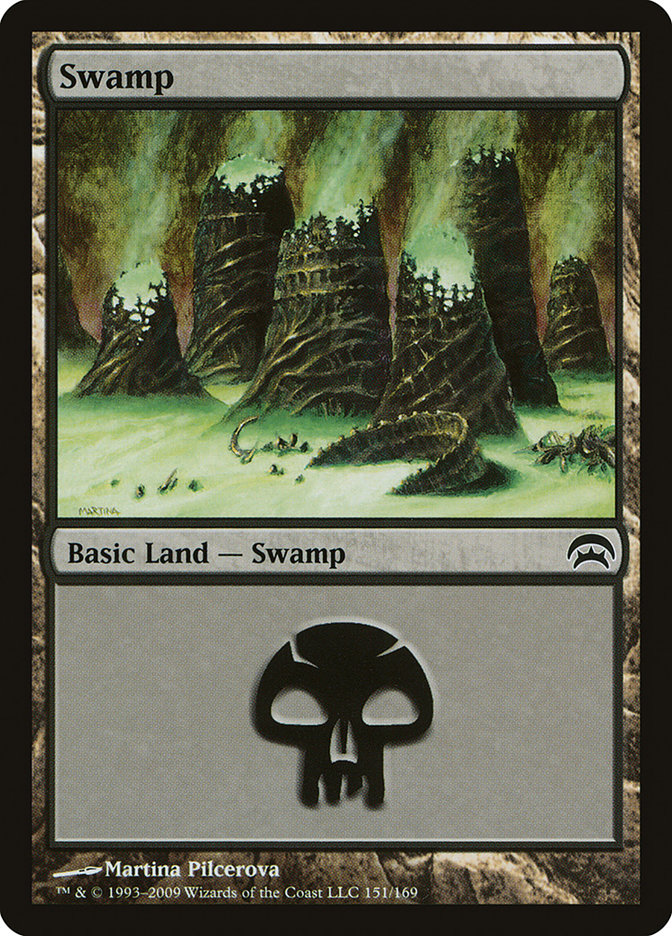

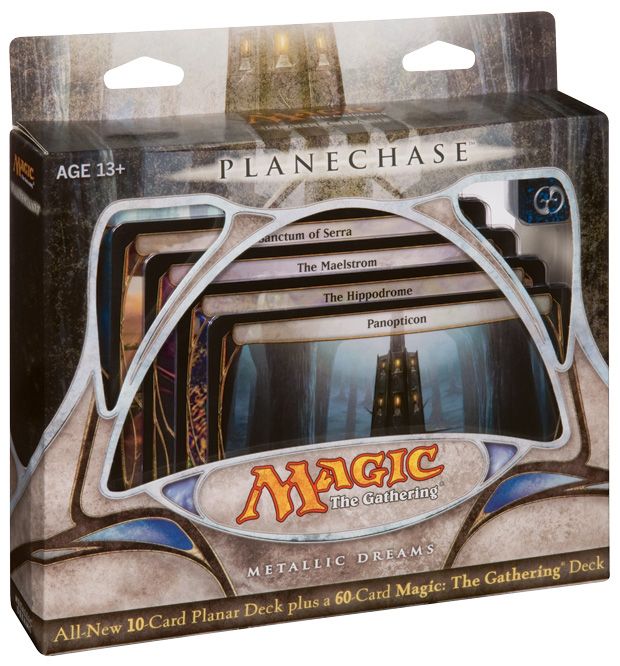
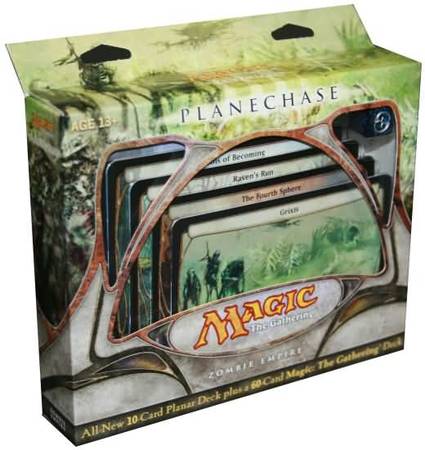
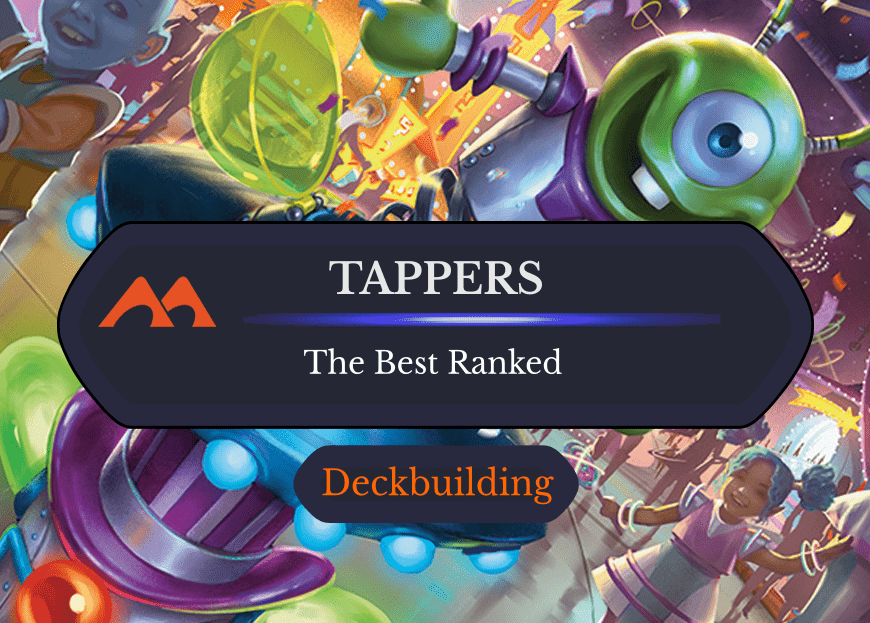
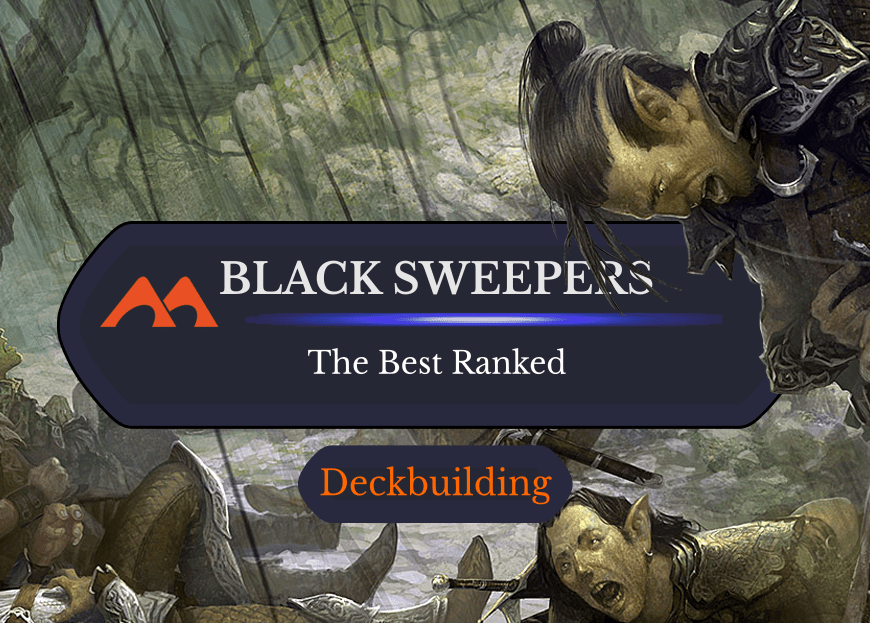
Add Comment